Prologue
Edo―― In this great city where samurai strode proudly through the streets and townspeople struggled to survive each day, there were two faces.
One was the peaceful, ordinary life seen on the surface.
The other was the underworld, swirling with violence and desire.
In that shadowy realm, a figure unlike any other emerged.
Clad in a black crepe haori, with a pair of swords at their waist, a supple form and piercing eyes—
people whispered the name of this mysterious figure.
Sasaki Rui — the “Black Demon.”
A woman who carried a sword, fought with pride, and cut down prejudice with her blade.
Her life has quietly passed into legend, whispered through the ages.
This is the story of a woman who defied her time and stayed true to her convictions.
Chapter 1: The Girl Blessed by the Sword
As the world of Edo gradually began to settle, a newborn’s cry echoed through the castle town of the Koga Domain in Shimousa Province.
Her name was Rui Sasaki.
Father:
“…This child is no ordinary girl,”
murmured Takezaemon Sasaki as he cradled his newborn daughter in his arms.
Takezaemon was a master swordsman in the service of Lord Toshikatsu Doi.
He was a proud samurai who had entrusted his life to his lord and galloped through countless battlefields.
Yet the heavens, in their cruelty, had not granted him a son.
There was no heir to carry on the family name—or so it seemed.
But Rui was different.
From a very young age, Rui would fix her gaze on her father’s bamboo sword,
mimicking his stances and swinging it in the garden day after day.
As if the sword itself had chosen her, there was a brilliance in her movements.
One day, Takezaemon secretly watched over her practice.
When he saw the arc of the blade released from her small frame, he involuntarily caught his breath.
Father:
“…Hmph. She has talent.”
From that day on, he made up his mind.
Father:
“Even if she is a girl, what of it?”
“There is no shame in walking the path of the sword.”
“I shall pass on everything to Rui — the soul of a warrior, in its entirety.”
Thus, a small miracle was born within the Sasaki family.
An extraordinary training began, with the father teaching his daughter not only swordsmanship, but also jujutsu and spear fighting.
Though a girl, Rui displayed martial prowess equal to that of any man, steadily living up to her father’s expectations.
From the day the bamboo sword first fit naturally in her hands, her destiny was sealed.
In an age without war, she would carve her own path with the strength of her spirit—
thus began the fierce and extraordinary life of a lone woman swordsman.
Chapter 2: The Resolve to Live by the Sword
Before the sun had even risen, the sound of bamboo swords striking echoed through the Sasaki family’s garden.
Father:
“Your right foot is lifting, Rui.”
“You’re straining too much.”
Rui Sasaki:
“…Yes, father!”
Sweat and mud covered the girl’s face as she answered her father, Takezaemon.
Yet her eyes were sharp as a beast’s, with no trace of childhood innocence left.
How to grip the sword.
How to read the distance between foes.
In jujutsu, how to fall and absorb impact.
In spear fighting, how to pierce an enemy’s life away in a single thrust—
her father drilled her in everything, just as he would a son—no, even more harshly.
He knew better than anyone that, in this world, a woman would not be accepted by strength alone.
Rui never cried.
Even when she fell.
Even when she bled.
She never showed her tears.
Father:
“Do not resent being a woman.”
“You are a Sasaki swordsman. That alone is enough.”
Those words were the only thing that kept the young girl’s heart strong.
From time to time, the villagers would whisper among themselves.
Villegars:
“That’s Sasaki’s daughter, isn’t it…?”
“Swinging a sword like that — how disgraceful.”
“She’ll never find a husband, mark my words.”
The mounting voices of contempt reached Rui’s ears as well.
But each time, she only gripped her bamboo sword tightly, chasing after the figure of her father.
In an era where women were meant to guard the home and men to march to war, she was determined to cut through that fate with a single stroke.
In time, under her father’s strict guidance, Rui’s skills began to surpass even those of the men.
The disciples, struggling for breath after having their strikes deflected and their spears parried, could do nothing but stand in awe.
To them, Rui simply offered a silent, respectful bow.
Rui Sasaki:
“…I am no longer a woman.”
“I am a swordsman.”
The words, spoken to no one in particular, carried a faint loneliness — and an unshakable pride.
But at that moment, Rui did not yet know.
The day she would lose her father was already drawing near.
Chapter 3: Farewell and Departure
That morning, the sky was the color of lead.
The mist clinging to the bamboo in the garden was thin, and there was no wind.
Yet deep within Rui Sasaki’s chest, thunder roared.
Her father — Takezaemon Sasaki — had drawn his final breath upon his sickbed.
Rui Sasaki:
“…Father.”
Clutching his hand at his bedside, Rui gazed intently at her father’s face, motionless with eyes forever closed.
The stern yet proud figure who had drilled every art of war into her soul.
Knowing full well that no voice would ever answer her again, she murmured softly.
Rui Sasaki:
“Father, please rest easy.”
“I will protect the Sasaki sword.”
Yet reality was merciless.
There was no male heir in the Sasaki family.
With Takezaemon’s death, the family stood on the brink of extinction.
To preserve the family name, Rui set out desperately to find a husband.
Rui Sasaki:
“A man worthy of the sword…”
“Someone who will stand beside me and protect the Sasaki name together.”
But the answer she received was cold.
Villegars:
“A woman inheriting a family name? Unheard of.”
“Who would marry a woman who swings a sword?”
The times were not on her side.
Back then, there was truly no one who wished to marry a woman living as a samurai.
A few months later, Rui made up her mind to cast off all earthly ties.
She closed down her household, withdrew her name from the domain’s registry, and set off as a masterless ronin, heading toward the great city of Edo, a roiling sea of swordsmen and outlaws.
That day, Rui donned her father’s keepsake haori, strapped both long and short swords to her back, and quietly stepped through the gate.
She did not look back.
Rui Sasaki:
“Even if the family name should perish, I will not let its spirit die.”
In her heart, she carried the weight of the sword inherited from Takezaemon and the resolve to carve open a path through the world.
And so, as a “female warrior” the likes of which no one had ever seen, she set forth toward the bustling streets of Edo.
Chapter 4: The Warrior Woman in Strange Attire
Edo, Asakusa――
It was toward the end of the Kan’ei era when a woman of strange appearance first appeared in this town, shrouded in smoke and bustling noise.
Clad in a black crepe haori, a proud “Four-Eyes Knot” family crest emblazoned across her back, and a pair of swords at her waist, her form was that of a woman, but her stride was bold as any man’s.
Her gaze left not a single opening.
Townpeople:
“…Is that a woman?”
“A woman? No, that’s a monster.”
The townspeople whispered from a distance as they watched her pass through the streets.
That figure was none other than Rui Sasaki—
The unconventional warrior who had left Shimousa and drifted into Edo as a masterless ronin.
Rui took up residence in a row house in Asakusa’s Shōten-chō.
The area was a cauldron of temples, markets, bustling crowds, and swirling human desires—a true crucible of chaos and life.
Rui Sasaki:
“If I open a dojo here and make a name for myself, surely one day I will meet a worthy warrior to walk the path of the Sasaki sword alongside me…”
Visiter:
“I would like to train under you…”
The first to knock on her door was the son of a local haberdasher.
Word of her spread quickly, and one after another, people gathered.
Before long, her small training hall was overflowing with those who sought the way of the sword, regardless of gender.
Rui’s skill was undeniable.
Each strike reverberated down to the bone.
Her jujutsu throws were so swift they were nearly invisible, and her spear stances flowed like a single gust of wind.
Disciples:
“To be taught by a… a woman master…”
At first, the disciples were bewildered and murmured among themselves.
But once training began, their words were swiftly silenced.
Rui’s strikes rattled their very bones; her spear thrusts tore through the air like slicing winds.
Before such skill, no one dared speak of gender again.
In the face of true technique, all prejudice was powerless.
Before long, whispers began to spread throughout the town.
Whisper:
“They say there’s a female sword demon in Asakusa.”
“A warrior clad in black crepe… goes by the name Rui Sasaki, or so they say.”
Merchants passing through the streets huddled together, whispering in hushed voices.
In an era where a woman wielding a sword was nothing but a target for mockery—
yet no one dared laugh at Rui.
Her presence was feared, and secretly, deeply admired.
Alone, she lived by cutting down the very notion of common sense.
And without anyone knowing the resolve hidden behind her strange attire,
she continued, silently, sharpening her sword.
Rui Sasaki:
“This sword exists to protect my pride.”
As Rui murmured those words, the setting sun cast its light across her back.
Chapter 5: The Sword Challenges the Outlaws
The city of Edo had two faces.
One was the bright side, where commerce and culture flourished.
Townsfolk exchanged laughter, fragrant incense curled from doorways, and the sounds of shamisen echoed through the alleyways.
And then, there was the other side.
A shadowy town ruled by outlaws and violence.
When night fell, life became cheap, and no one questioned those who vanished into the darkness.
The back alleys reeked of blood and sake, and sword-bearing rogues roamed freely.
It was always along that border that Rui walked.
Ruling over that shadowy world were the “Hatamoto-yakko”—wild, wayward sons of samurai families born to the warrior class but strayed from the path.
In broad daylight, they trampled townspeople underfoot, caused havoc at storefronts, and preyed on women.
Yet with the prestige of their samurai lineage behind them, no one dared to raise a hand against them.
Among them, the “Shiratsuka-gumi” and the “Daisho-Shingi-gumi” stood as the two pillars of infamy—nothing more than gangs of thugs hiding behind the name of samurai.
One evening, at a teahouse in Asakusa…
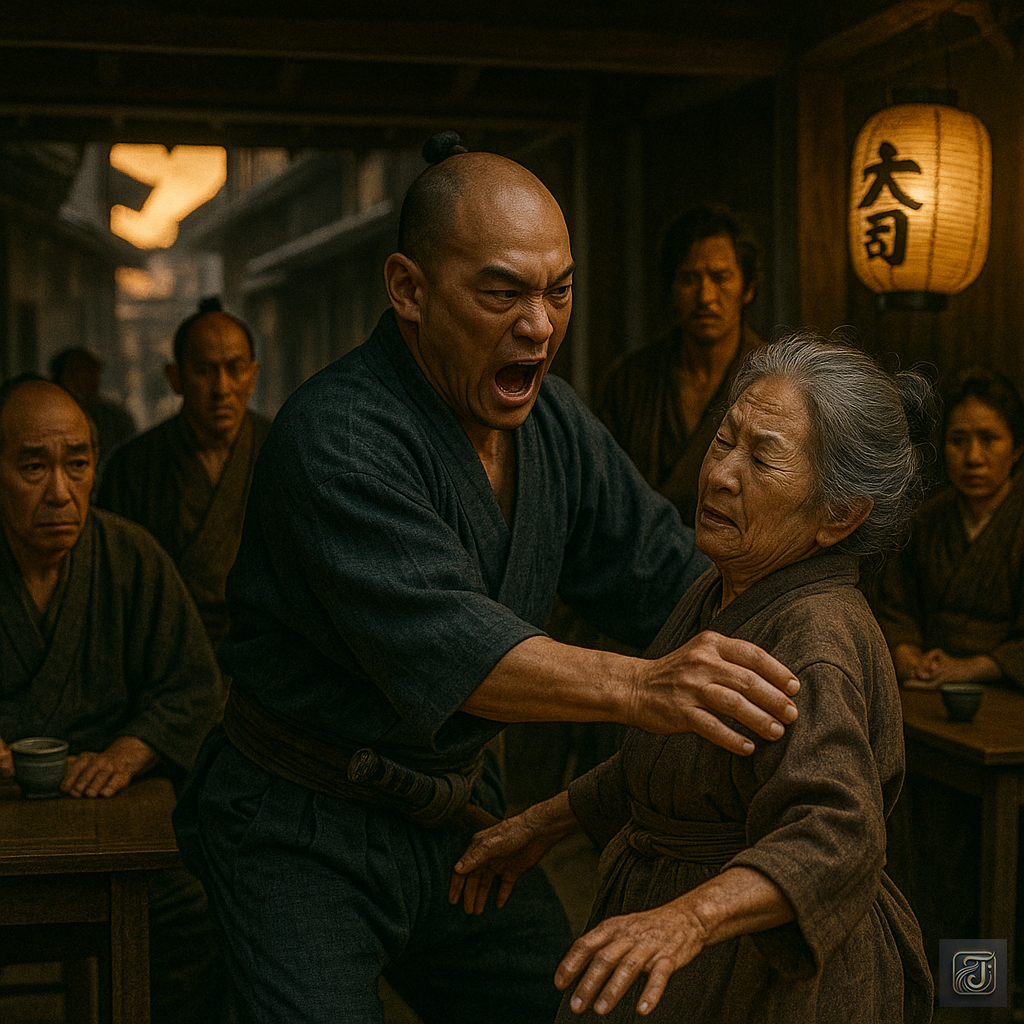
The men of the Shiratsuka-gumi:
“Hey, that seat’s for us, Shiratsuka-gumi!”
“Out of the way, you old hag!”
With a roar, the teahouse’s proprietress was shoved to the ground.
The other patrons lowered their heads, none daring to intervene.
—At that moment, from the entrance of the teahouse, a black crepe haori billowed into view.
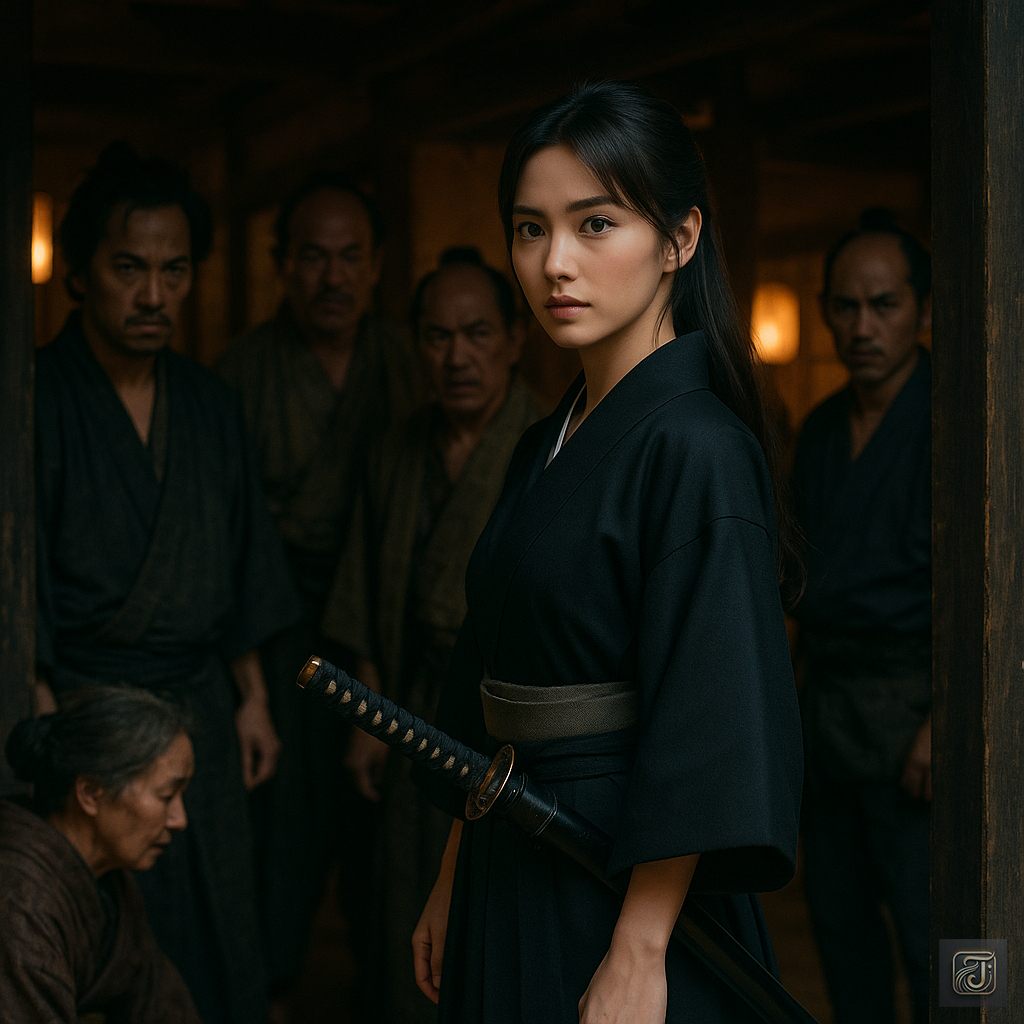
Rui Sasaki:
“…Isn’t it you who should step aside?”
The men of the Shiratsuka-gumi, turning around, fell silent without thinking.
Standing there was Rui Sasaki.
A small woman—no, the sheer force she exuded was that of a samurai bearing a sword.
The men of the Shiratsuka-gumi:
“What was that?”
“A damn woman thinks she can talk back to us?”
“We’re samurai, you hear?!”
Rui Sasaki:
“I see.”
“So you insist on calling yourselves samurai.”
“Very well.”
“Then let us settle this with those peculiar swords you carry—if you dare to call yourselves ‘samurai.'”
The men of the Shiratsuka-gumi:
“What can a woman like you possibly do?”
“If you’re so eager to die, fine by me.”
“We’ll make an example out of you—show everyone what happens when you cross the Shiratsuka-gumi.”
As the Shiratsuka thug drew his sword, Rui stood her ground without flinching, quietly taking her stance.
In the next instant, the air inside the teahouse grew taut, as if frozen.
In a split second, a sharp metallic clang rang out—
At that very moment, the gang leader’s sword was sent flying through the air, landing at Rui’s feet with a thud.
No one could comprehend what had just happened.
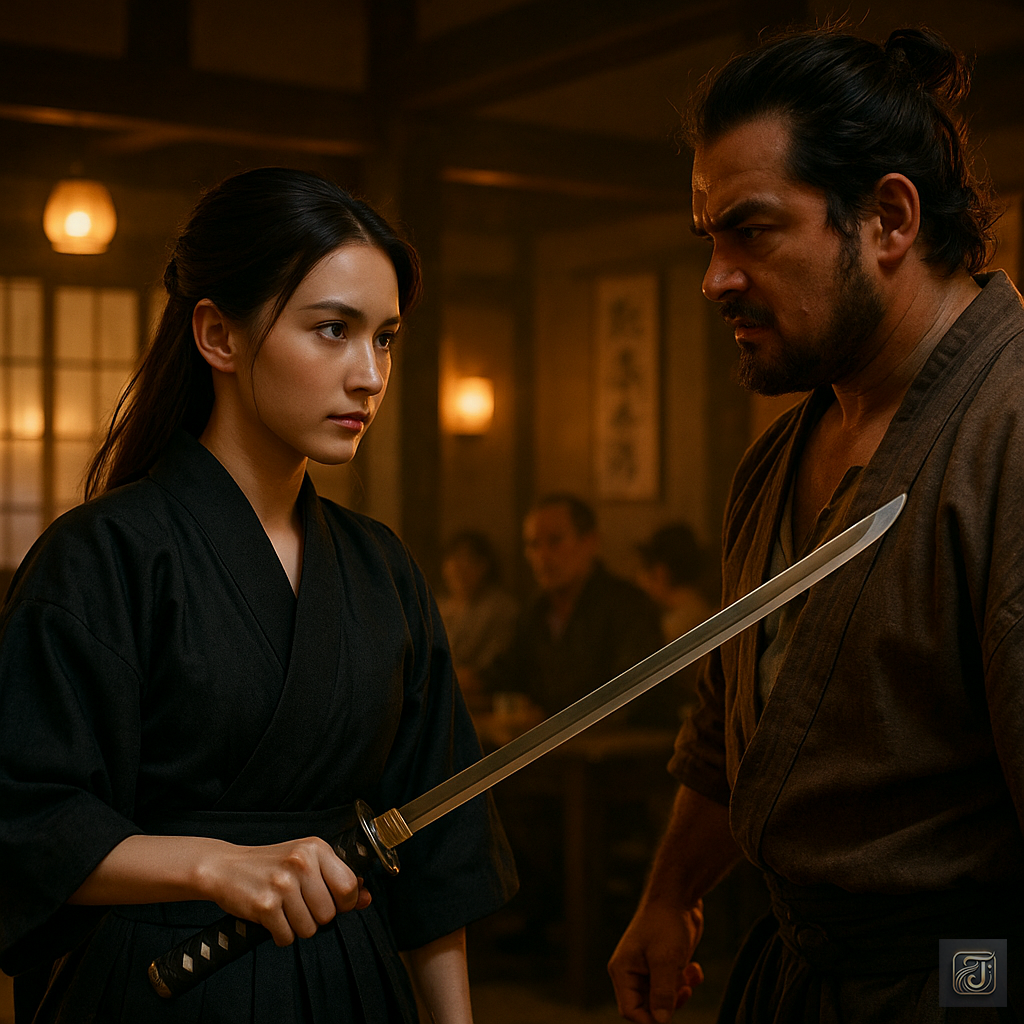
Rui Sasaki:
“…Now you see—you lacked the skill to call yourself a samurai.”
Rui Sasaki:
“You as well.”
“If you dare to call yourselves samurai, then act like it—show respect, and uphold the code of honor.”
Rui bowed once, then calmly walked out of the teahouse.
The wind caught her haori, making it billow, and the Four-Eyes Knot crest rose into view against the night.
Whenever the Shiratsuka-gumi or Daisho-Shingi-gumi stirred up trouble in the streets, she would appear.
From then on, the outlaws whispered among themselves, “Stay away from Asakusa. The Black Crepe Demon will come for you.”
The members of the Shiratsuka-gumi, the Daisho-Shingi-gumi—those notorious hatamoto thugs who once terrorized Edo—gradually came to live in fear of Rui’s looming presence.
Night in Asakusa.
The lantern lights blurred across the wet cobblestone streets.
In a corner of a back alley, drunken outlaws huddled together, whispering in hushed voices.
Whisper:
“…Did you hear?”
“It happened again. The Black Crepe Demon struck.”
“Yeah, heard some of the Shiratsuka boys got their arms broken and tossed out like trash.”
“Don’t mess with Asakusa…”
“Once that woman sets her eyes on you, it’s over.”
Some tried to laugh it off as a joke, but no one could truly laugh.
Everyone there could feel it deep in their skin.
In Asakusa, there lurked a shadow of the sword, deeper than the darkness of night itself.
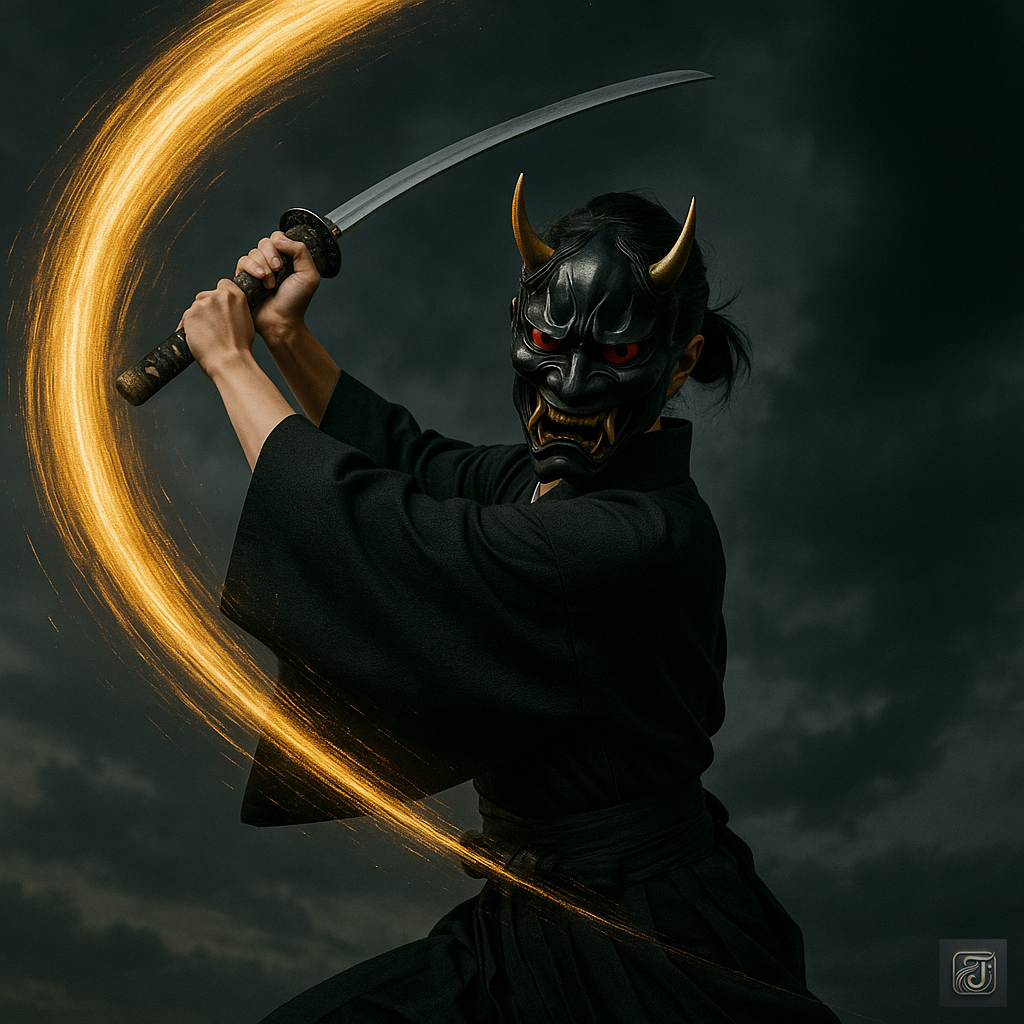
“The Black Crepe Demon—Rui Sasaki.”
Someone whispered the name, and through the frozen air, the distant night wind swept past.
A woman stepping into a man’s world was laughable—or so they thought.
But those who laughed were the ones who left, bearing wounds they would never forget.
And so, Rui Sasaki sharpens her sword once more.
Not for anyone else—but for the “pride” she alone believes in.
Chapter 6: Between Law and Pride
One day, a letter arrived at the training hall in Asakusa Shōten-chō.
The sender was… the Magistrate of the North Town, Ishigaya Sakon no Shōgen.
Rui held the letter in her hand, her eyes narrowing quietly.
So it had finally come.
Escorted to the back of the magistrate’s office, Rui sat upright in seiza, not looking down, but poised with dignity.
At the seat of honor sat the magistrate, Ishigaya Sakon no Shōgen.
A man who embodied both authority and quiet composure, much like an elderly general, was now staring intently at her.
Ishigaya Sakon no Shōgen:
“Rui Sasaki…”
“A woman, yet she carries two swords and walks through the streets.”
“Yes, that is correct.”
“And not only that.”
“I hear you have crossed swords with the hatamoto thugs.”
“Such actions could easily become the spark for chaos in the town.”
His voice was never raised, yet the pressure in his tone was more than enough.
But Rui did not flinch.
She met the magistrate’s gaze straight on.
Rui Sasaki:
“Are you asking me to overlook the hatamoto thugs who use their samurai titles to oppress the townspeople?”
“Even though I am a woman, I am of the samurai class, a bearer of the sword.”
“I cannot stand idly by while the weak are trampled upon.”
Rui Sasaki:
“I have chosen the sword as my way of life.”
“And I wish to live alongside someone who respects the same path of strength.”
Ishigaya Sakon no Shōgen:
“…Live together?”
Rui Sasaki:
“Yes. I wish to leave the name of the Sasaki family for future generations.”
“I seek a husband worthy of that legacy.”
“But I have grown too strong.”
“I have yet to find a man whose strength I recognize.”
“I seek someone with strength worthy of my respect, someone with whom I can walk the path of the sword.”
“That person is the one I seek as my ‘husband.'”
Ishigaya Sakon no Shōgen:
“Hoh… So, despite being a woman, you seek a stronger warrior than yourself and intend to save those weaker, yet righteous in their lives.”
“Such resolve, indeed, would justify your ‘strange attire.’ Very well.”
“Then, show me that you will live by that resolve.”
“Let me see just how far you can uphold that vow.”
A few hours later, as Rui left the magistrate’s office, she appeared just as she always did—clad in black crepe and carrying two swords.
However, the gaze of the townspeople was different now.
Townspeople:
“Hey, that’s Rui Sasaki.”
“I heard she was called to the magistrate’s office.”
“Yeah, but apparently, there were no reprimands.”
“She’s one impressive woman…”
That night, as usual, Rui practiced her stances in the garden.
Under the moonlight, one strike after another—the sword hummed quietly, slicing through the air.
Neither authority nor prejudice could be cut by her blade.
Yet, her conviction remained unshaken.
Rui Sasaki:
“This path is everything to me.”
With nothing but that in her heart, Rui continued to grip her sword.
Chapter 7: The Flame of the Family Name Rekindled
To live with the sword.
That alone was the path of Rui Sasaki.
She had already abandoned her family name and connections—or so she believed.
But fate, at times, pierces the heart more sharply than any blade.
One day, a man visited the training hall.
Clad in a black formal haori, the young man stood silently at the gate and bowed his head to Rui.
Tsukumo Kosugi:
“…I am Tsukumo Kosugi.”
“I wish to witness your swordsmanship.”
At the sound of his name, Rui’s brow twitched ever so slightly.
Rui Sasaki:
“Kosugi…”
“Are you from the family of Kosugi Jūzaemon, a samurai who once served my father, Takezaemon, in the Koga domain?”
The match began in silence, and then, it ended almost immediately.
The first strike of the match—Tsukumo deflected it with ease.
The second strike—he narrowly avoided it by a hair’s breadth.
The third strike—Rui’s wooden sword came to a halt.
Tsukumo Kosugi:
“…Impressive.”
With those words, Tsukumo bowed deeply.
His humility in the sword, and the respect he showed in the match, left Rui speechless.
The only thing that remained in her heart was one thought.
Rui Sasaki:
“With this man, perhaps I could walk side by side.”
Several days later, Tsukumo’s father, Kosugi Jūzaemon, formally approached the Sasaki family with a proposal.
Kosugi Jūzaemon:
“My second son, would you accept him as a husband for the Sasaki family?”
Rui nodded quietly.
This was not merely a marriage.
It was a resolve to rekindle the flame of the lost family name once again.
Thus, the Sasaki family was revived.
The “Four-Eyes Knot” crest proudly reappeared on the back of the black crepe haori.
Rui and Tsukumo—their presence was like that of wind and earth.
Rui continued her training as always, while Tsukumo silently supported her.
With mutual respect for each other’s skill and spirit, they walked the “way of the sword” together.
In Edo, the rumors began to spread.
Rumors:
“Rui Sasaki has finally found a husband, it seems.”
“The man is a true warrior among warriors, one who lives by the sword.”
His name transcended the boundaries of swordsmanship, engraving itself into the hearts of the people.
He was not just strong.
He was not simply an outsider.
Rui Sasaki—this was the name of a woman who, with her own hands, carved her place in history.
Final Chapter: And Thus, She Became a Legend
Rui Sasaki quietly disappeared.
When, where, and how she closed the chapter of her life—no one knows.
One day, her figure simply vanished from the streets of Edo.
That was all.
There is no grave, no posthumous Buddhist name, no record.
Yet, from time to time, the townspeople would say this:
Townspeople:
“That woman in the black crepe, haven’t seen her around lately.”
“She vanished, like the wind.”
However, the name Rui never faded from the memories of the people.
In the training halls of the sword, there are still those who mimic her stances.
Disciple:
“Master, is this the ‘Rui stance’?”
Master:
“Yes. She lowered her stance, but kept her spirit high…”
“That’s how she taught it.”
The writers took up their pens.

Some depicted Rui as a female swordsman in their stories.
Others brought her to life in ronin plays, portraying her as a warrior woman in strange attire.
And so, she became not a figure of history, but a legend.
Perhaps she could not change the course of history with a sword.
But the image of Rui Sasaki—living by the sword, unashamed of being a woman, and walking her own path—certainly stirred the hearts of the era.
She did not strike with a sword, but instead, cut down the walls of prejudice and convention.
The night wind blew.
Amid the rustling of bamboo leaves, the black crepe haori fluttered once.
In that moment, Rui raised her sword to the sky, and with a single stroke, she cut through the air.
Then, a voice, one that no one should have heard, surely rode on the wind.
Rui Sasaki:
“The sword must never be lighter than life.”
That was the last image of Rui Sasaki.
Now, few remember her name.
But once, in a corner of the great city of Edo, there was a female warrior who stayed true to the path she believed in.
That alone will be quietly passed down through the ages.
Rui Sasaki—her life is etched deeper in history than in records, quieter than in memory.
Afterword
Rui Sasaki, a woman who defied the conventions of her time, lived a life marked by strength, pride, and an unwavering dedication to the path of the sword. She was not only a symbol of resilience in a world that expected women to be subservient, but also a warrior who, through her actions, proved that the sword was not reserved solely for men.
Though her name may have faded from the pages of history, her legacy remains alive in the hearts of those who seek courage in the face of oppression and strength in the pursuit of justice. The story of Rui Sasaki is not just a tale of swordsmanship; it is a tale of defying expectations, breaking barriers, and embracing one’s true calling, regardless of the consequences.
In a world where so much is dictated by tradition and societal norms, Rui Sasaki’s journey serves as a reminder that sometimes, the greatest battles are fought not with blades but with the conviction to live one’s truth. And though she may no longer walk the streets of Edo, the spirit of her sword—her courage and resolve—still echoes through time, inspiring those who dare to walk the path less traveled.
Let us remember her not just as a female swordsman but as a person who carved her place in history with her own hands, defying the norms and leaving a legacy that transcends gender, time, and place.
―Storyteller Fuji
If you’re interested in Isabeau Cheyné, I recommend this book:
Read it on Amazon
If you found this article helpful or enjoyable, please consider supporting me with a cup of coffee! 👈Click☕🙏
I’m a passionate blogger who loves diving deep into human history and sharing captivating stories about remarkable figures and events from the past.
My blog combines engaging storytelling with beautiful illustrations, making history accessible and enjoyable for everyone.
Currently, I write my blog while managing a full-time job. Balancing both limits the time I can dedicate to research, writing, and illustrations. With your support on Ko-fi, I can reduce the time spent on my main job and focus more on blogging, allowing me to increase the frequency of updates and bring you even more captivating stories.
Whether it’s a one-time coffee or a regular contribution, every bit goes directly into making history engaging and fun for my readers.
Thank you for joining me on this journey through time. Let’s uncover the past together!
If you found this article insightful, please consider supporting me with a cup of coffee! 👈Click☕🙏
Author: Fuji
Human history is truly complex, isn’t it?
There are countless websites introducing historical figures and events, but many of them are just plain explanations—not exactly exciting to read. On the other hand, reading books takes a lot of time and effort. That’s where I come in.
Through “stories that are more engaging than explanations and shorter than books,” I aim to bring the world’s history and humanity’s records to you in a more accessible and interesting way.
If my stories inspire you to love history a little more, I’d be absolutely thrilled!

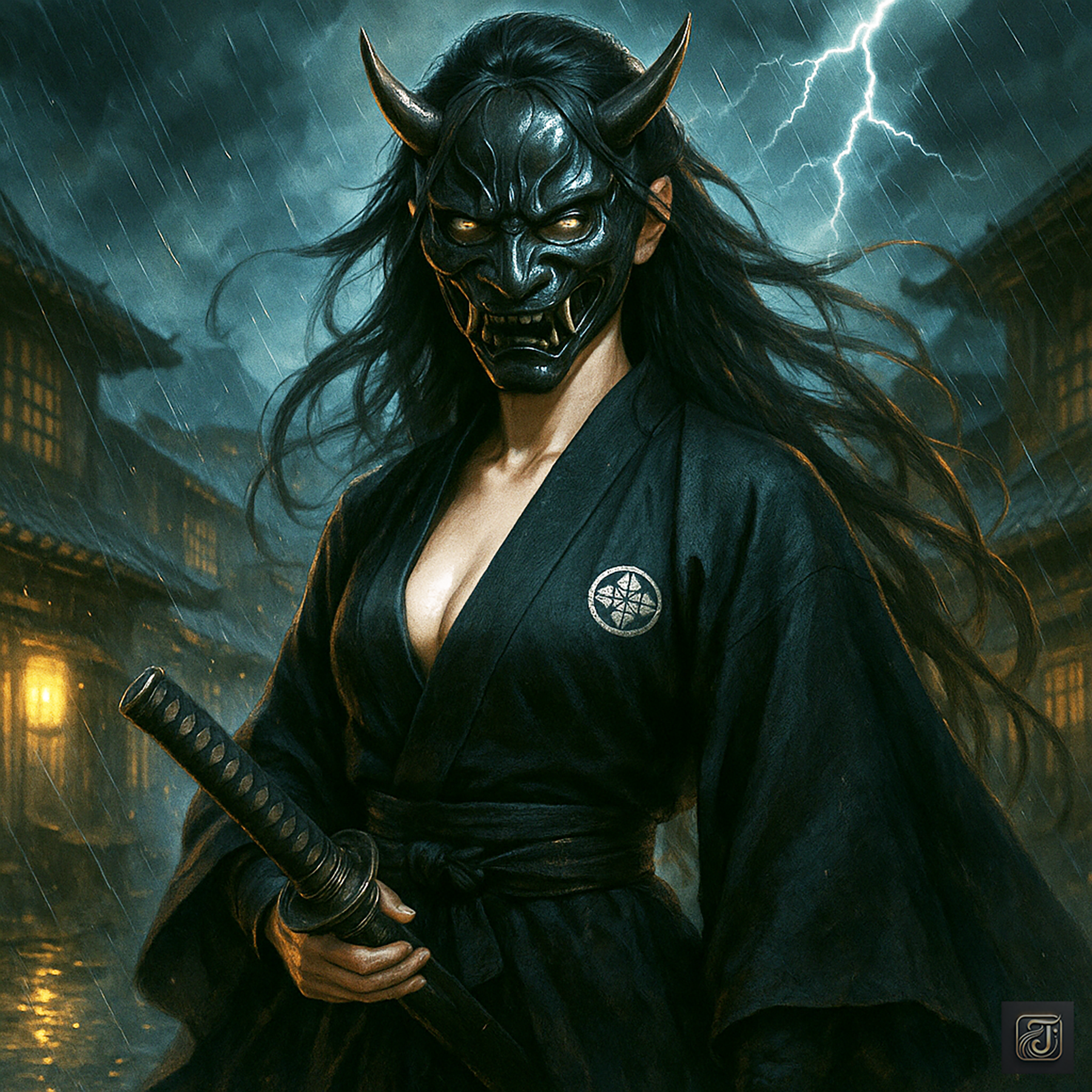
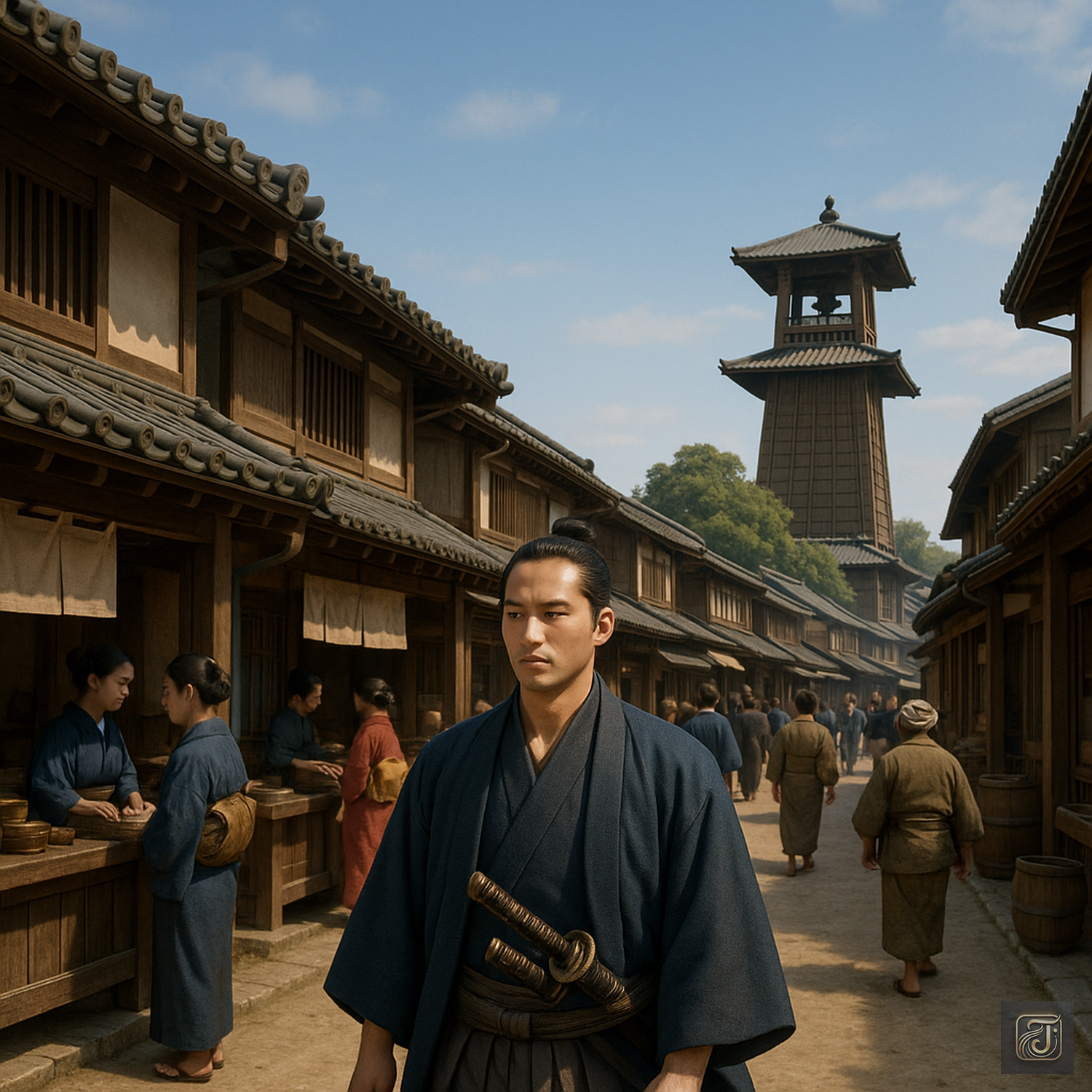
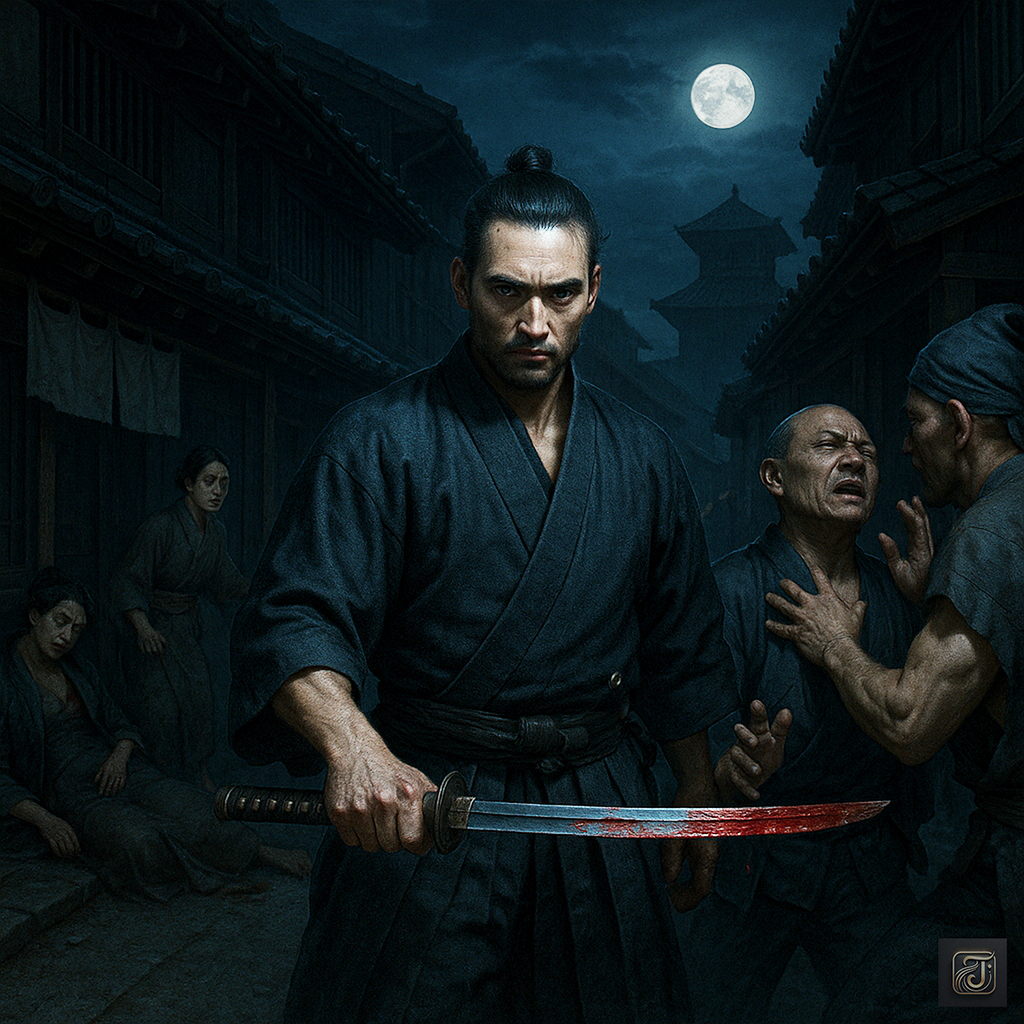
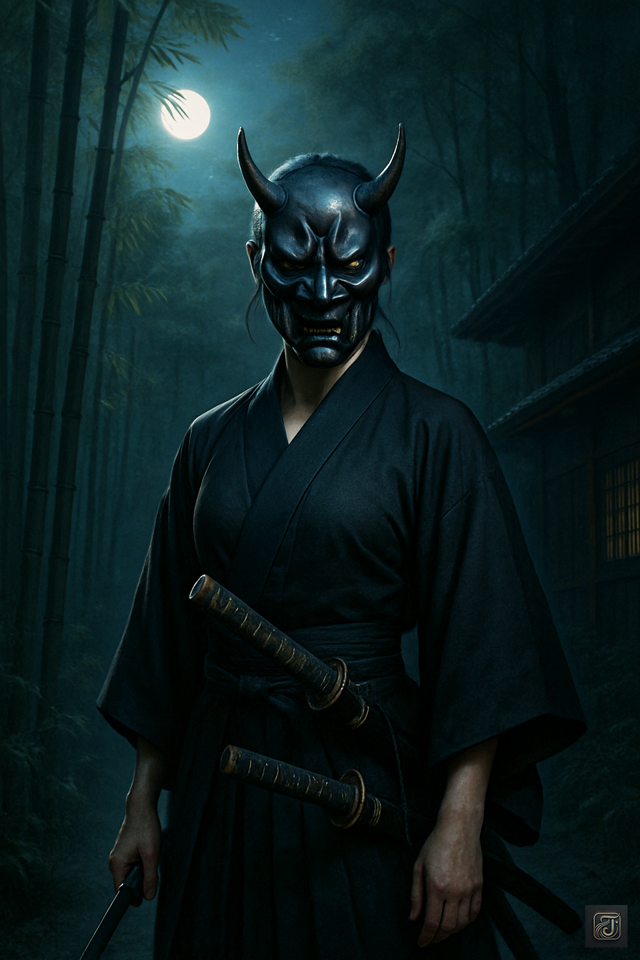

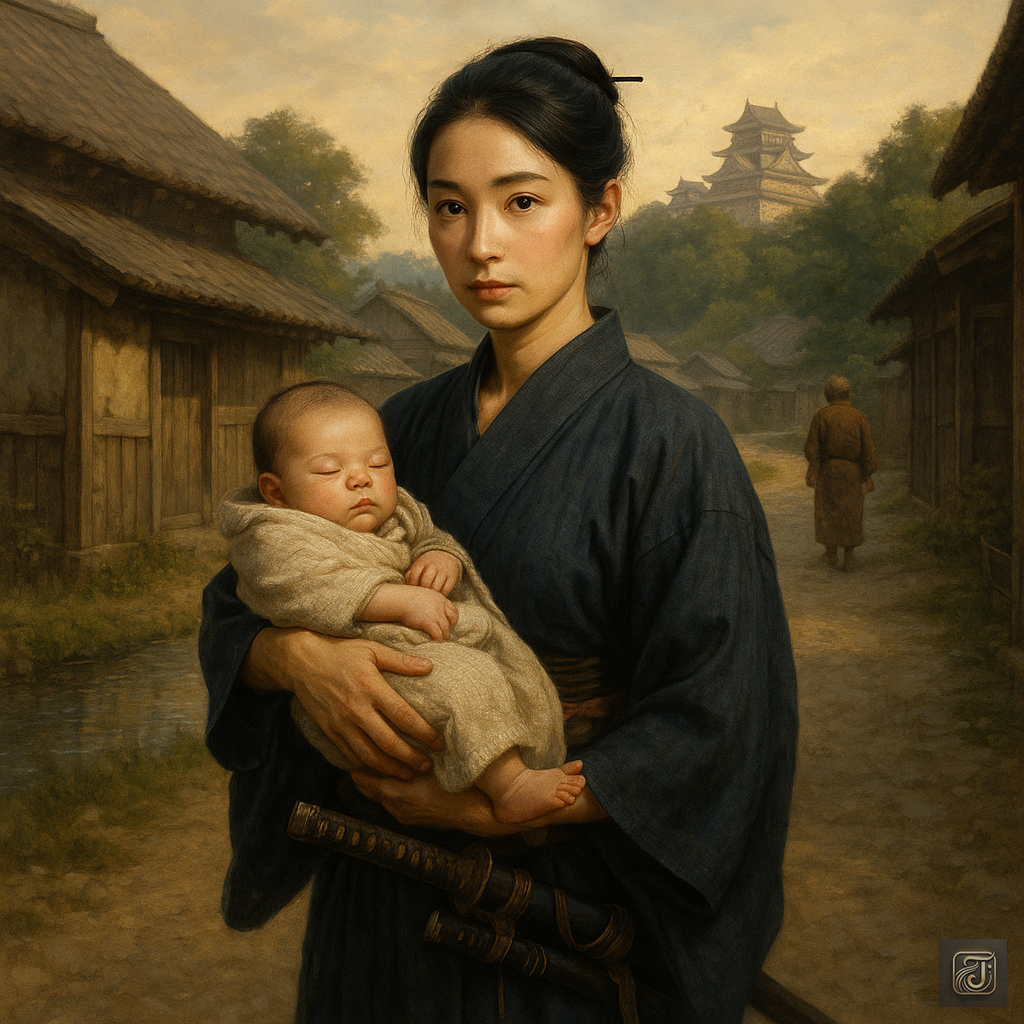

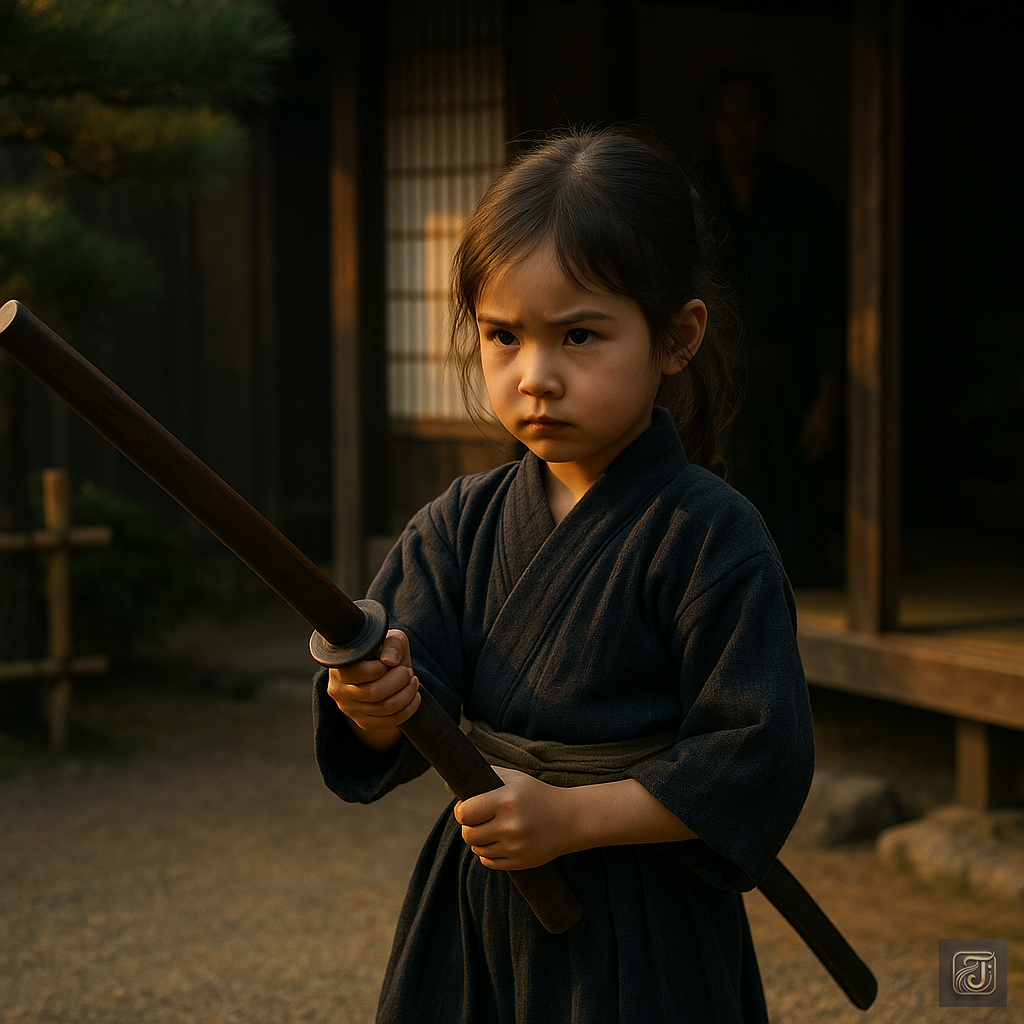
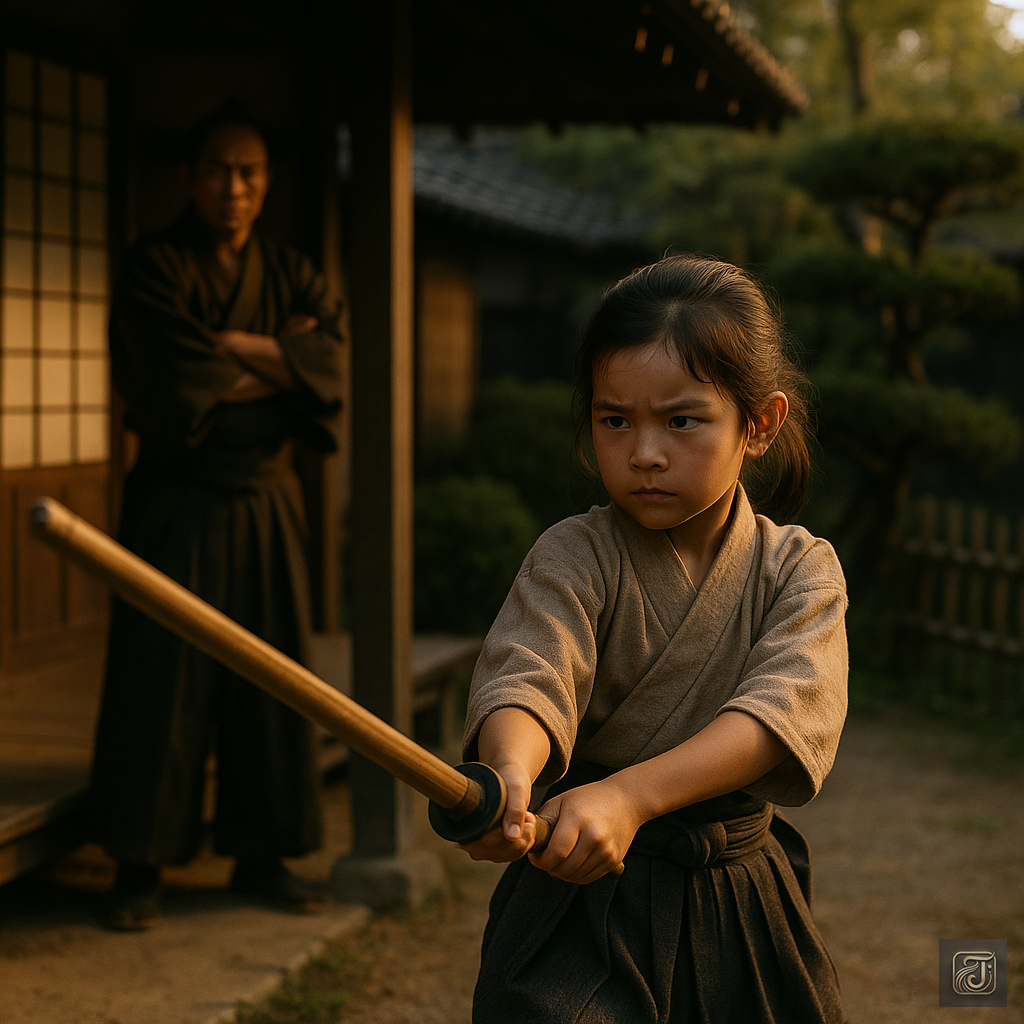
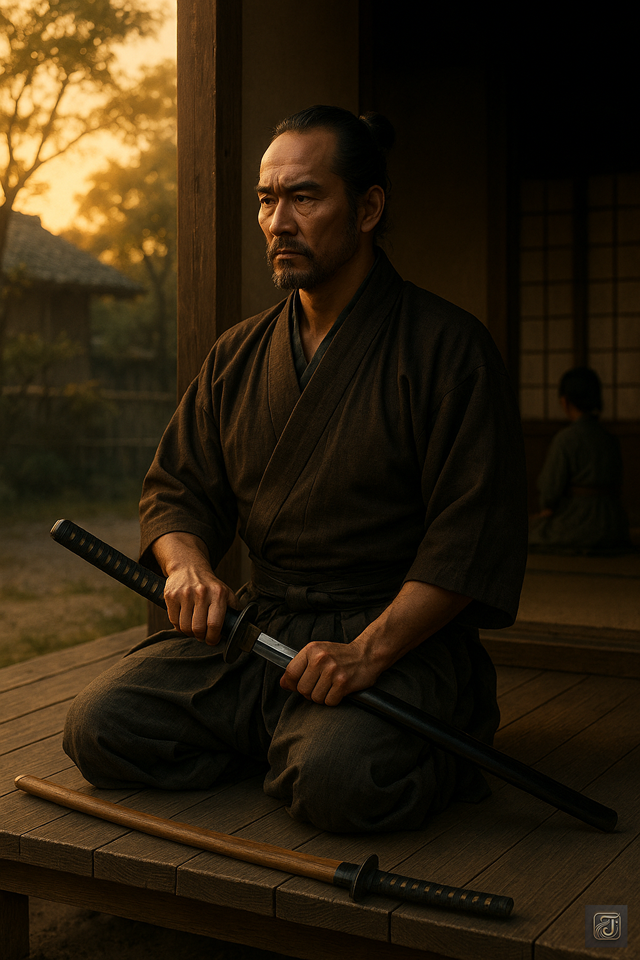
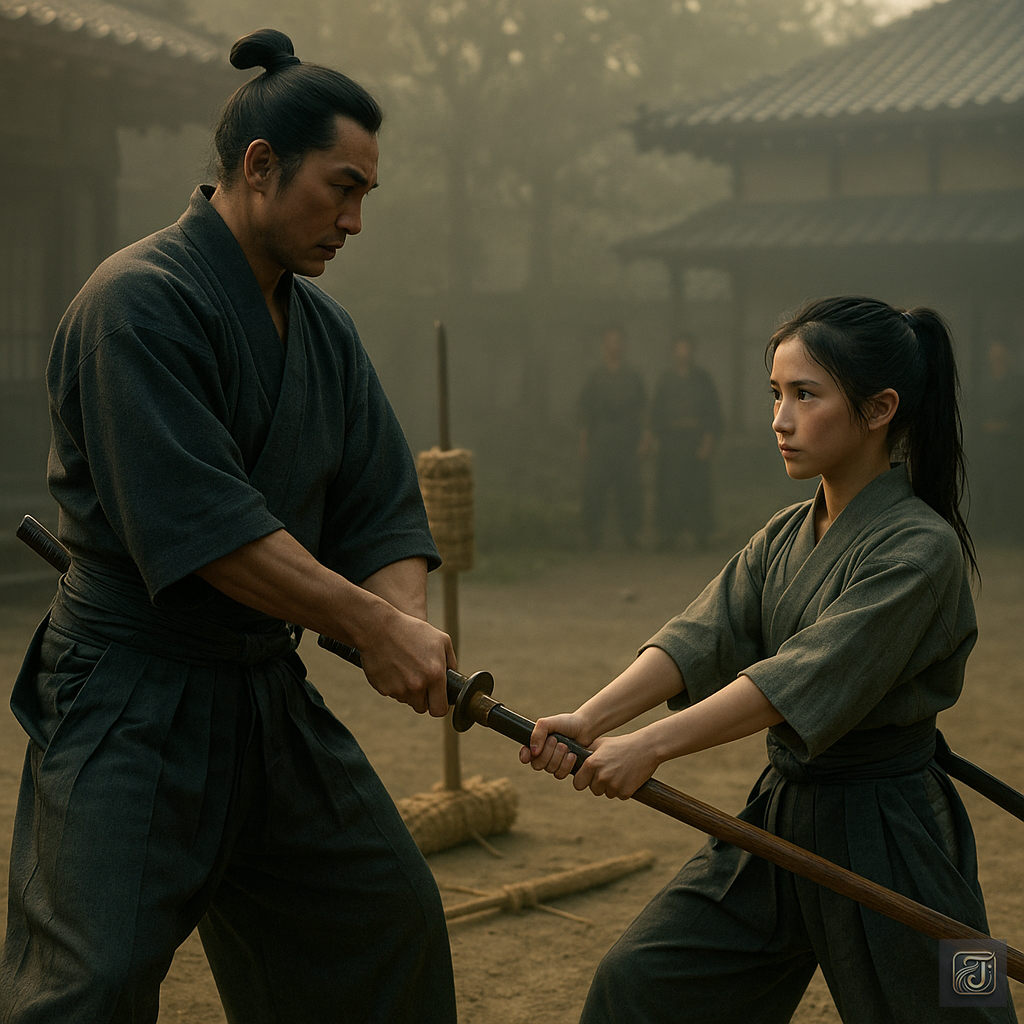
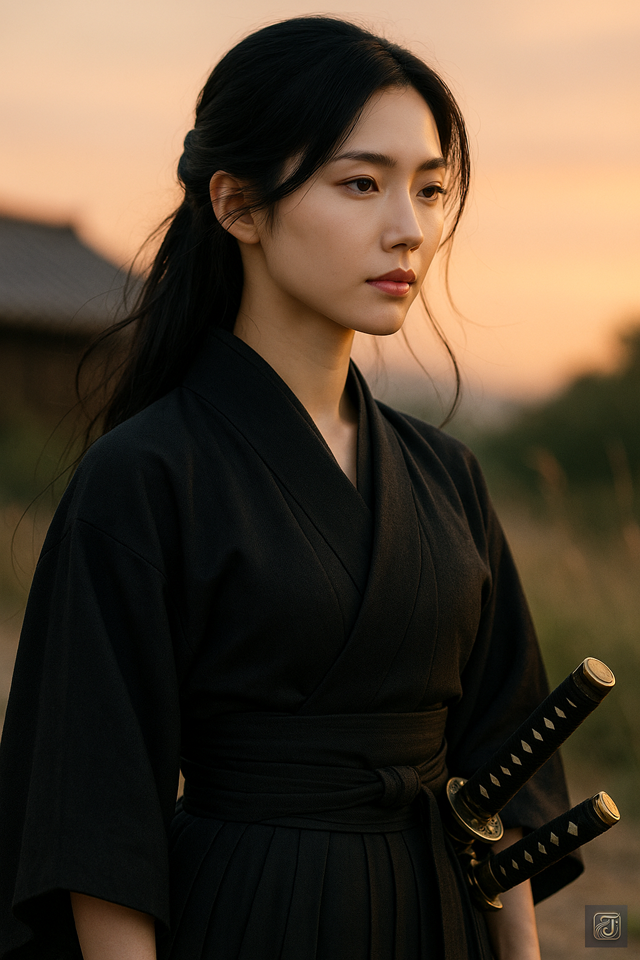
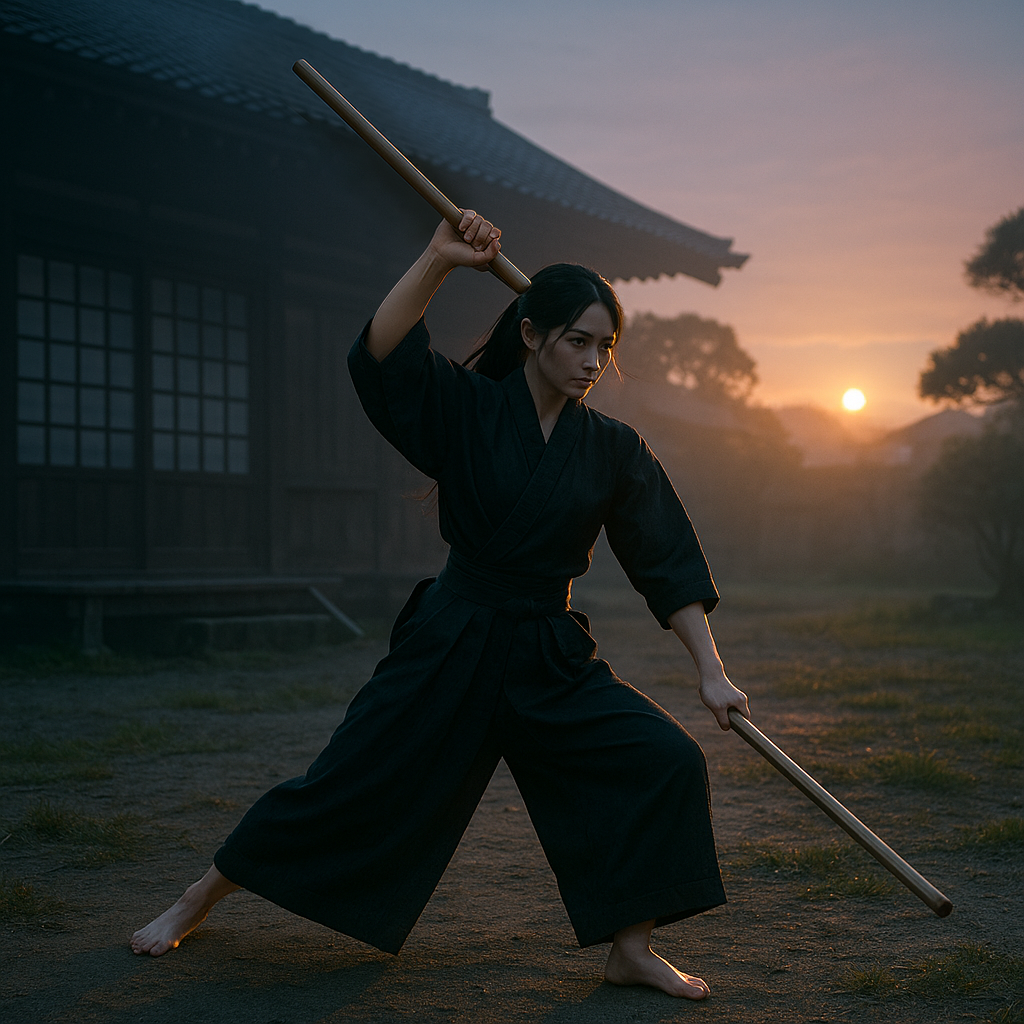
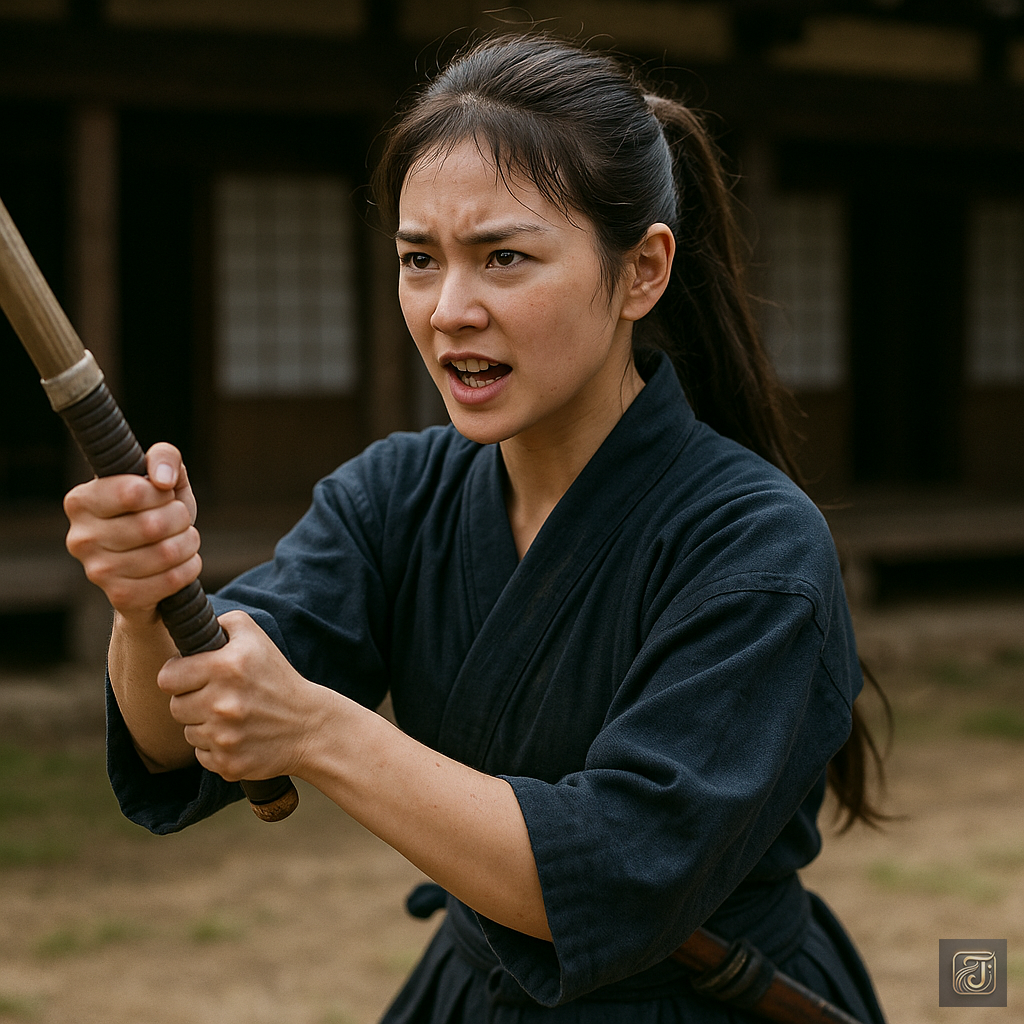
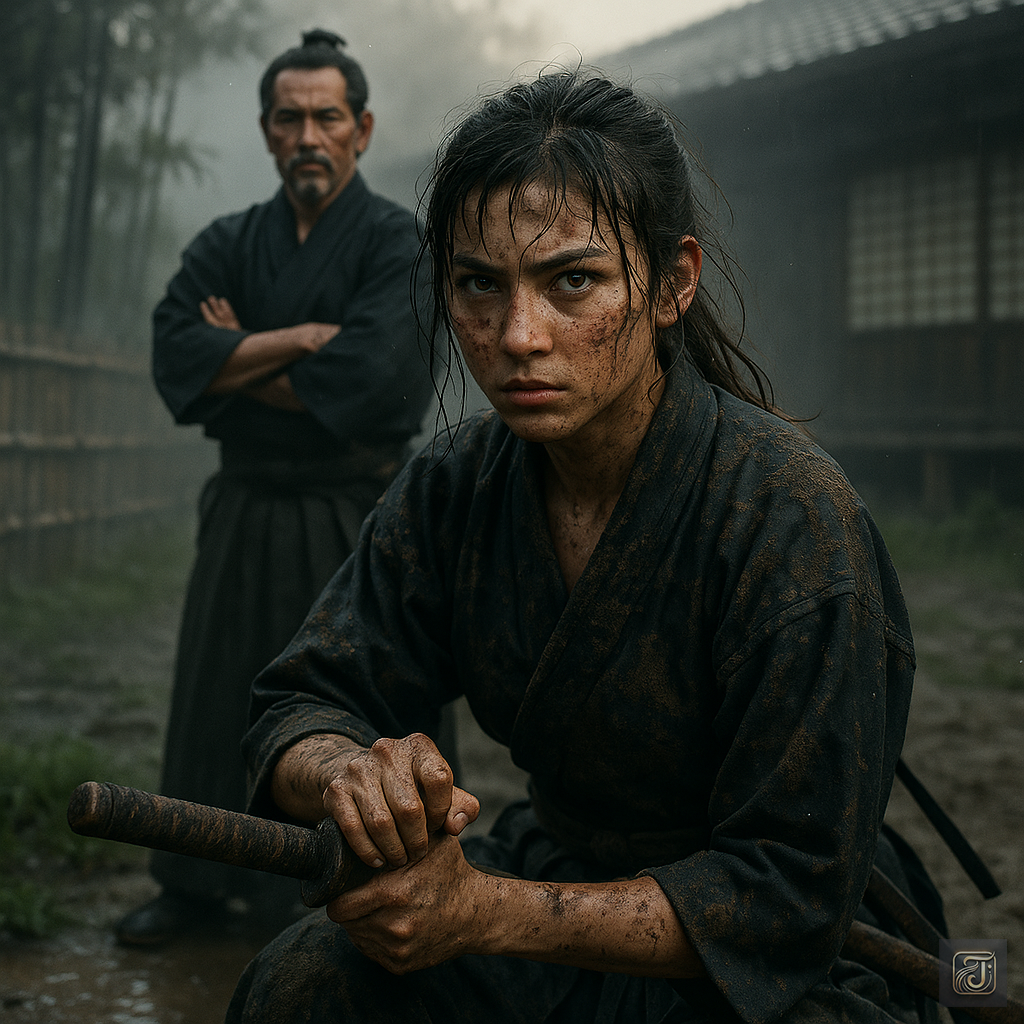
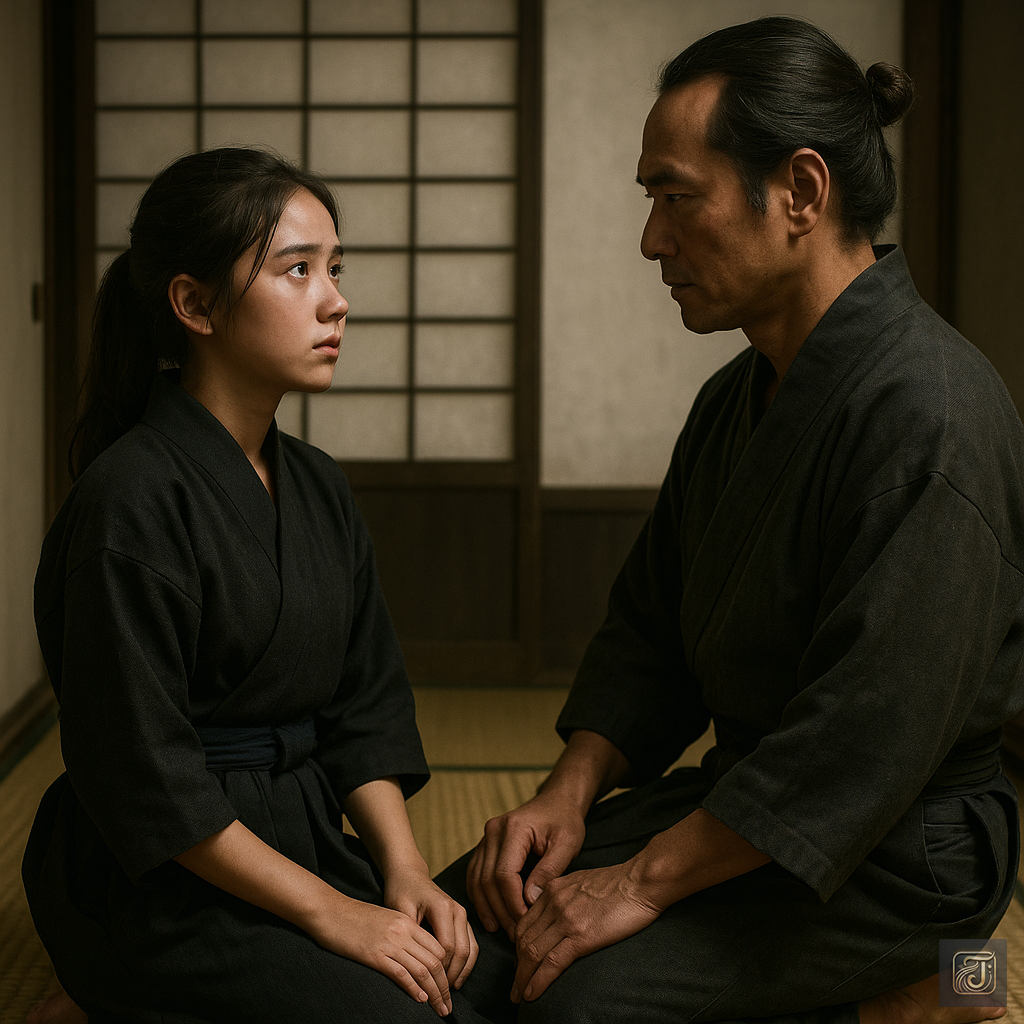
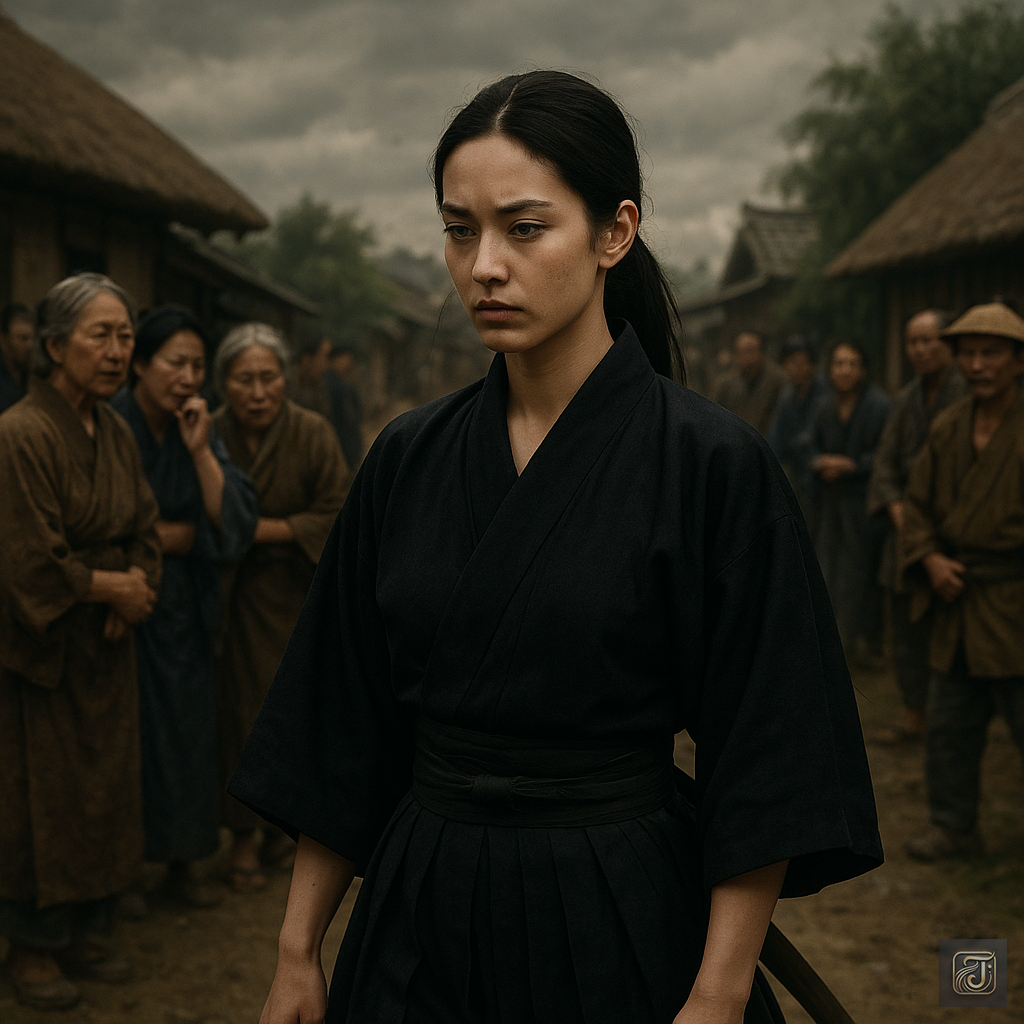
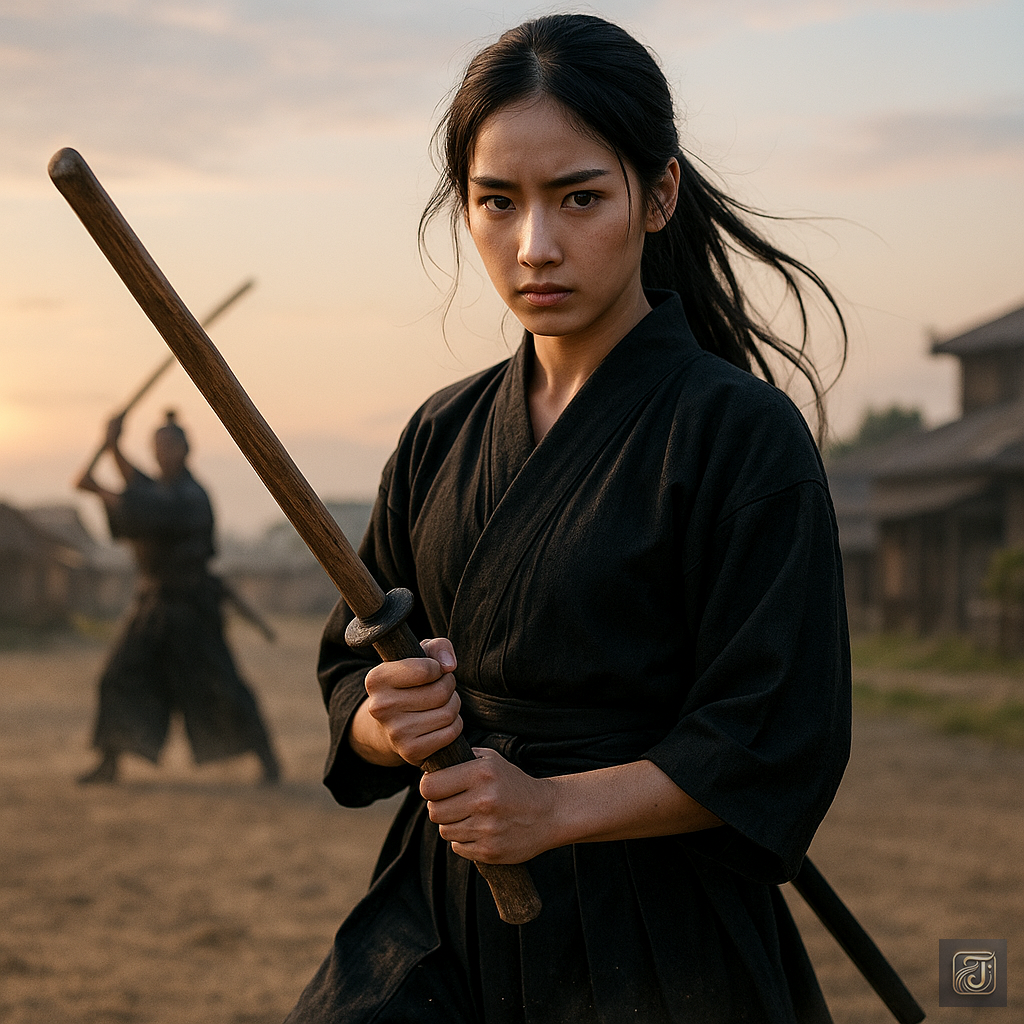
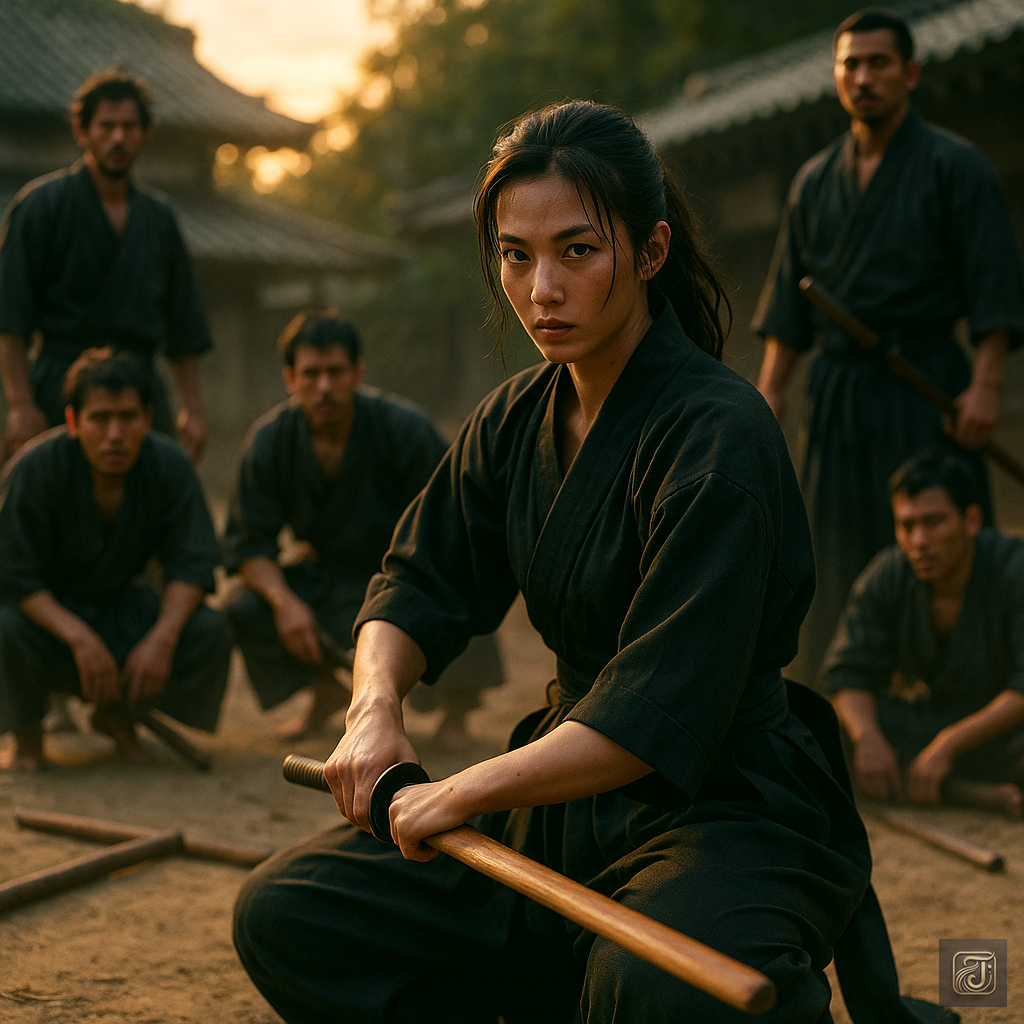

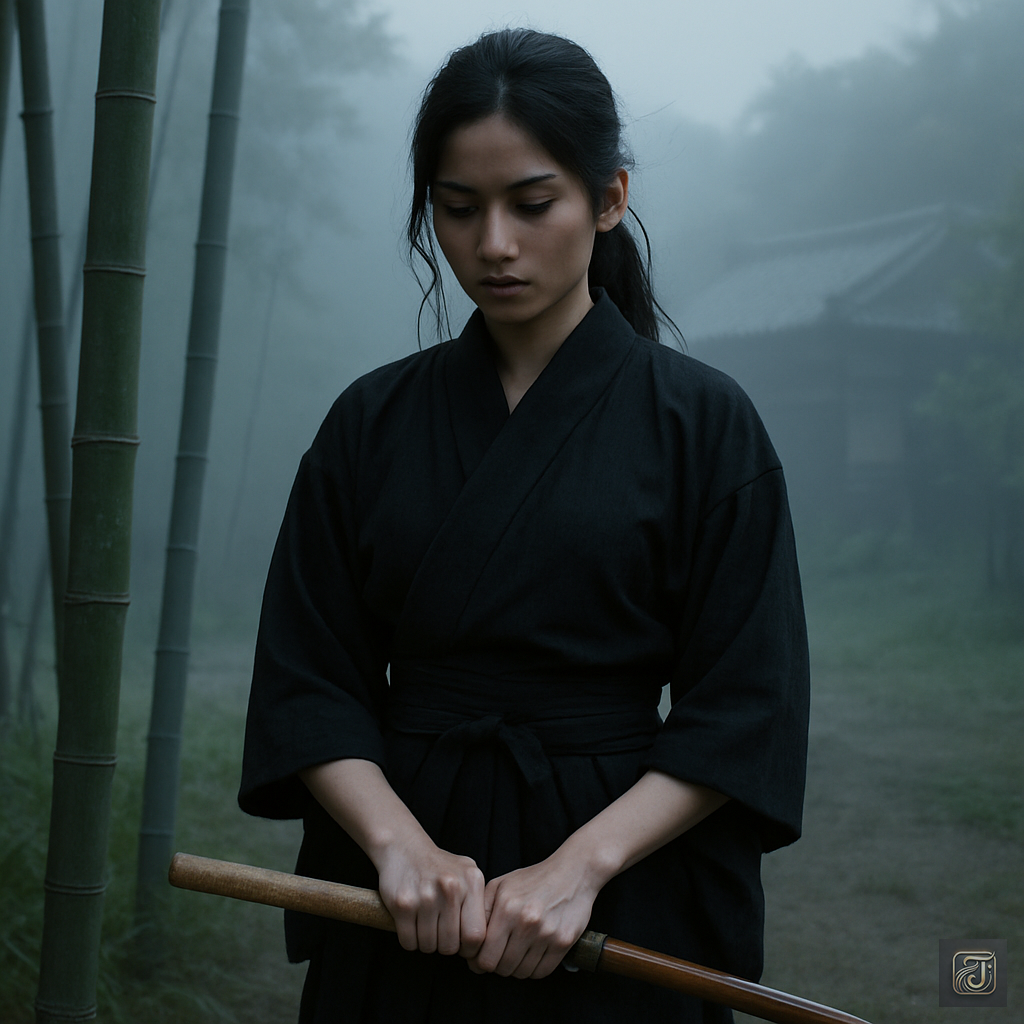
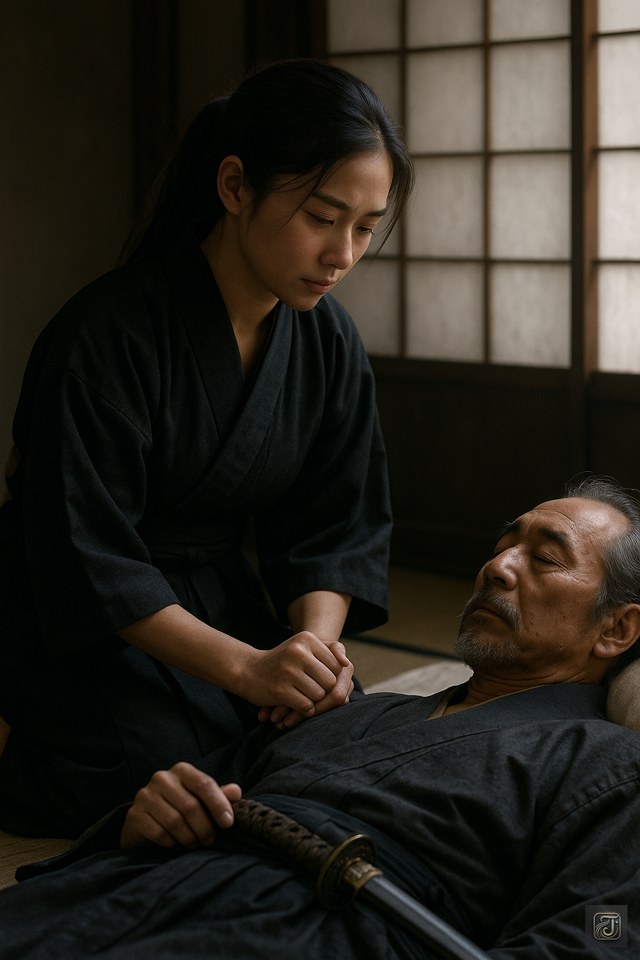
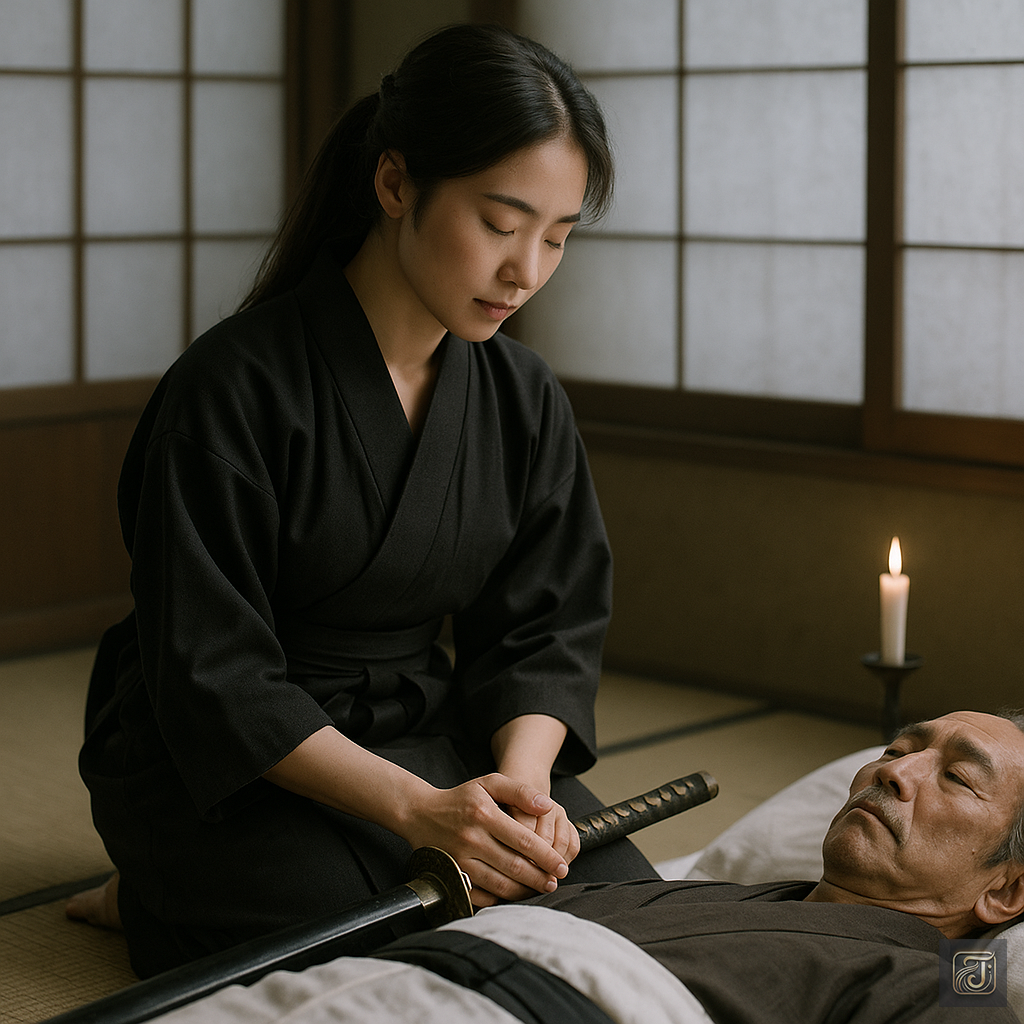
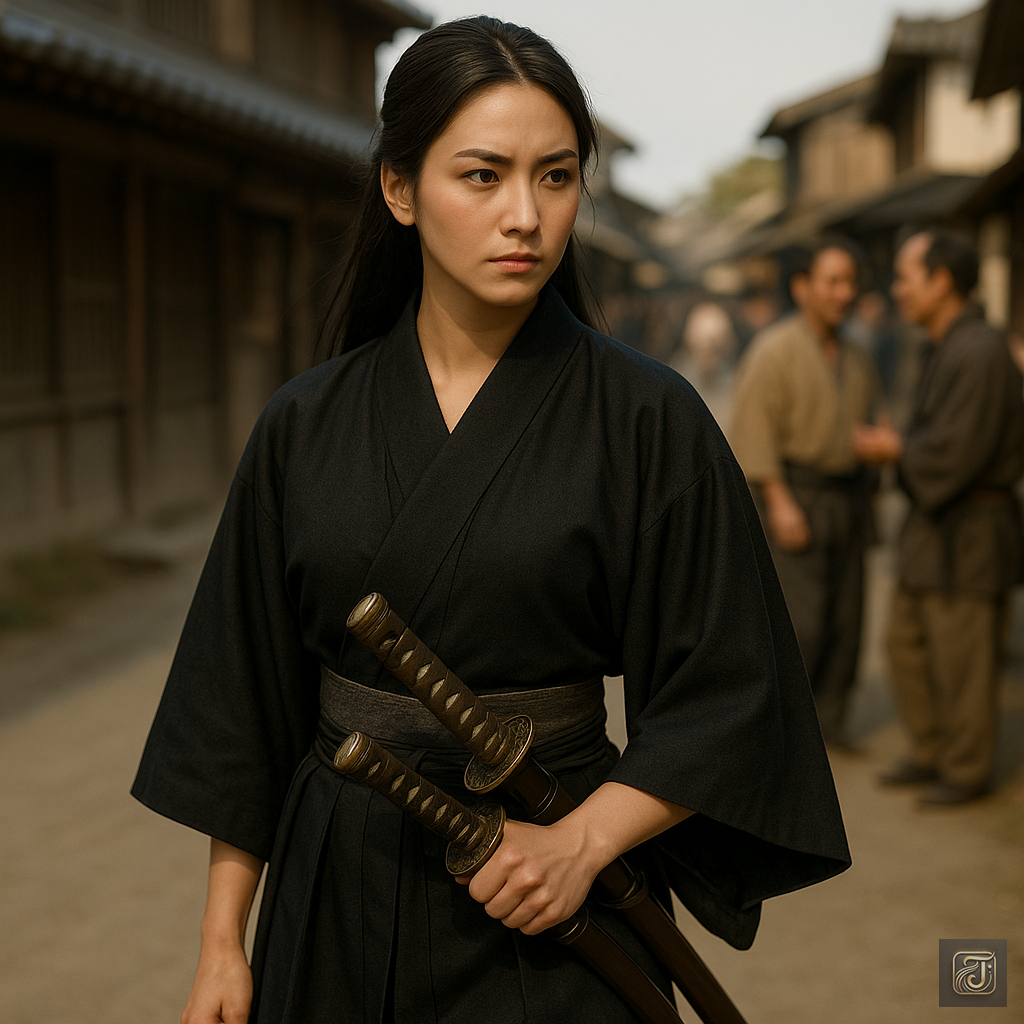
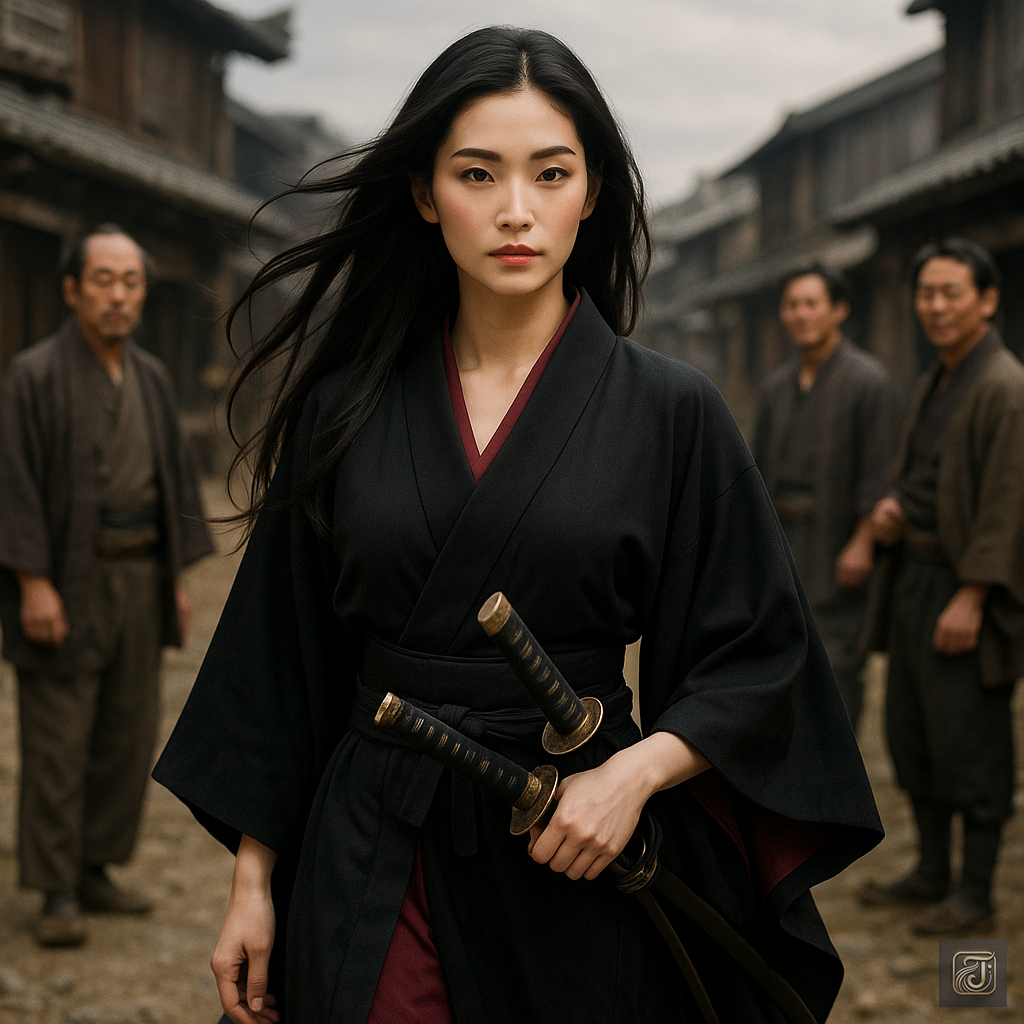
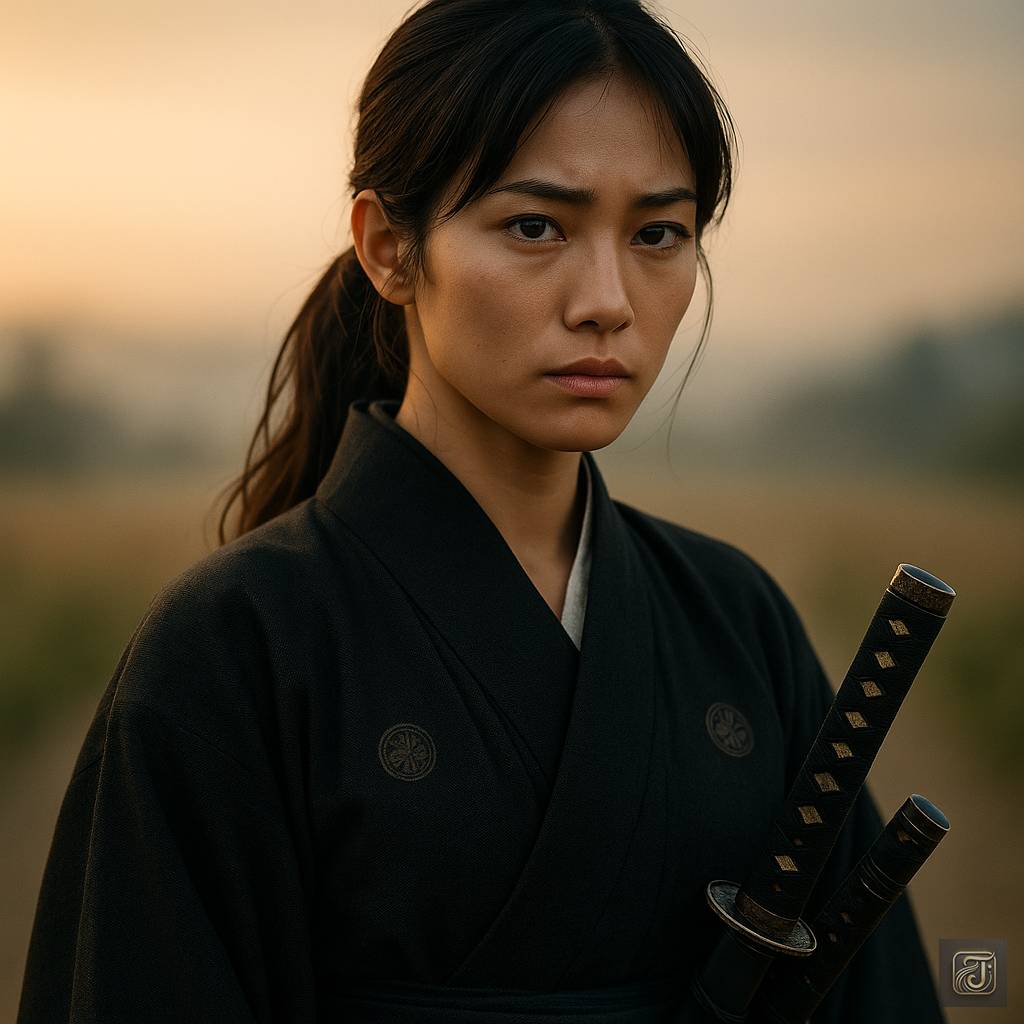

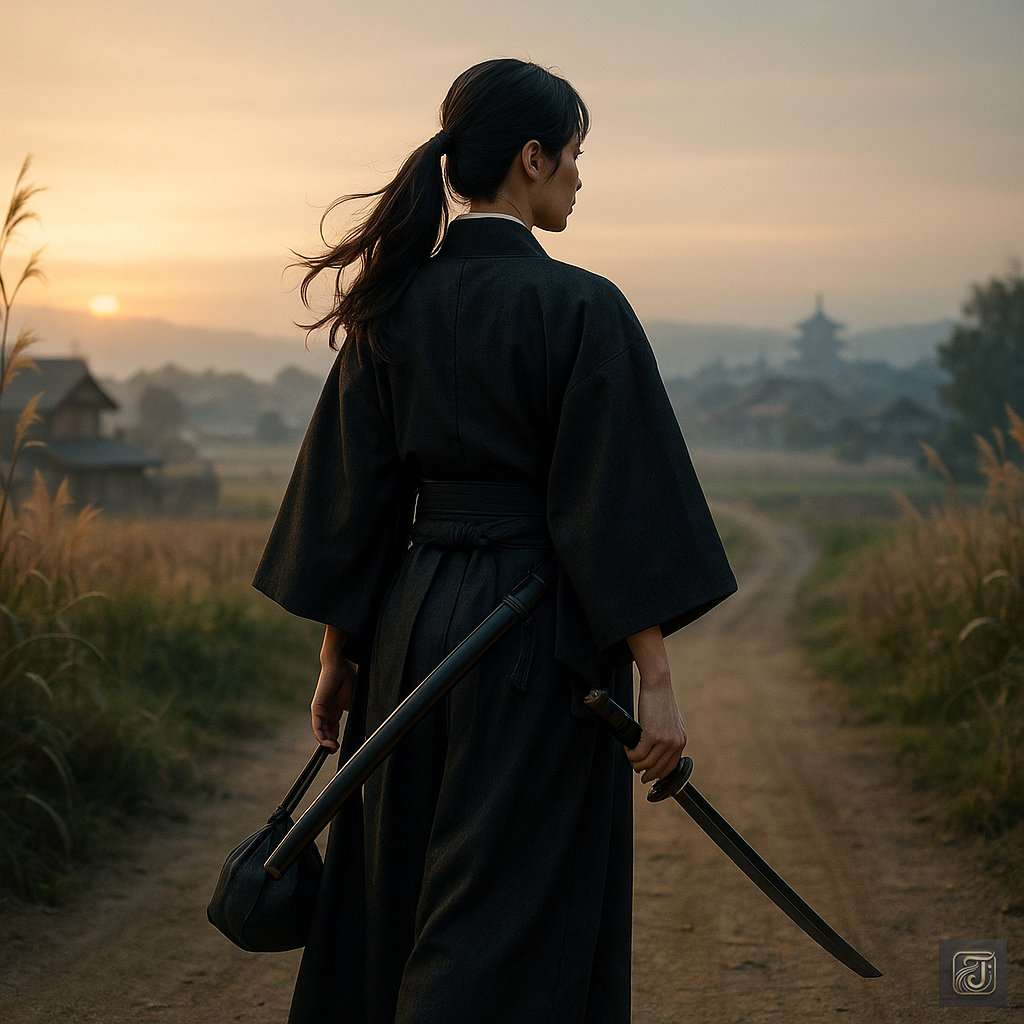
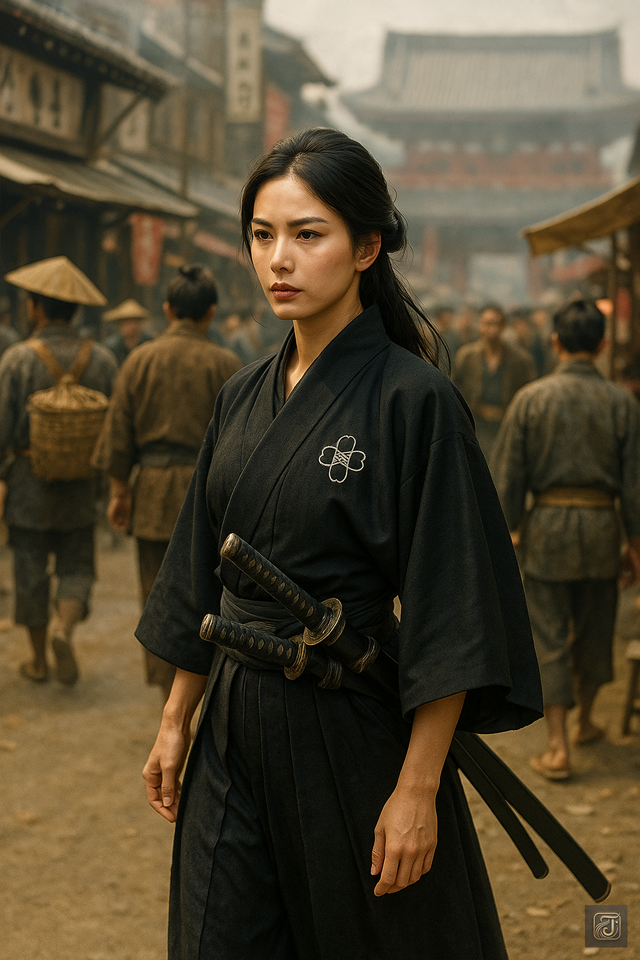

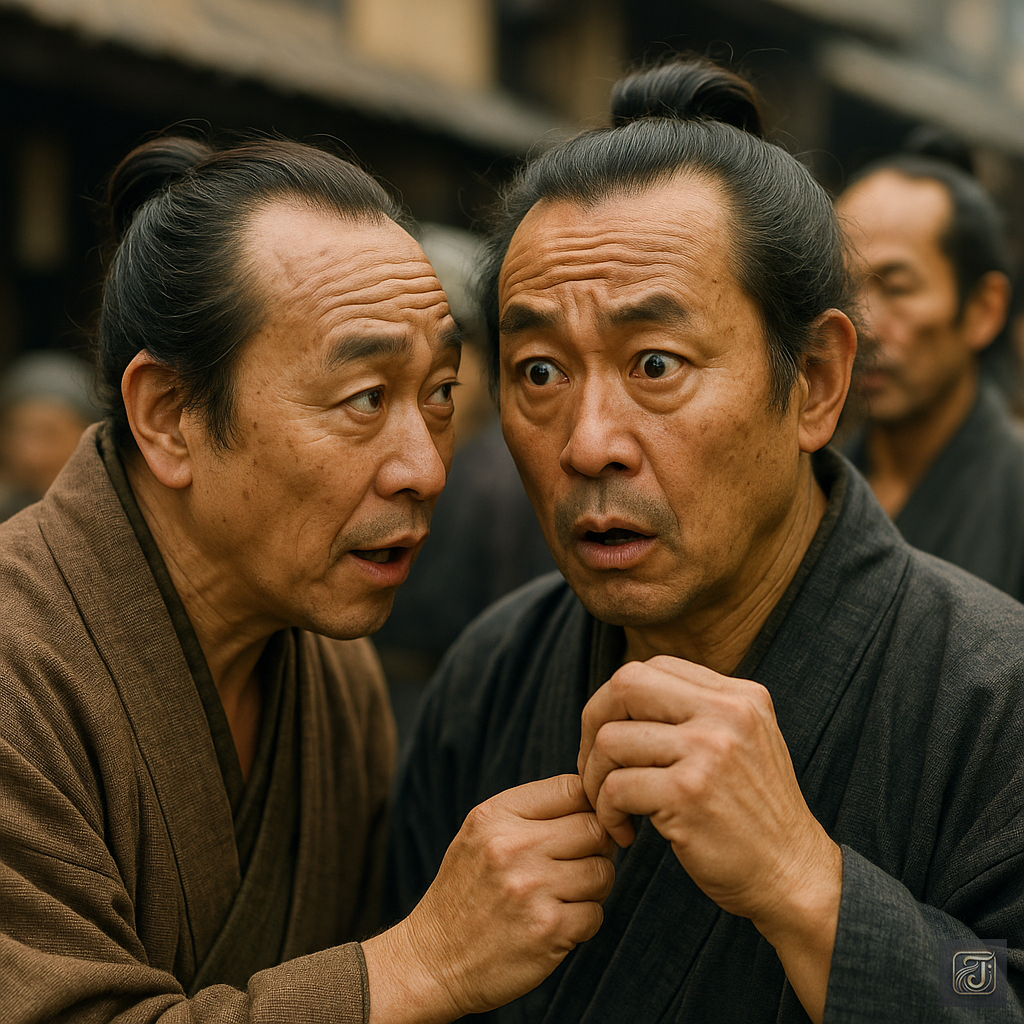
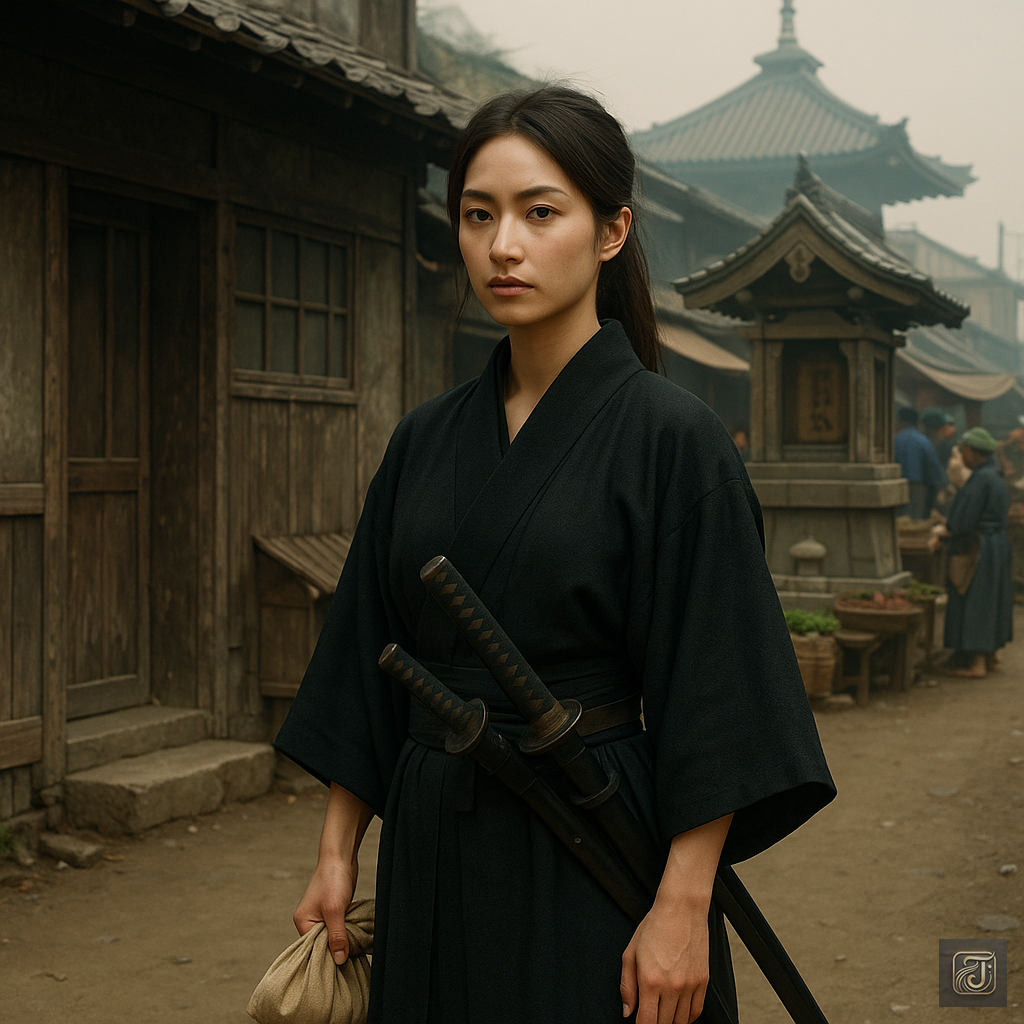
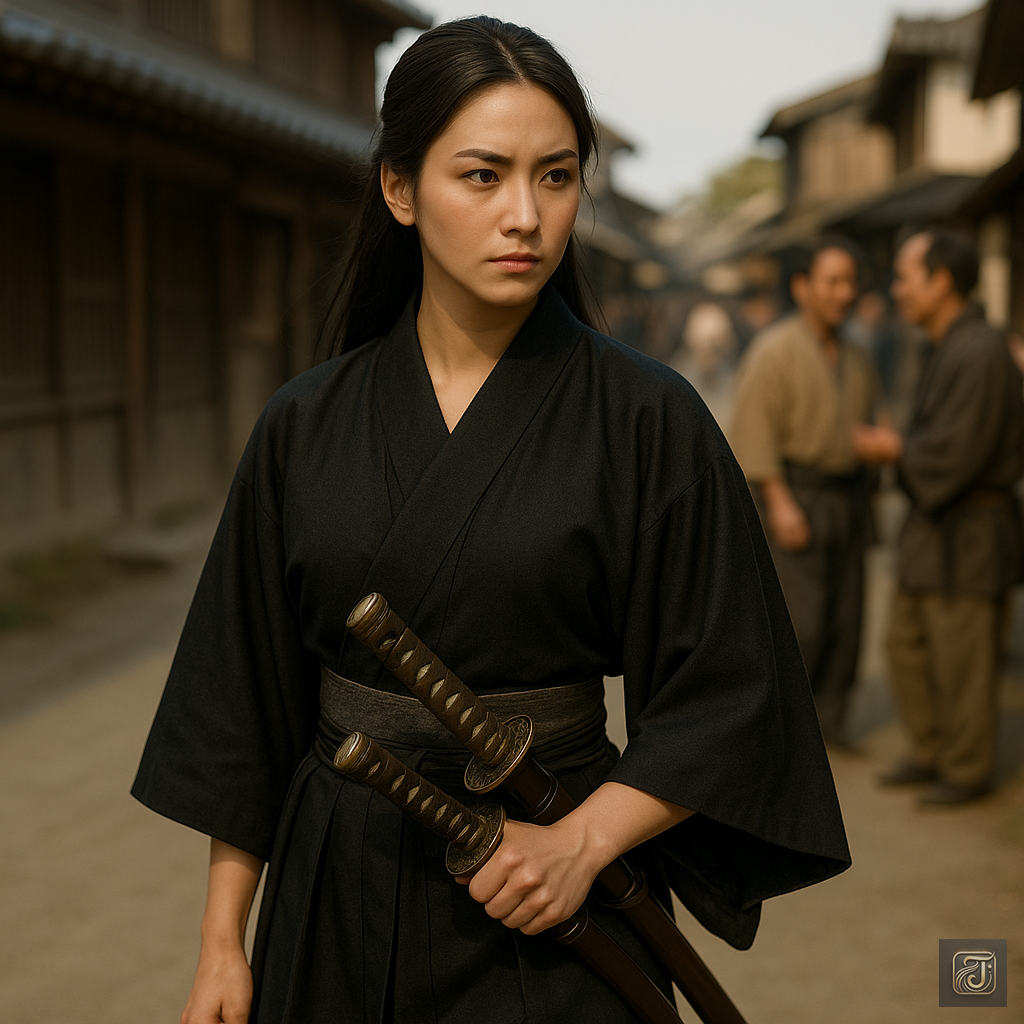
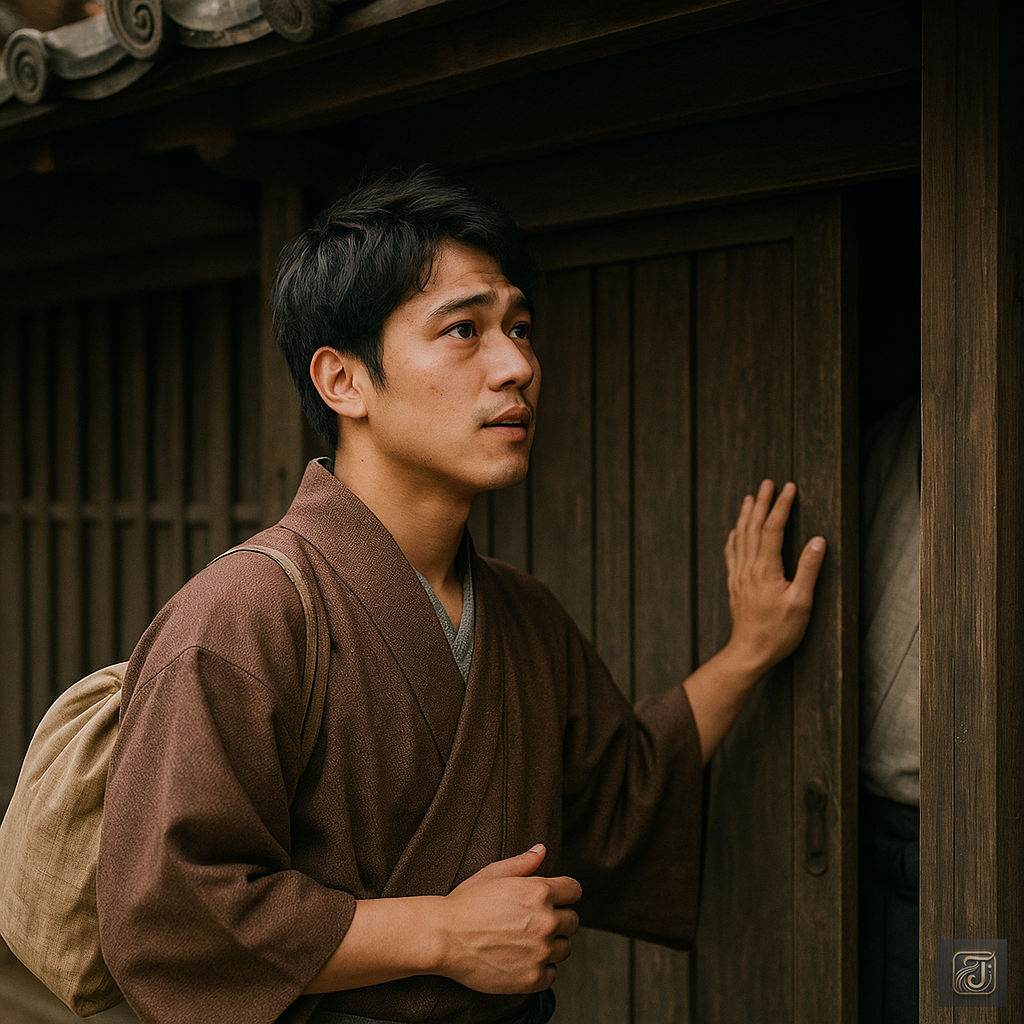
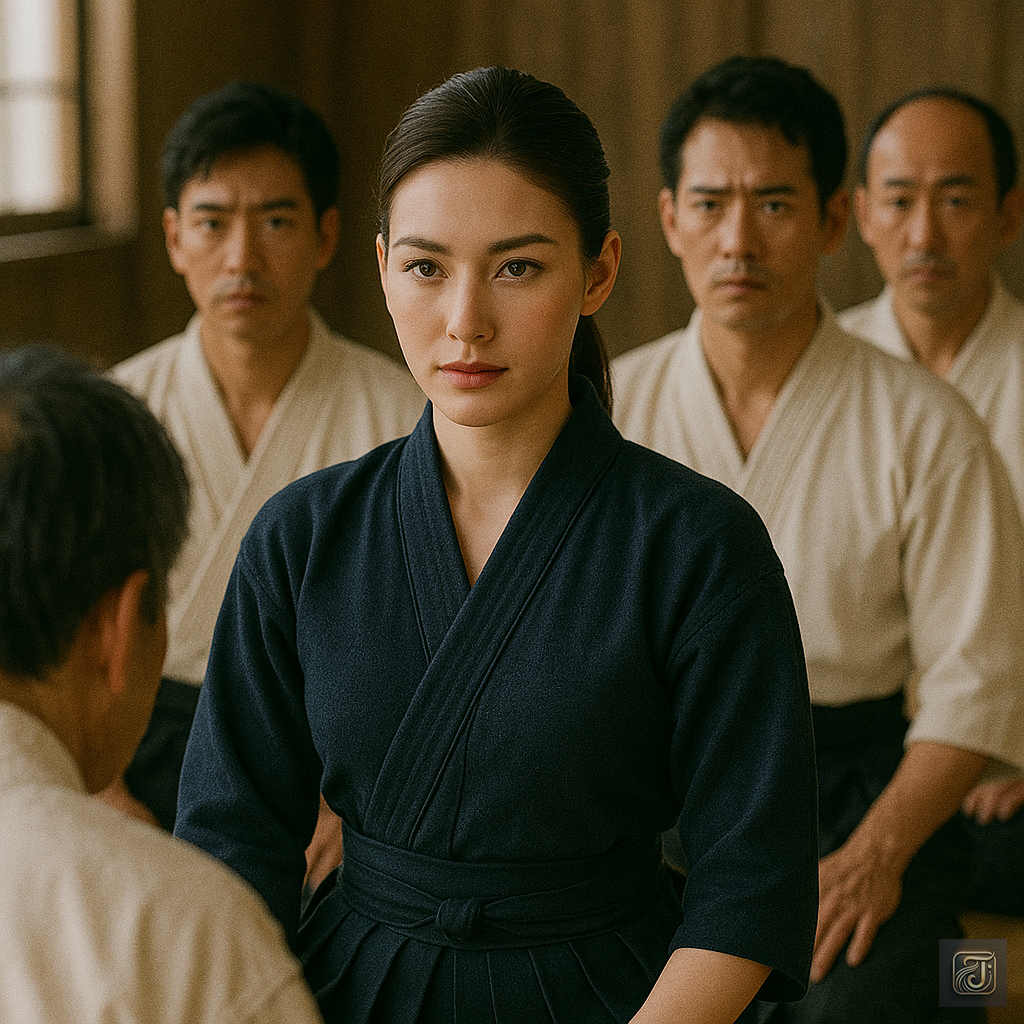
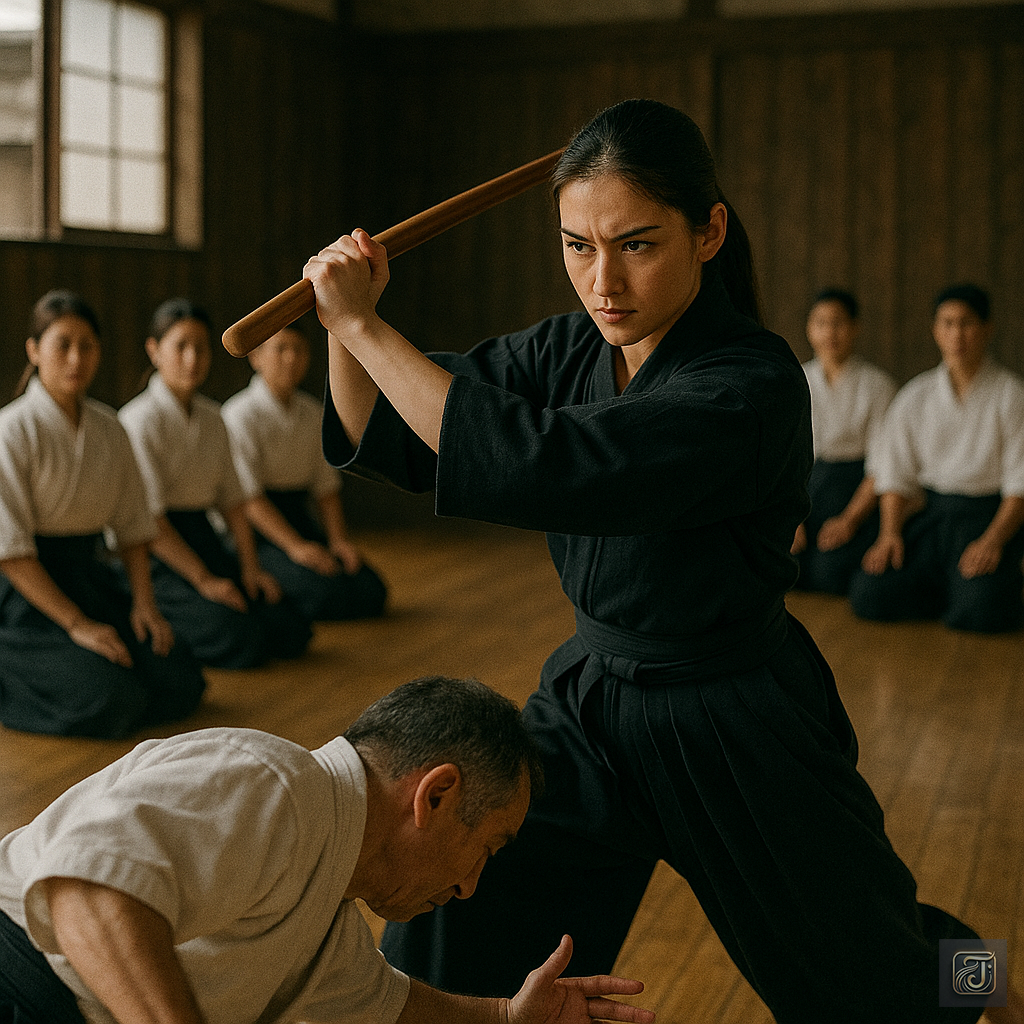
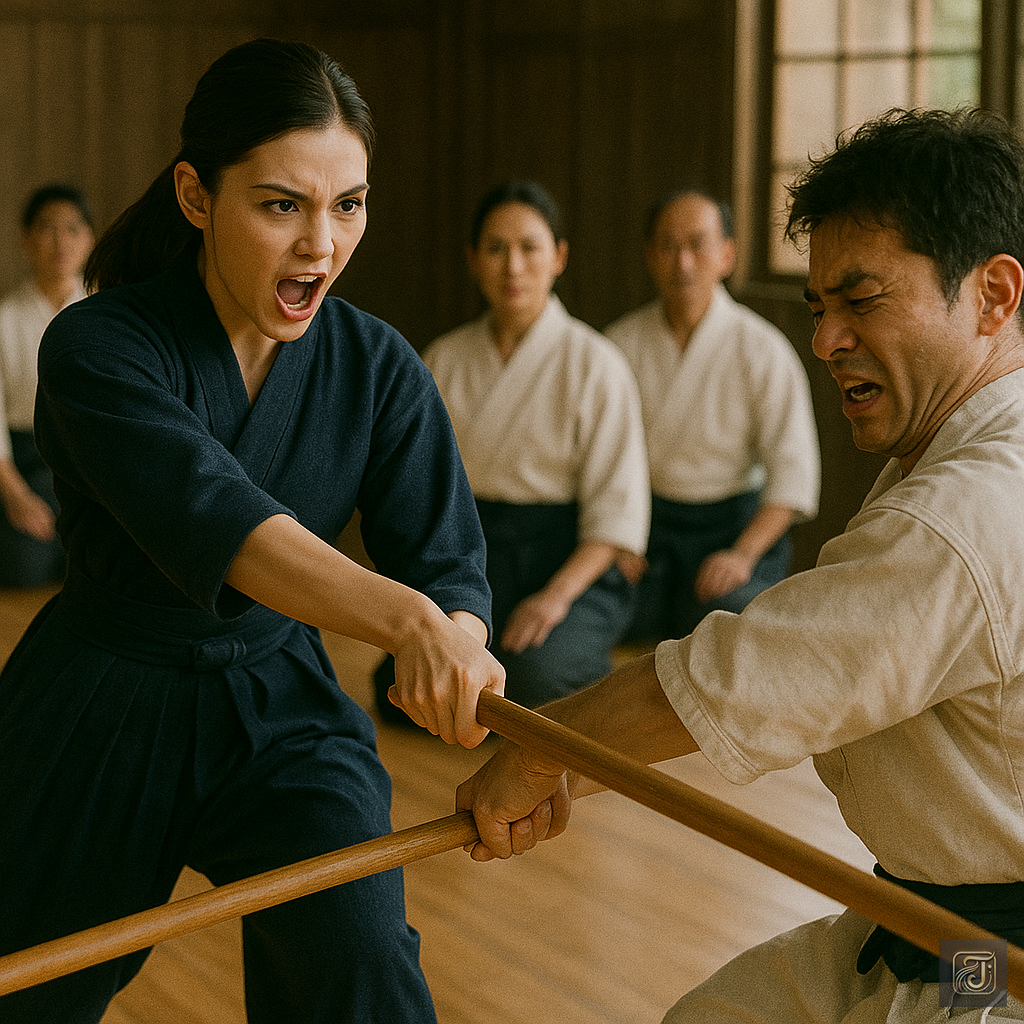
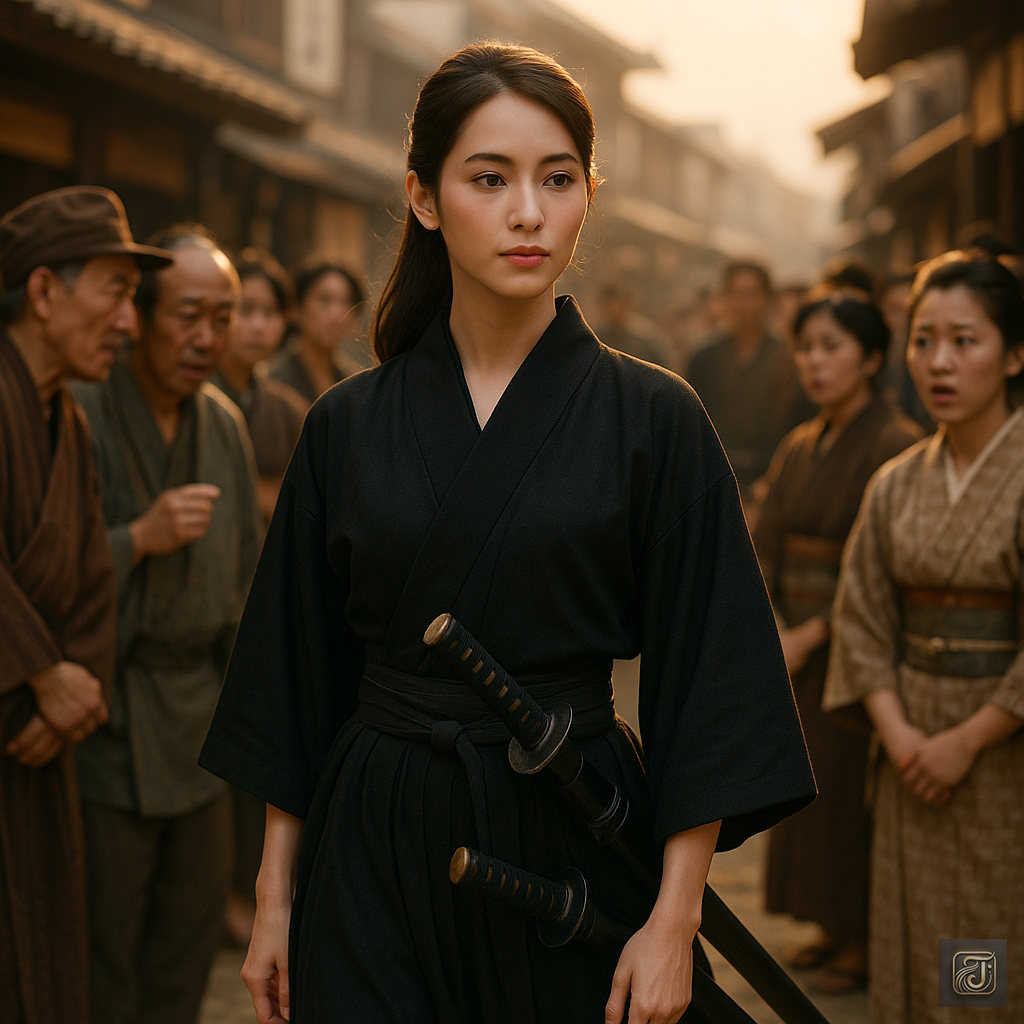
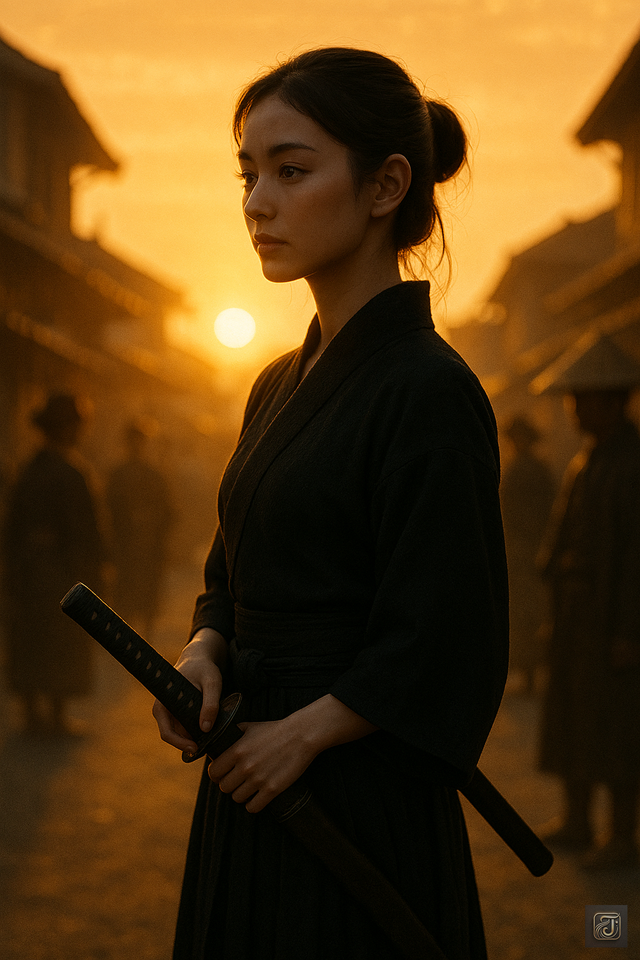
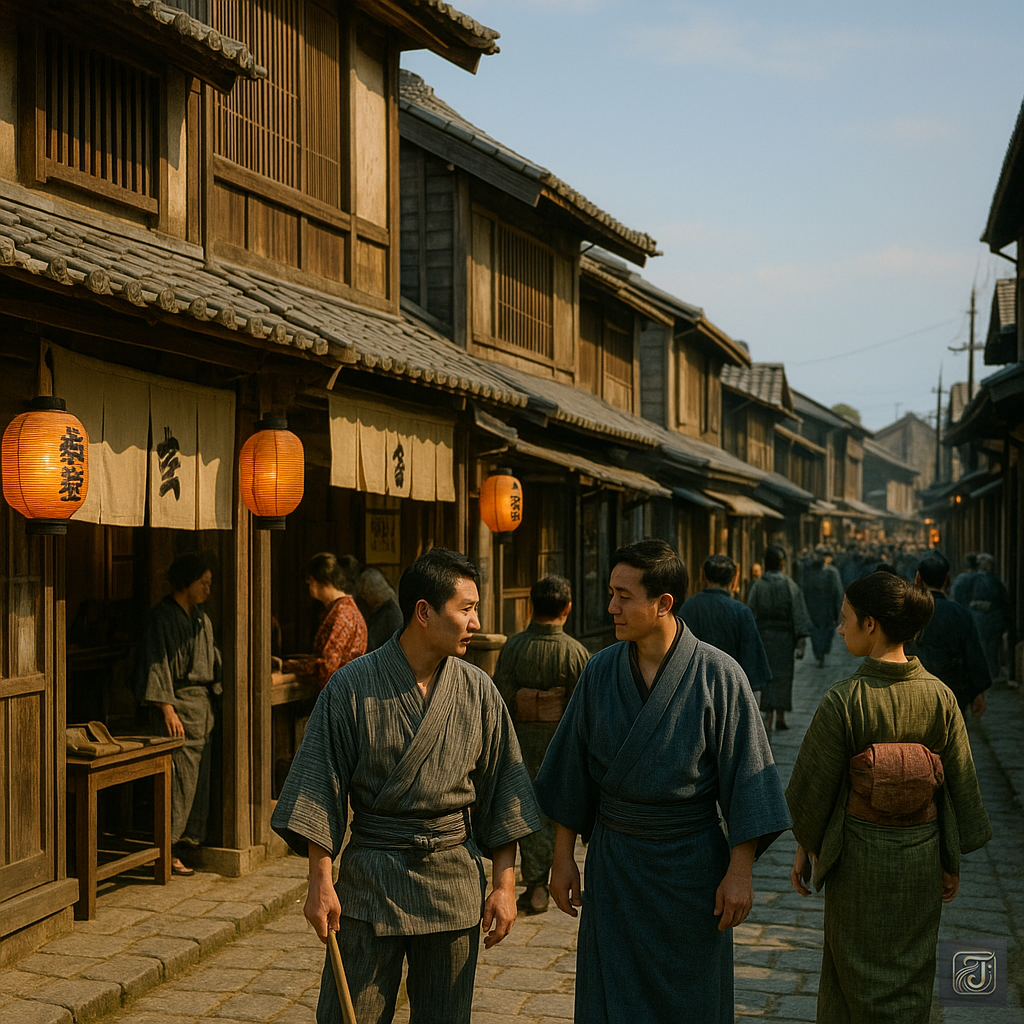
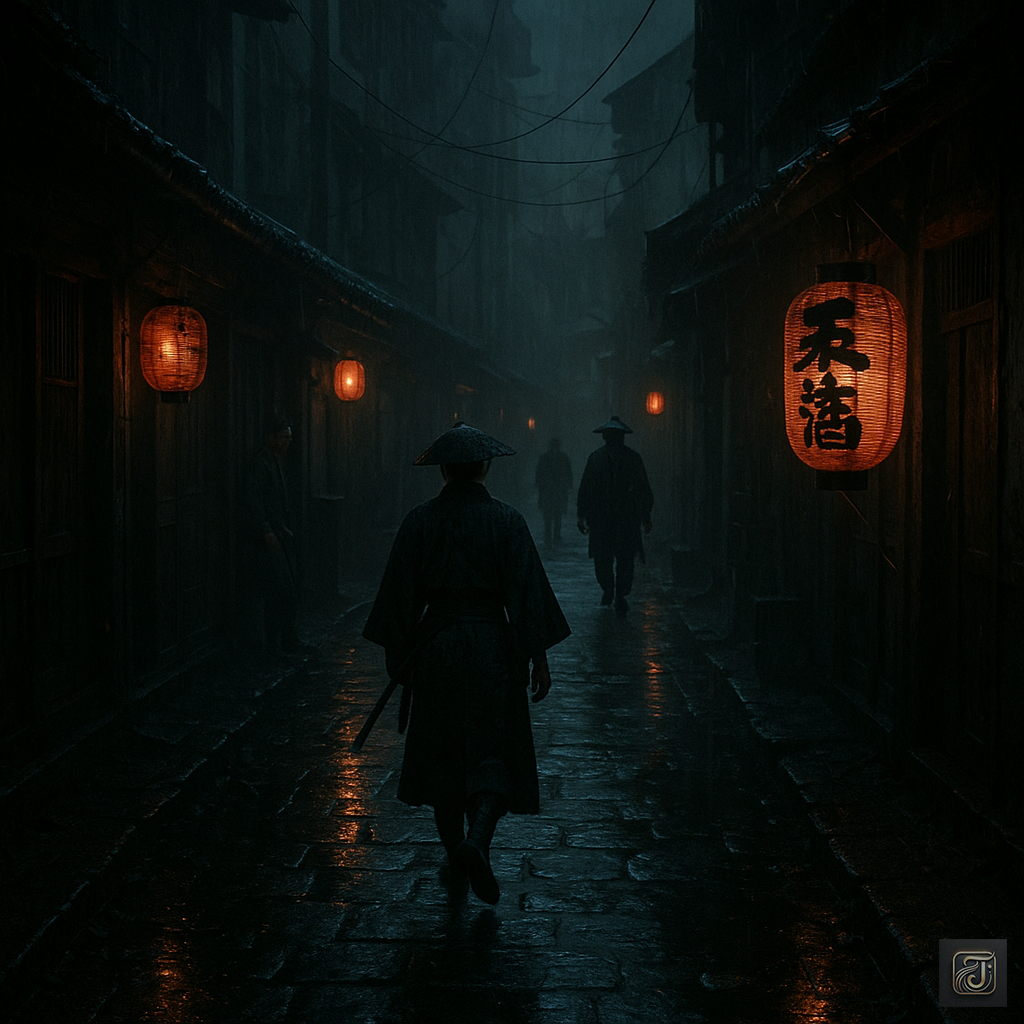
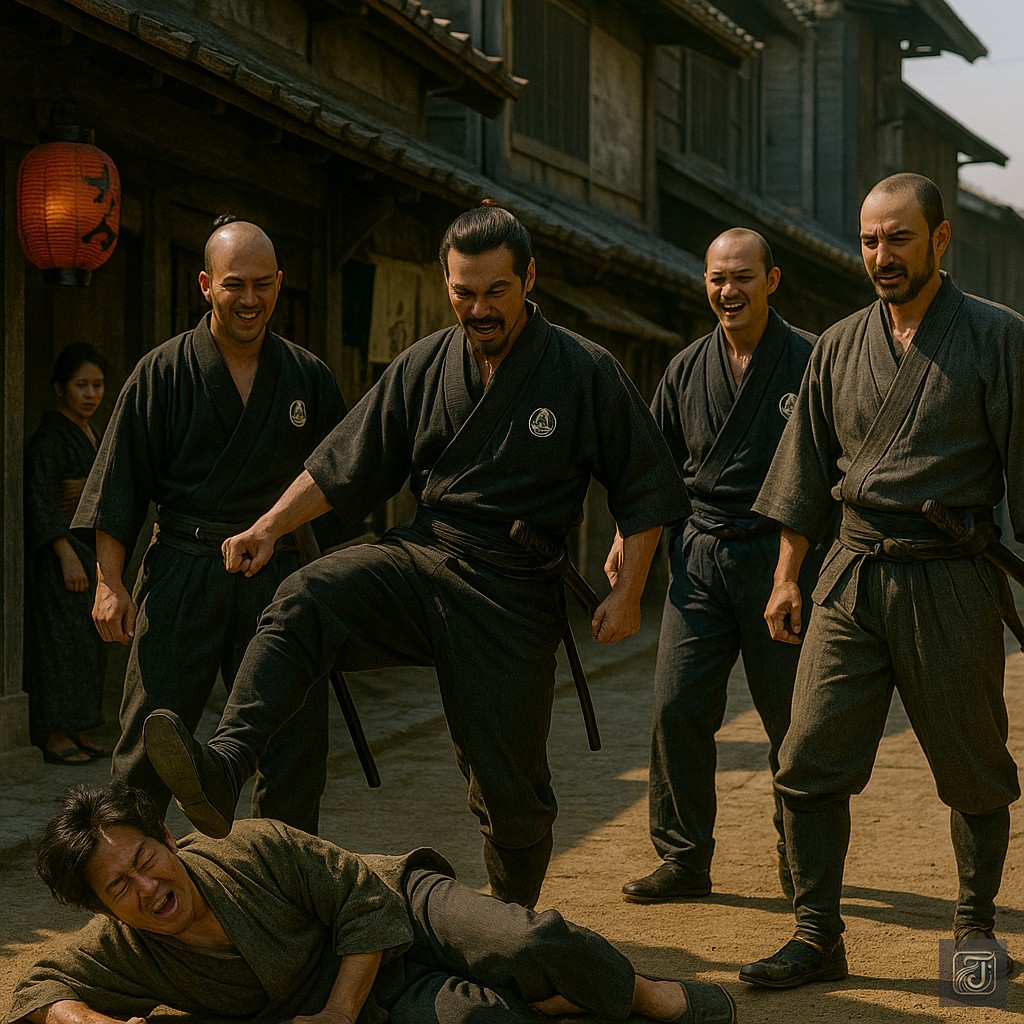
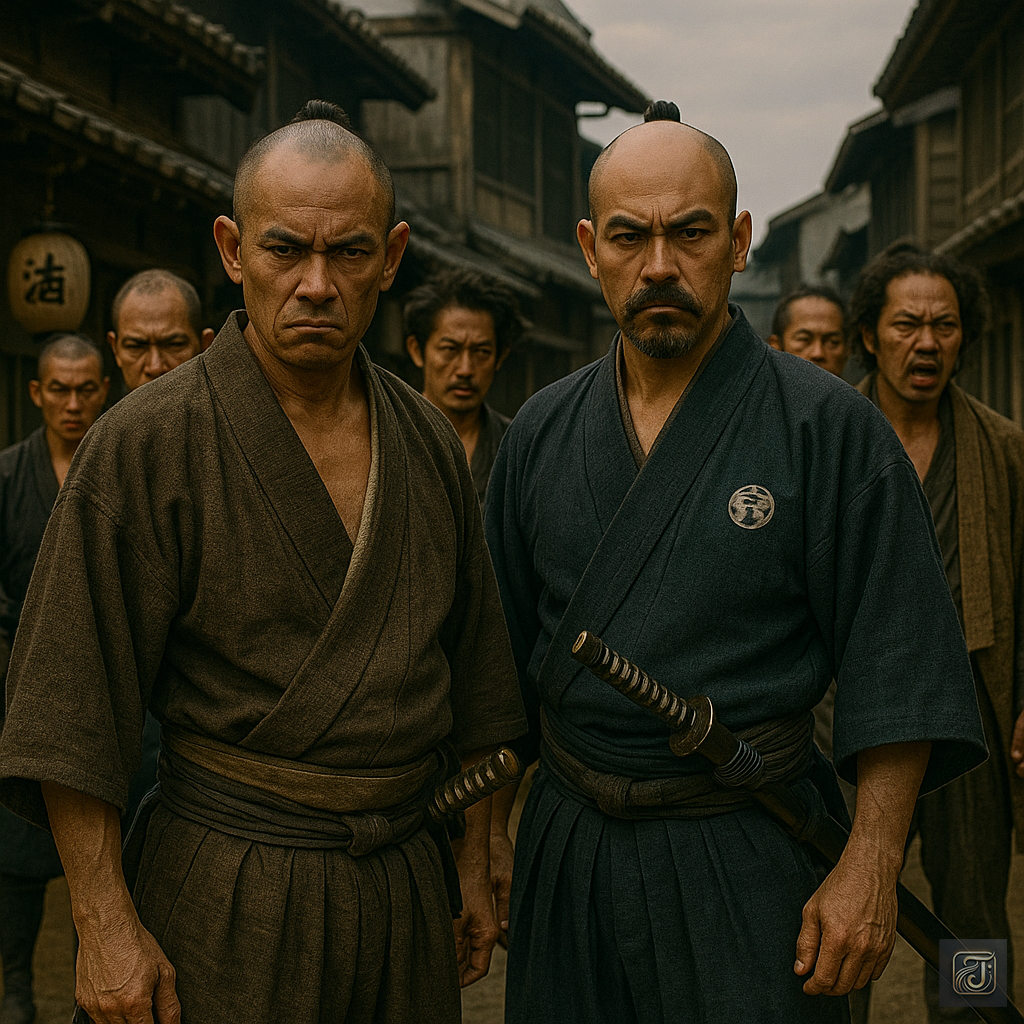
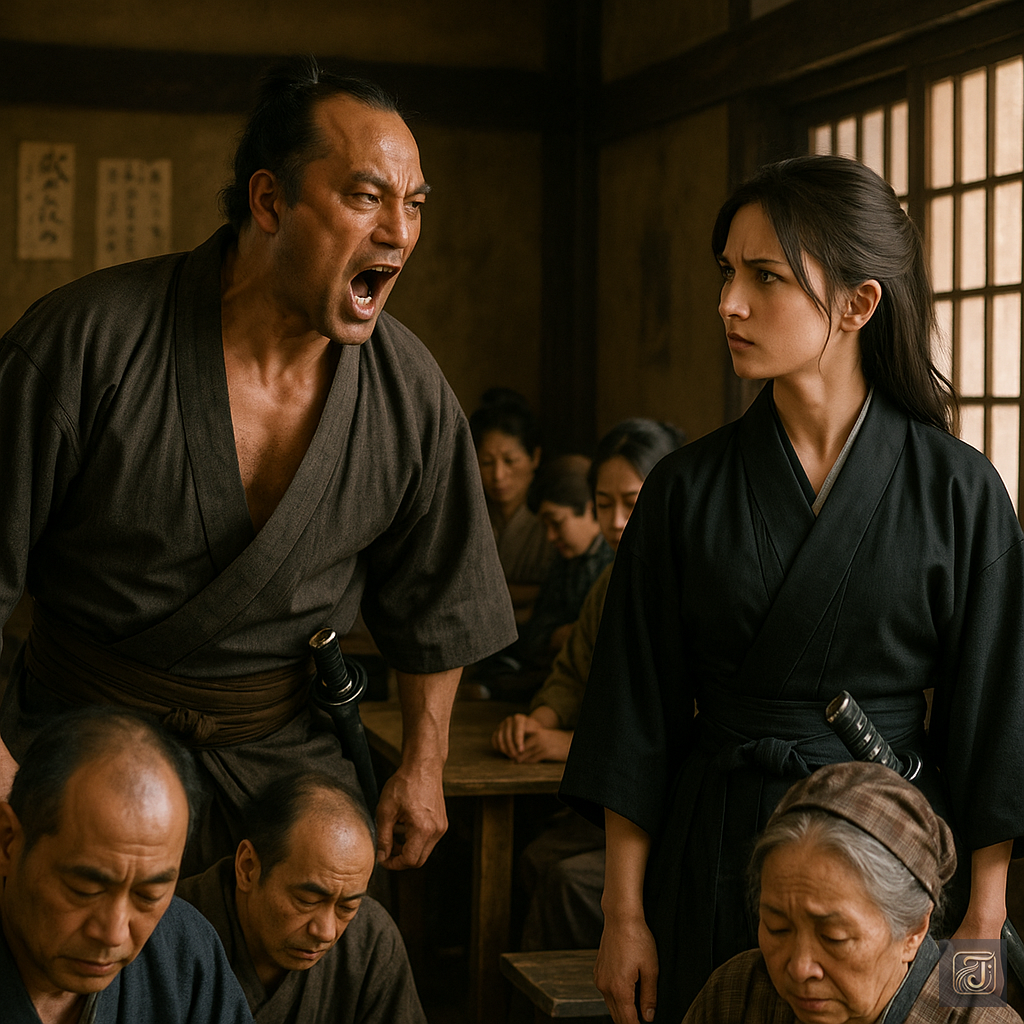

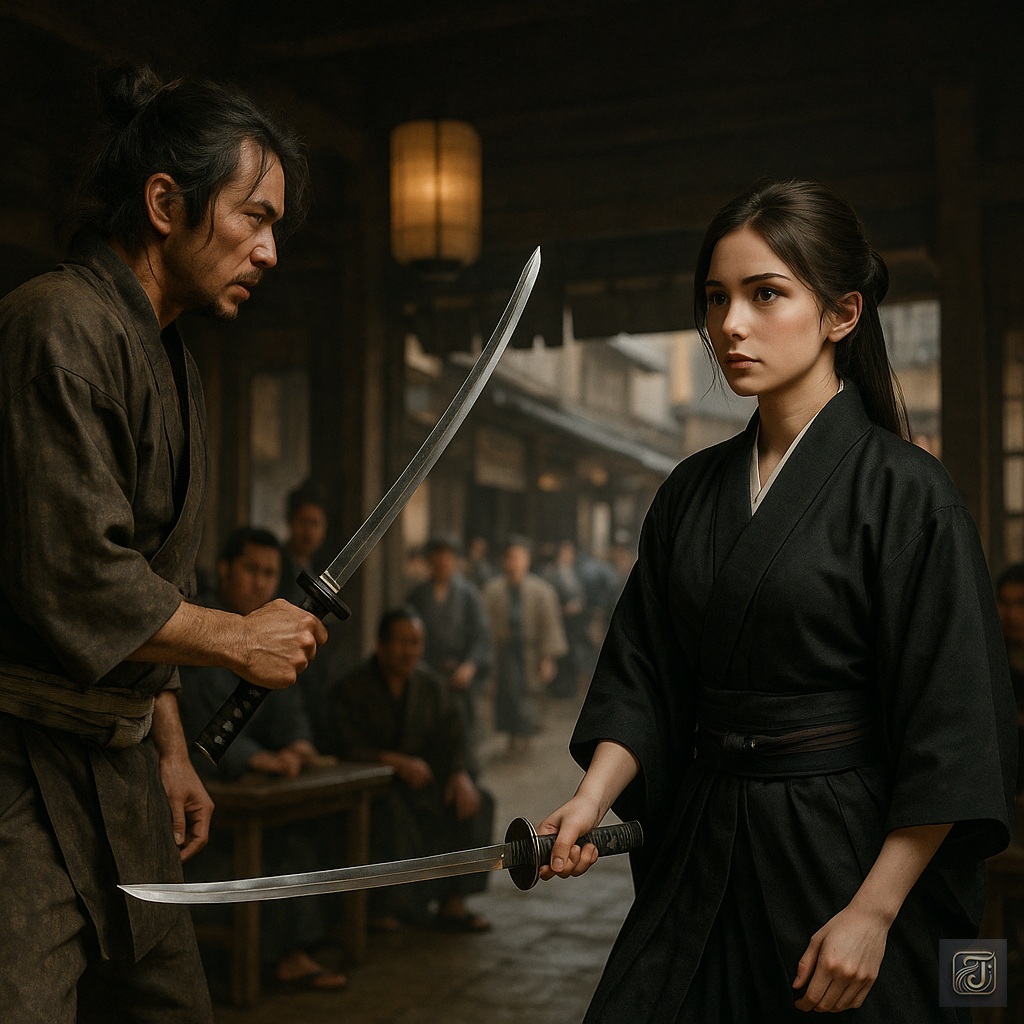
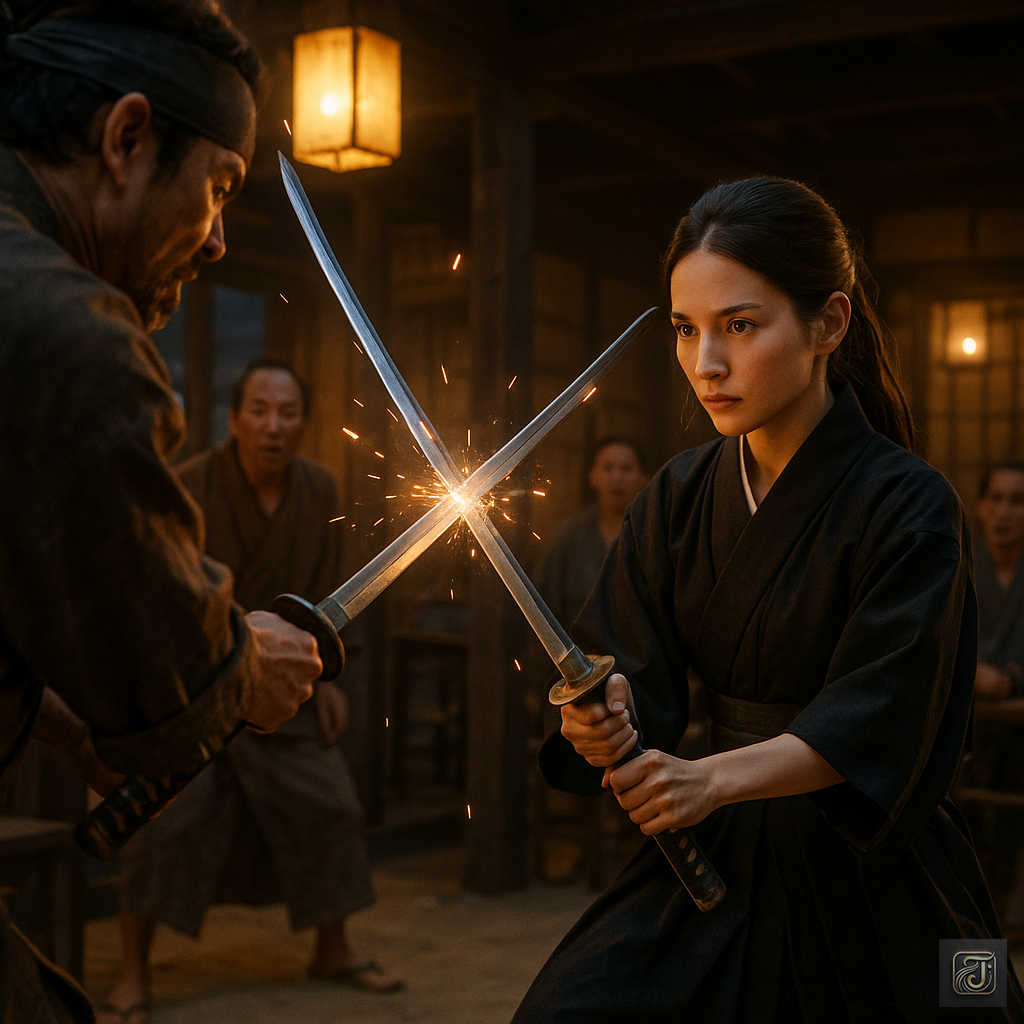

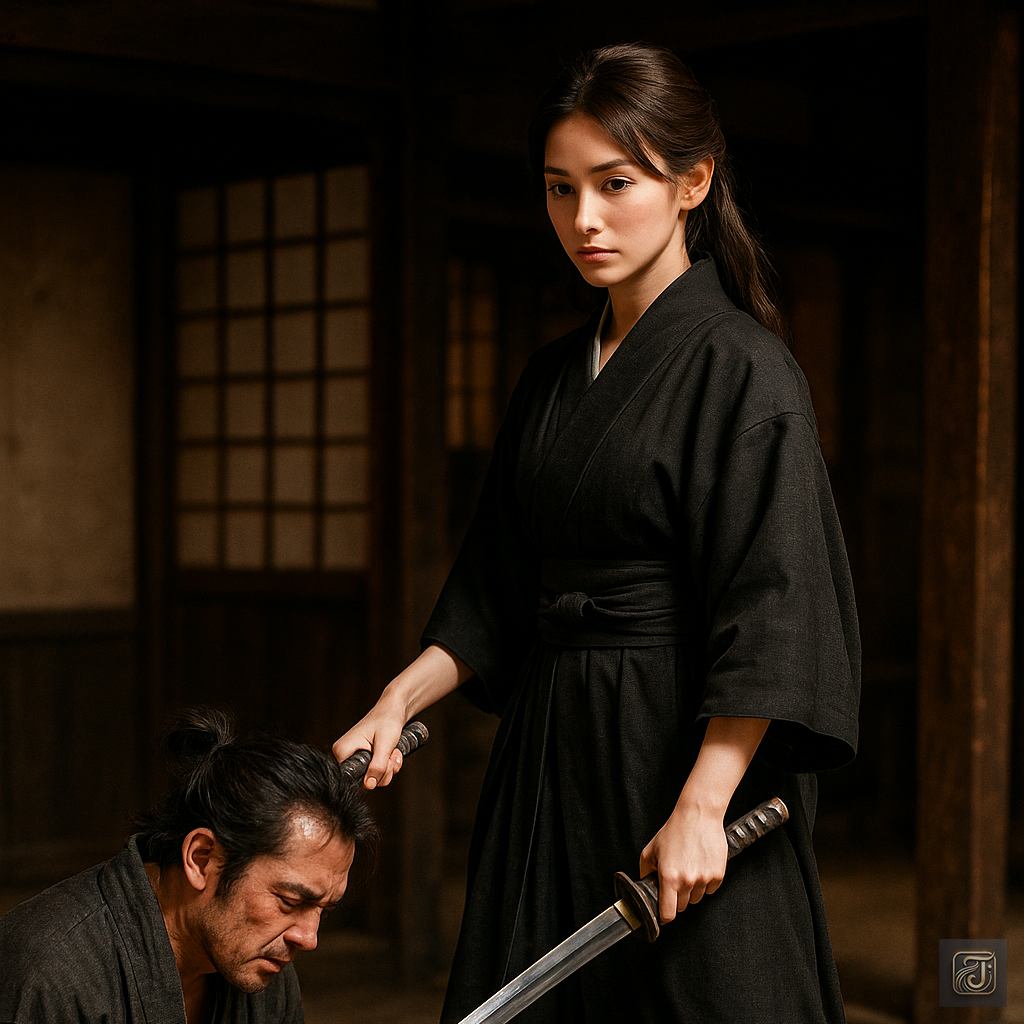
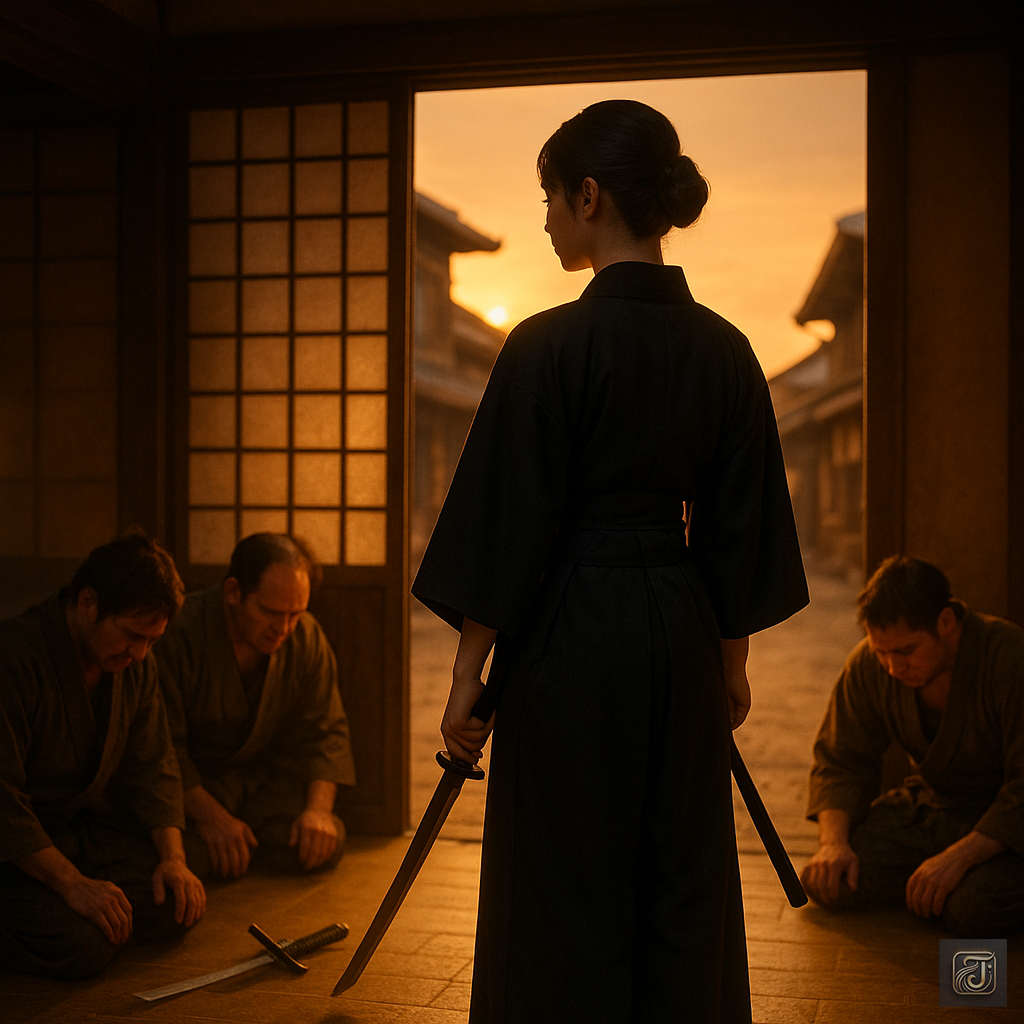
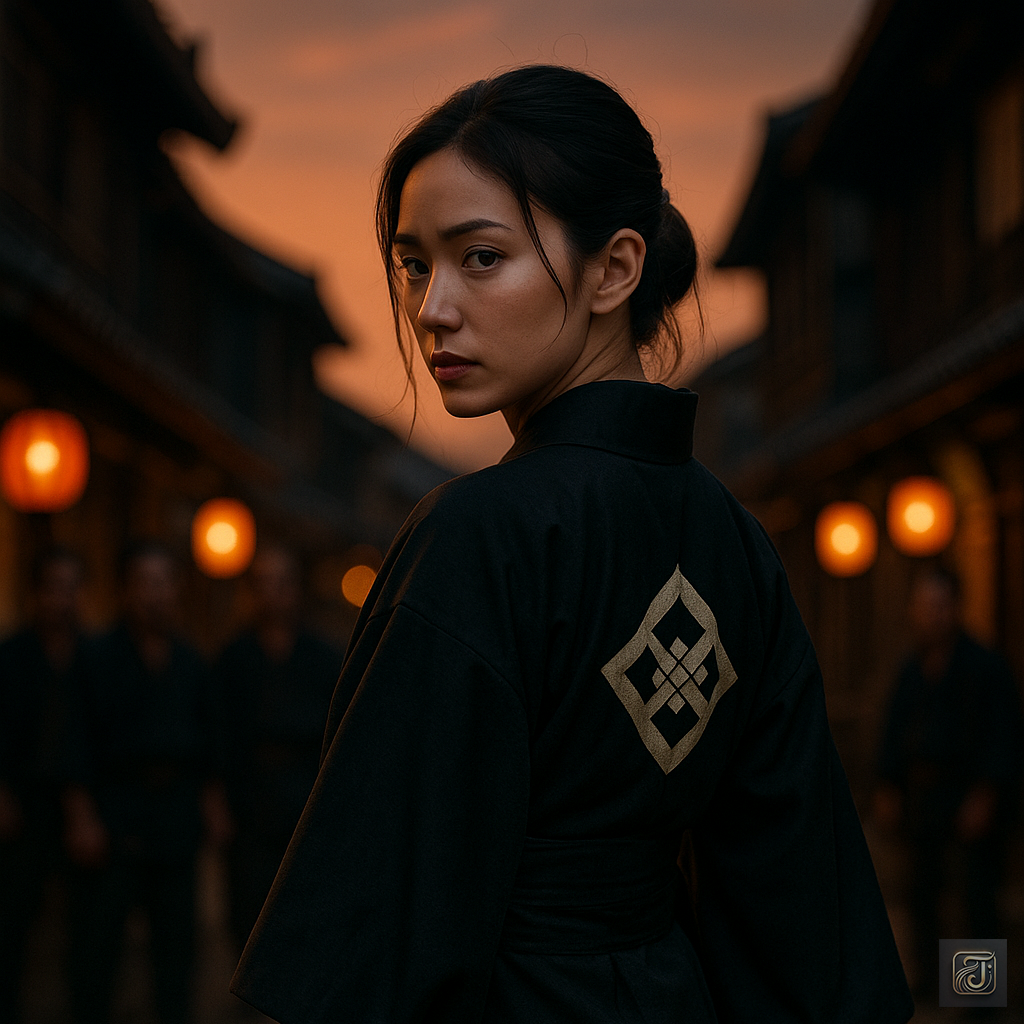
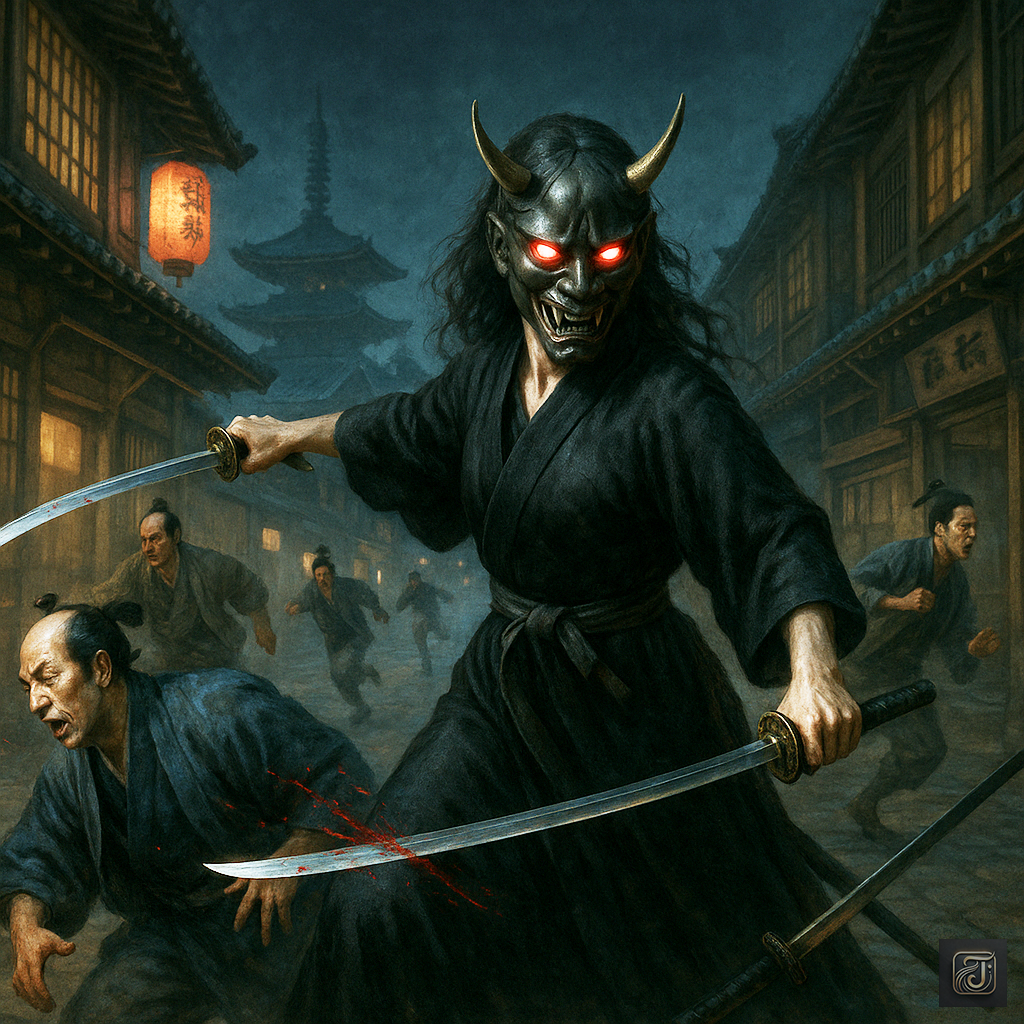
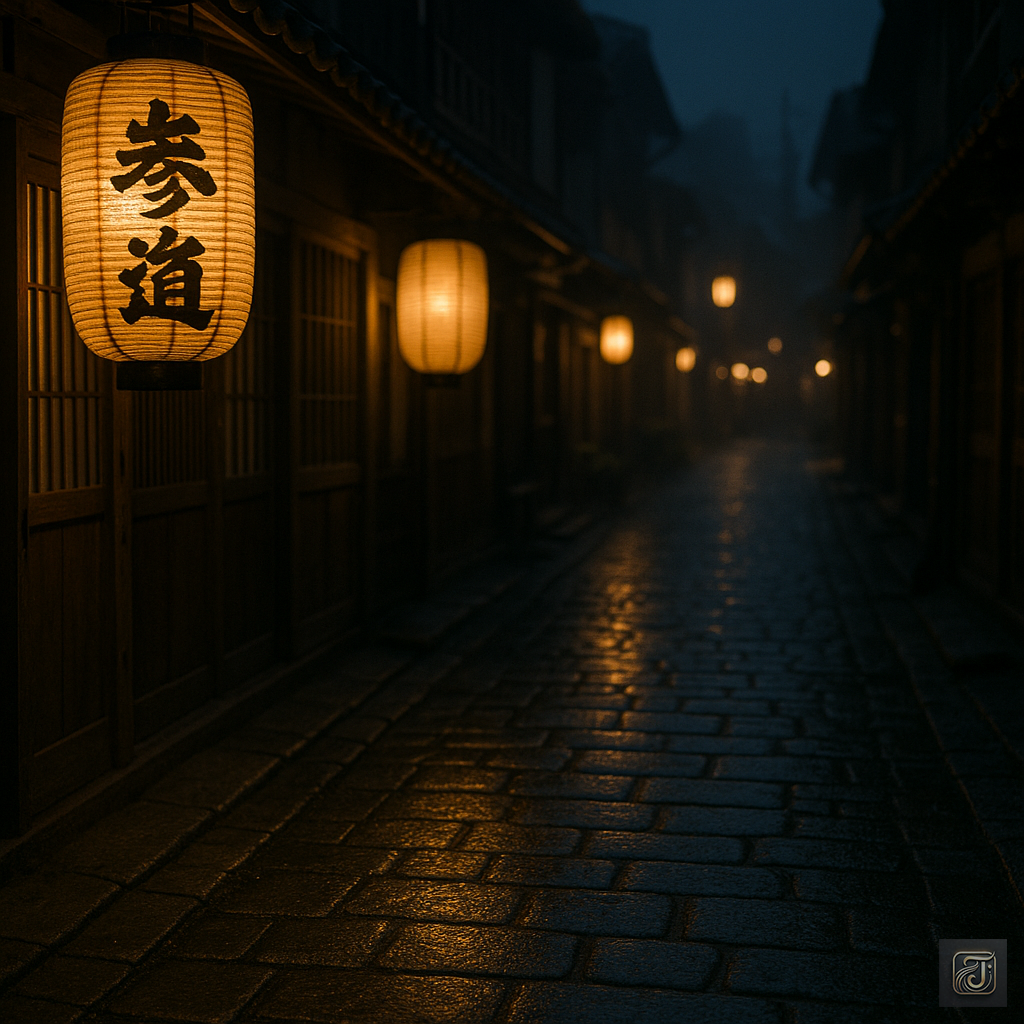
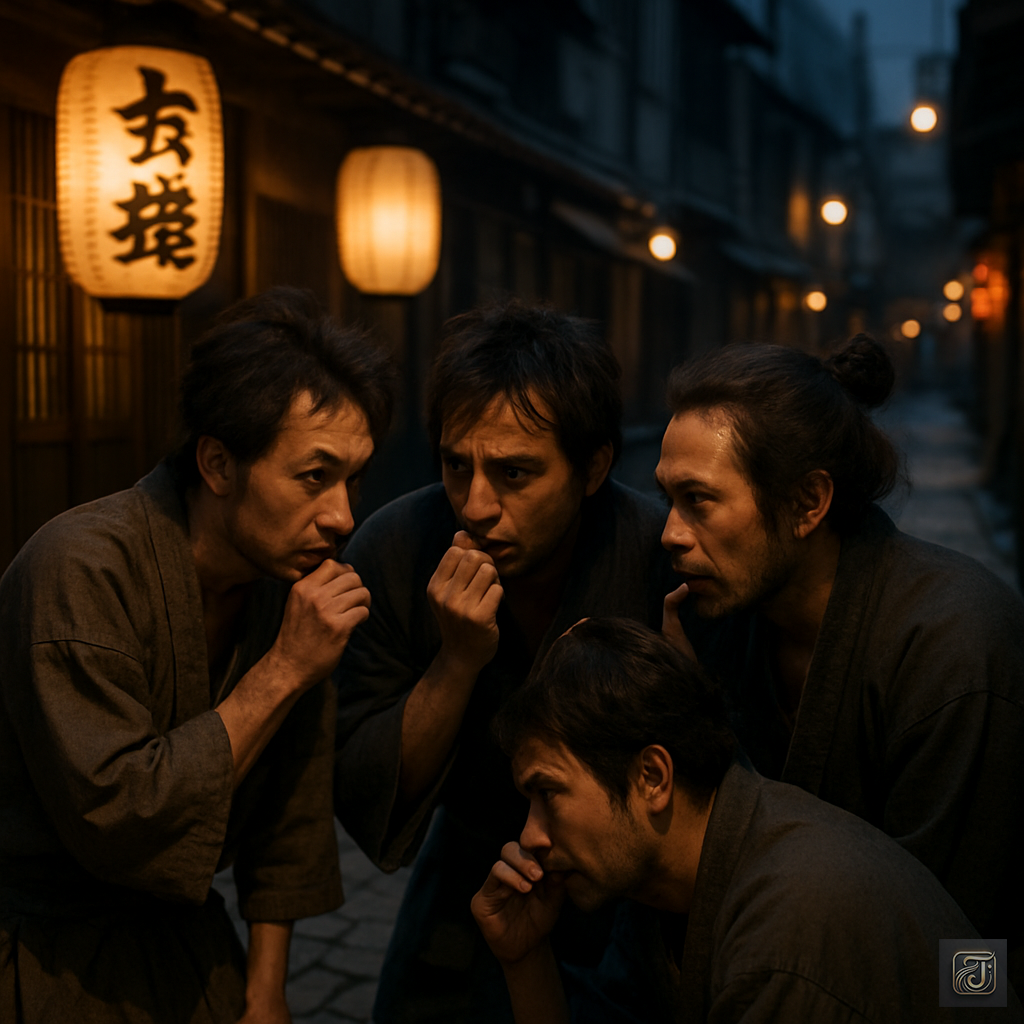

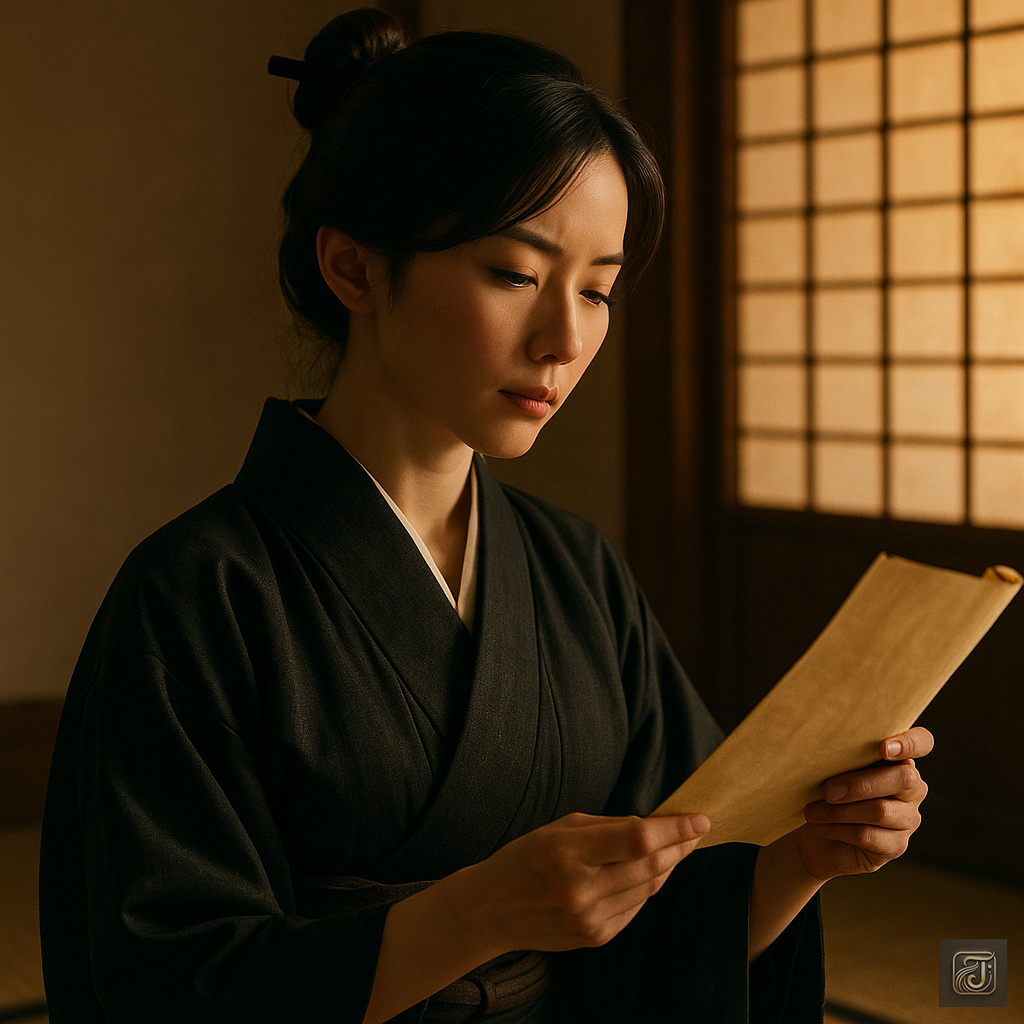
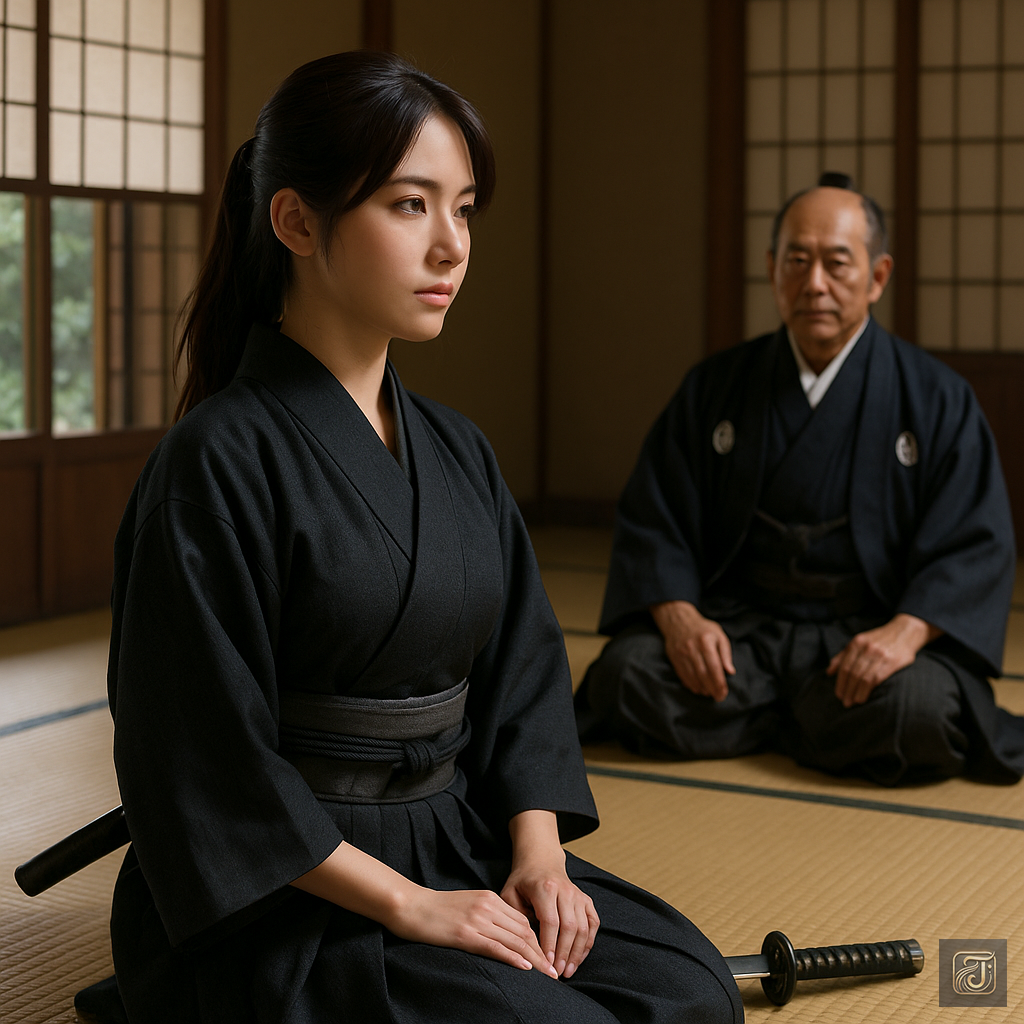
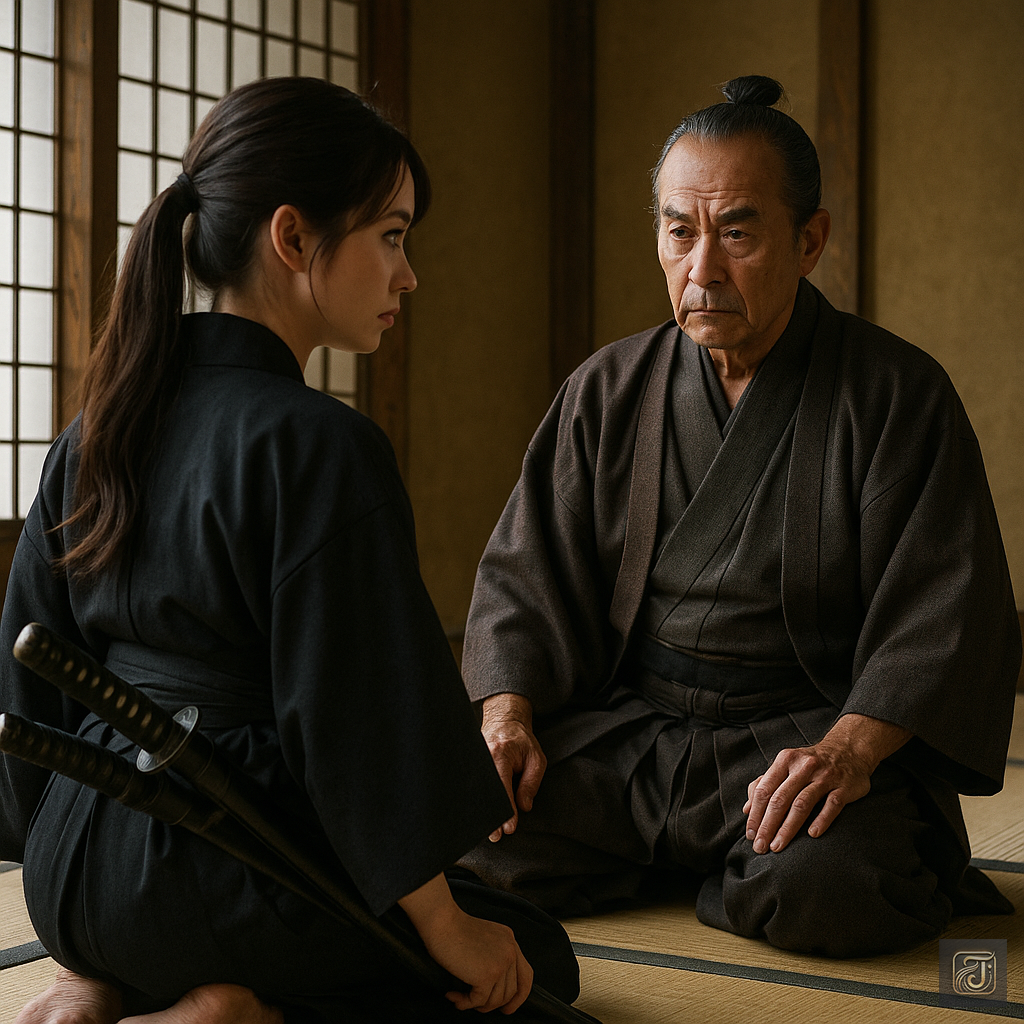
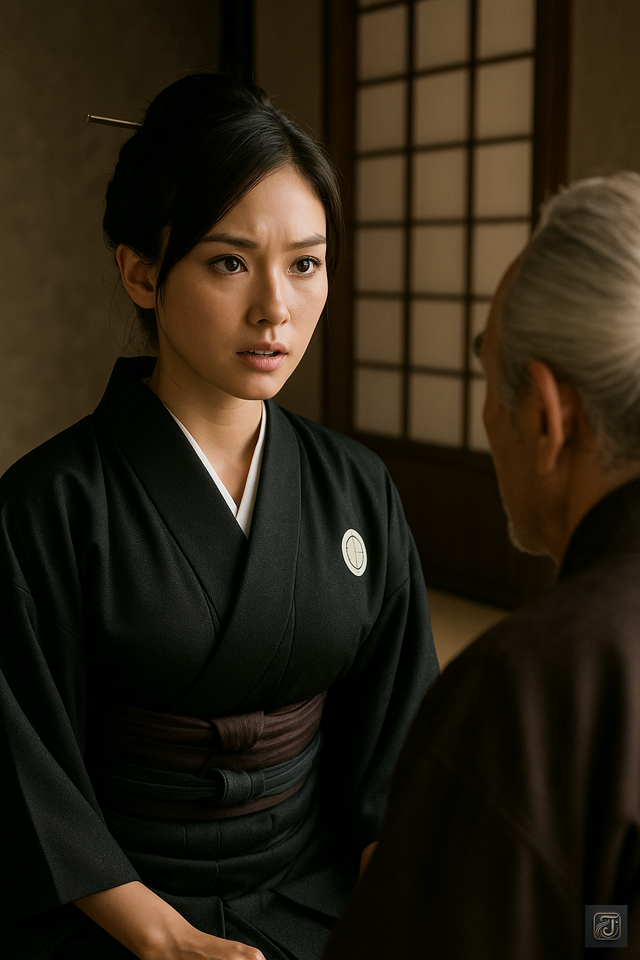
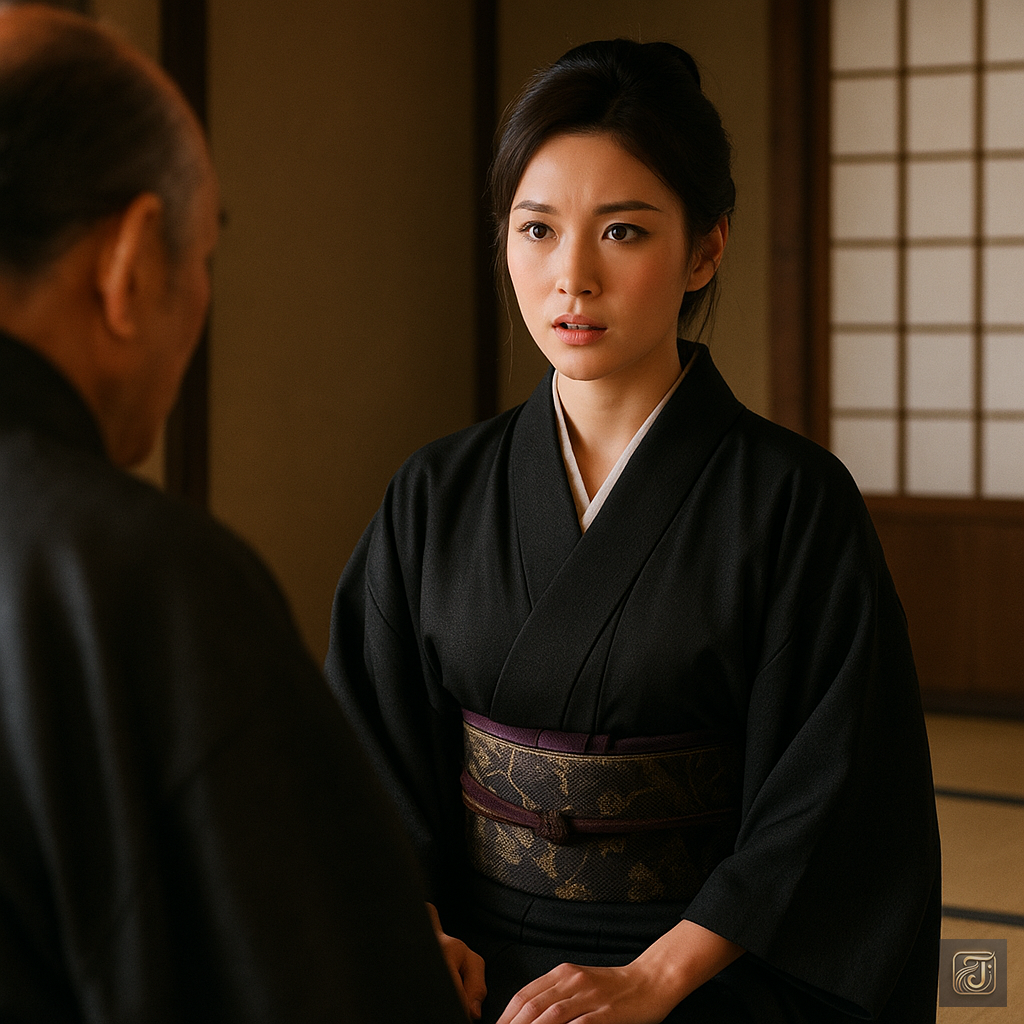
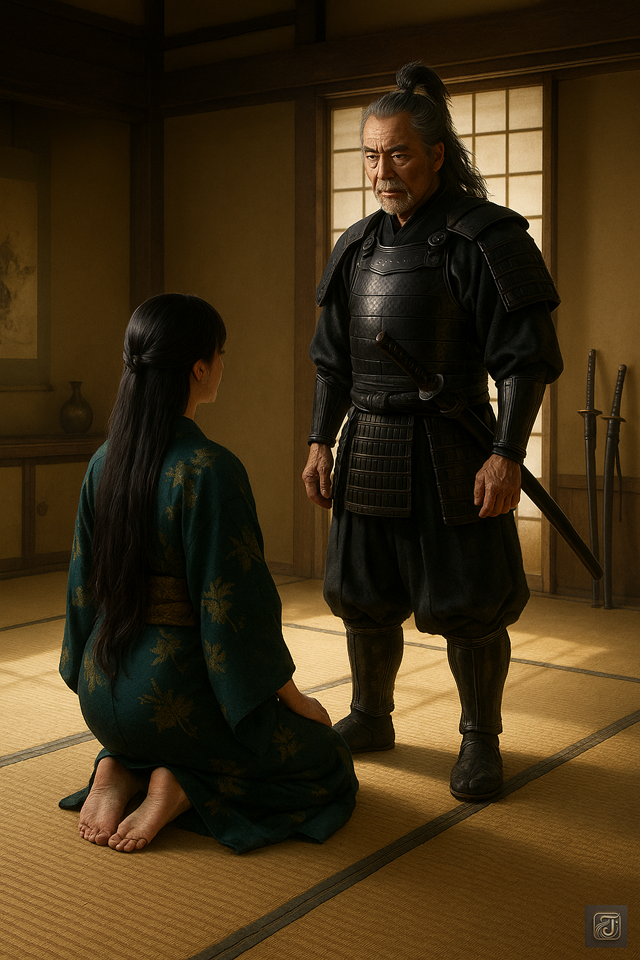
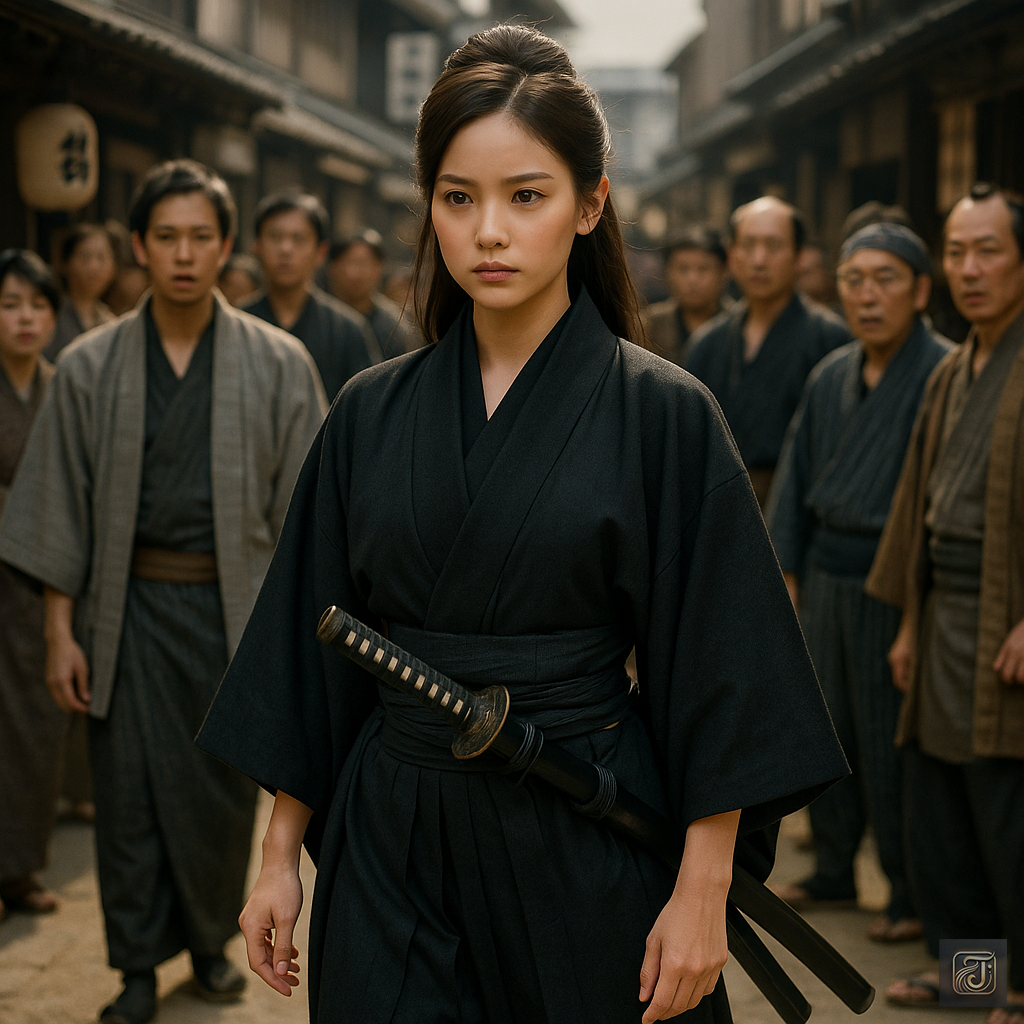
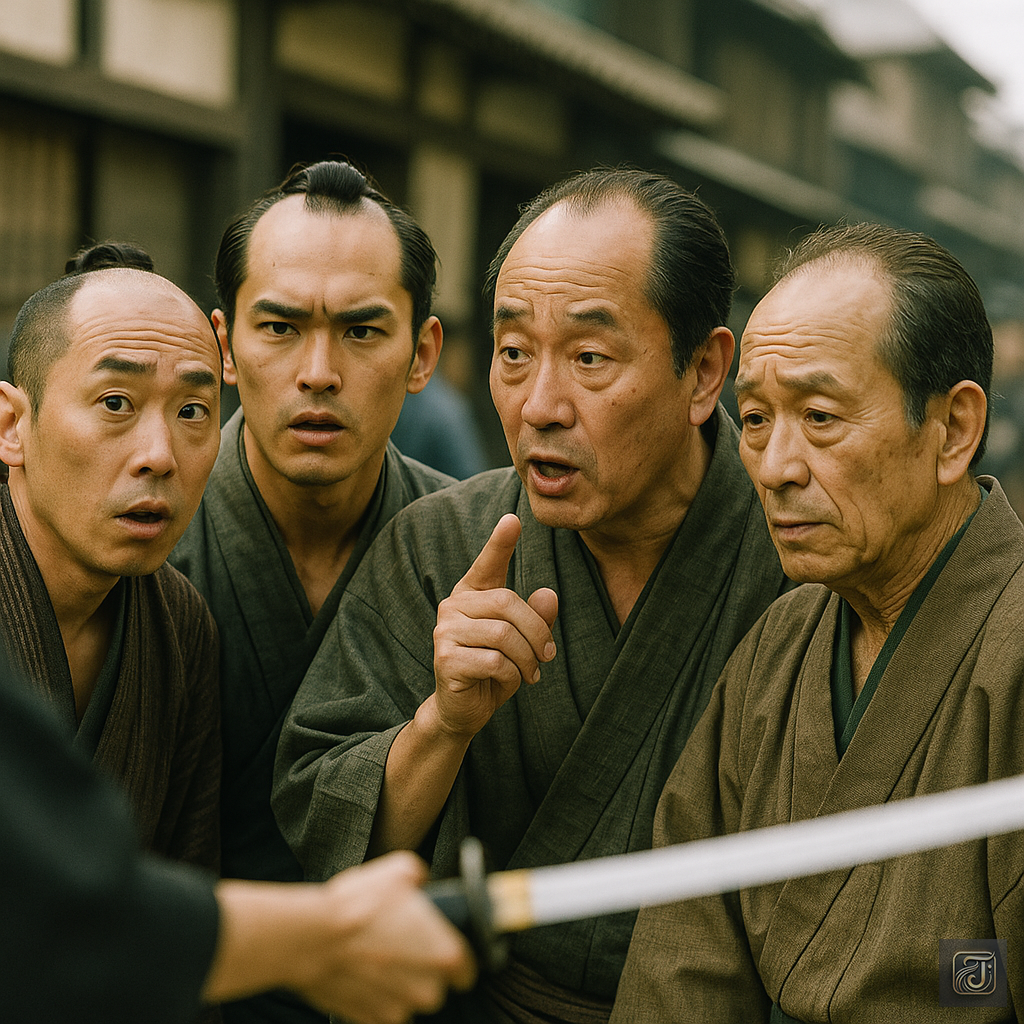
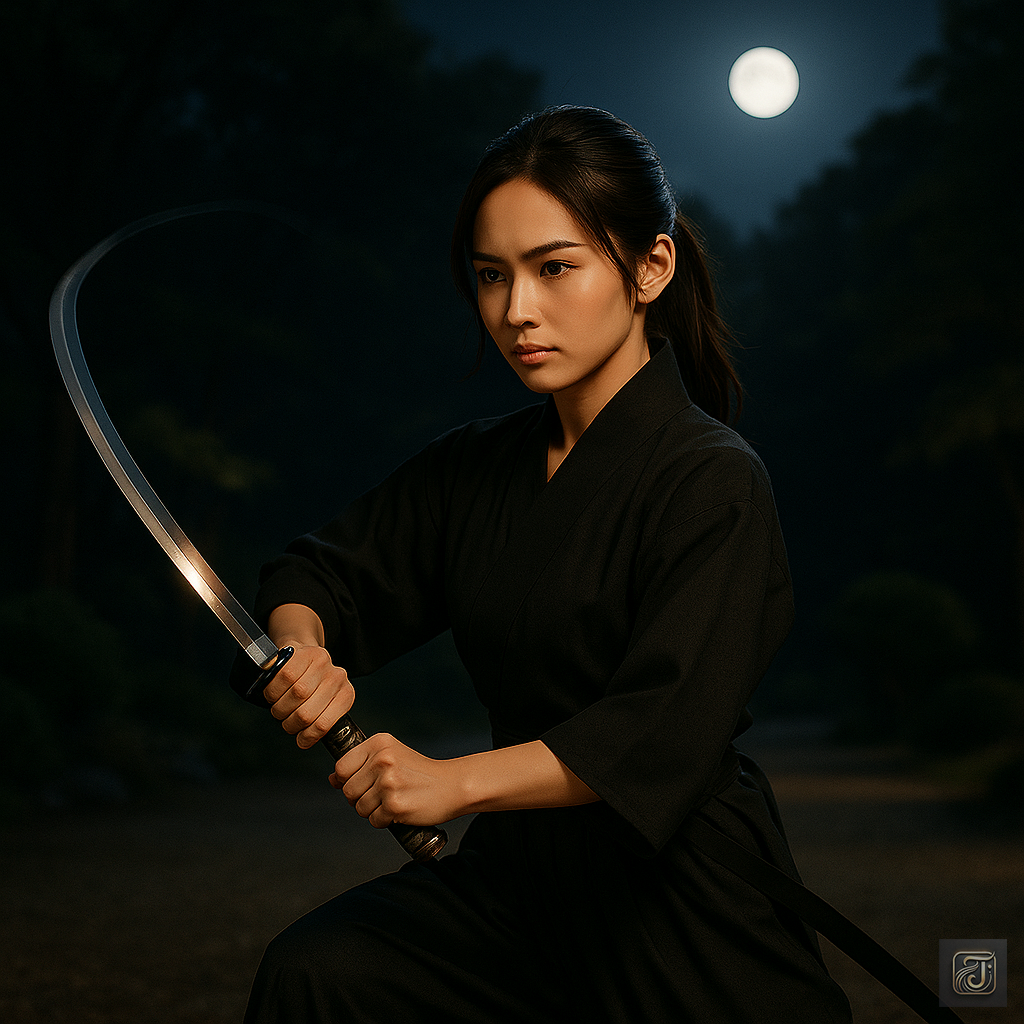
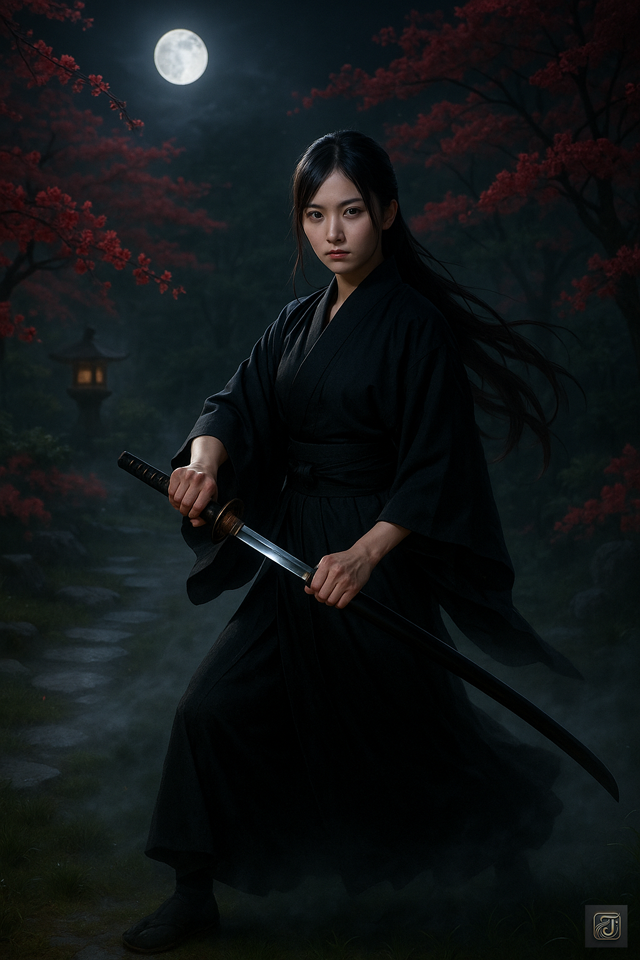

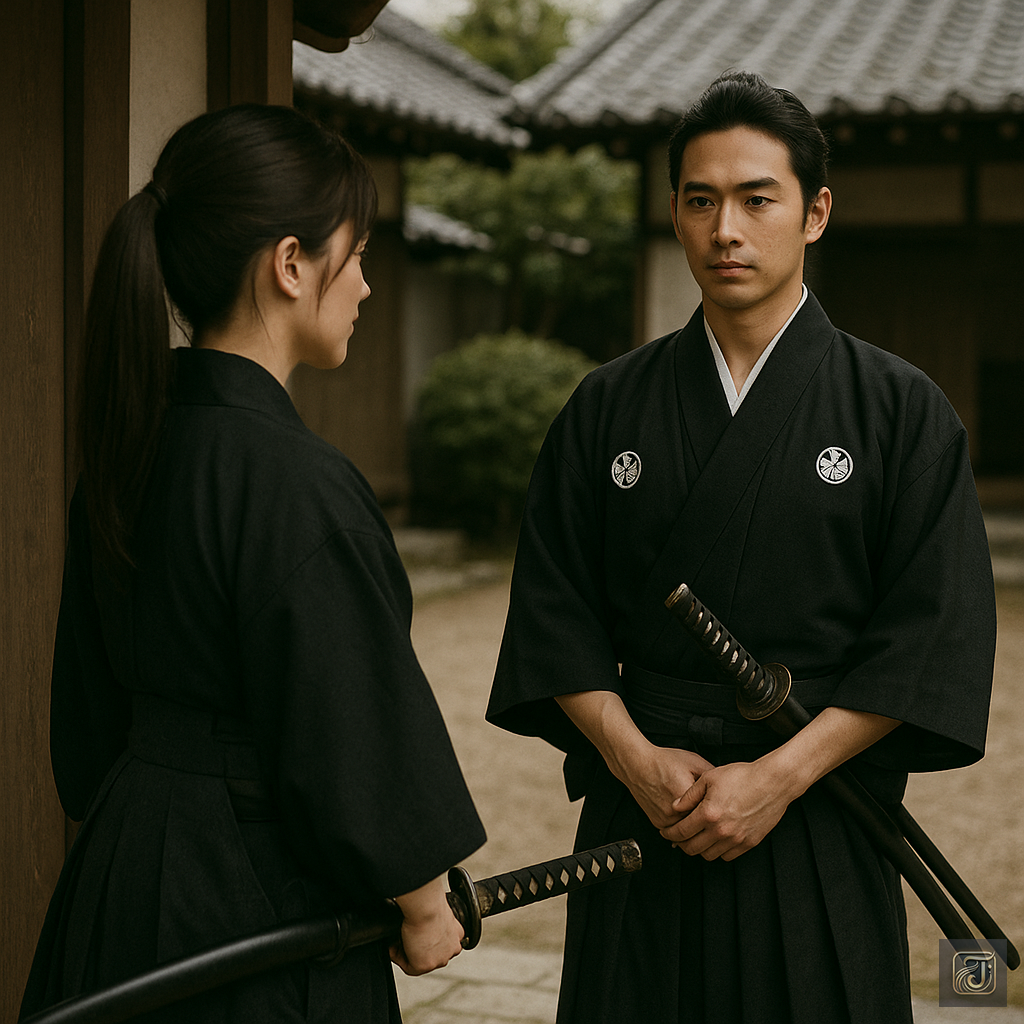
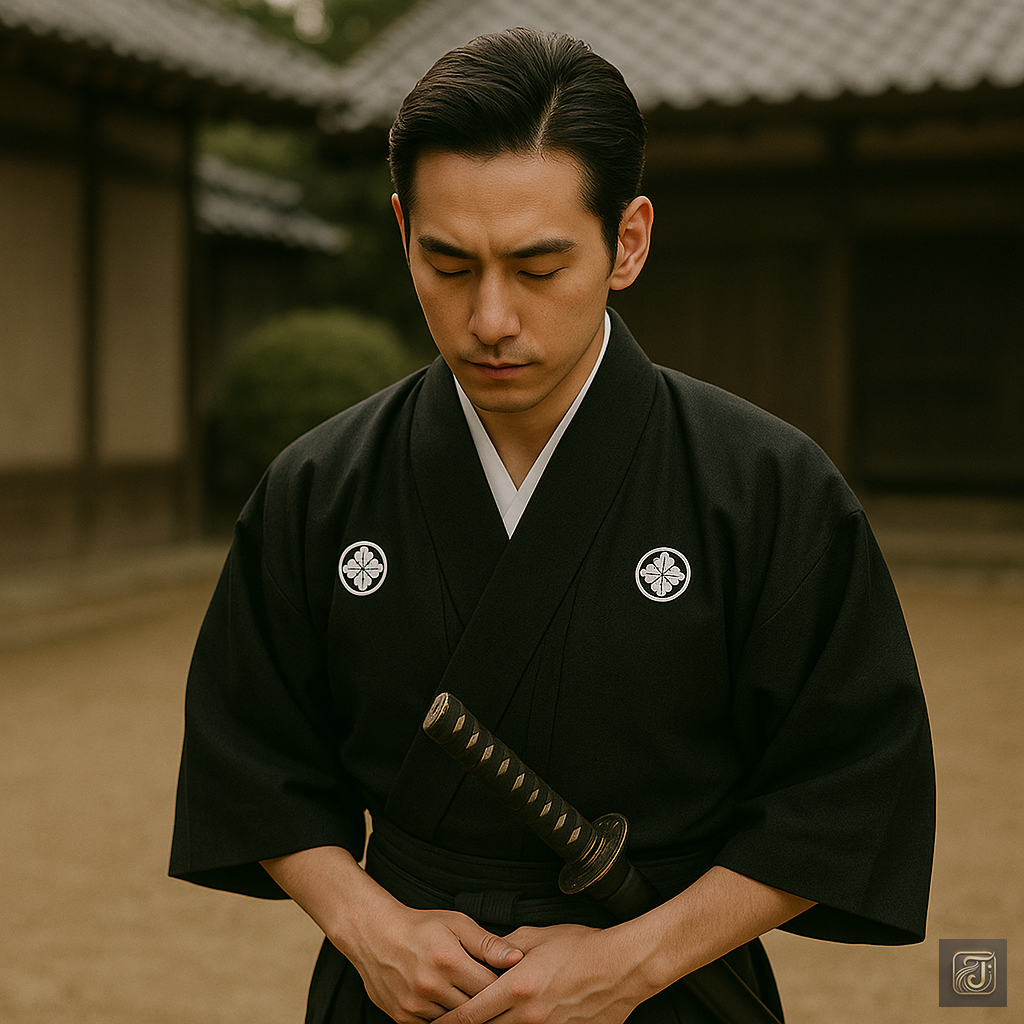
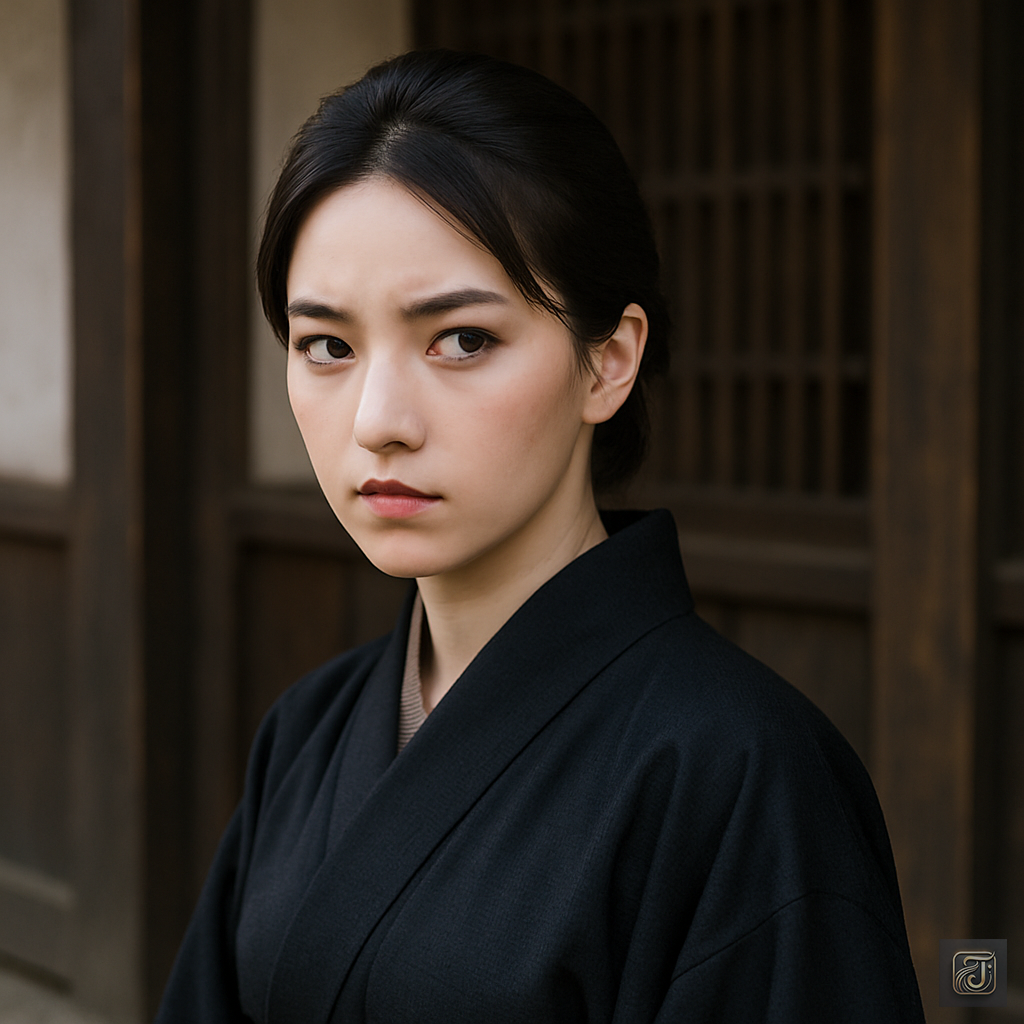
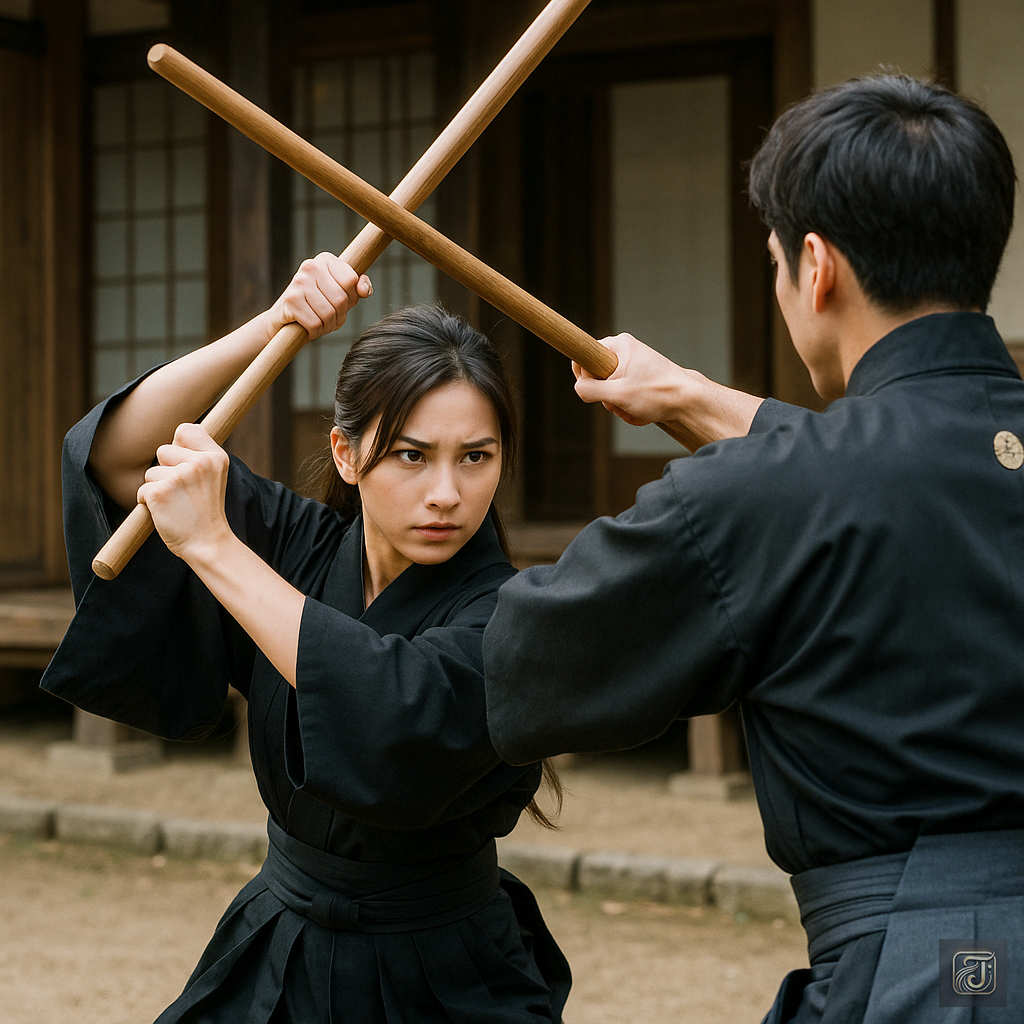
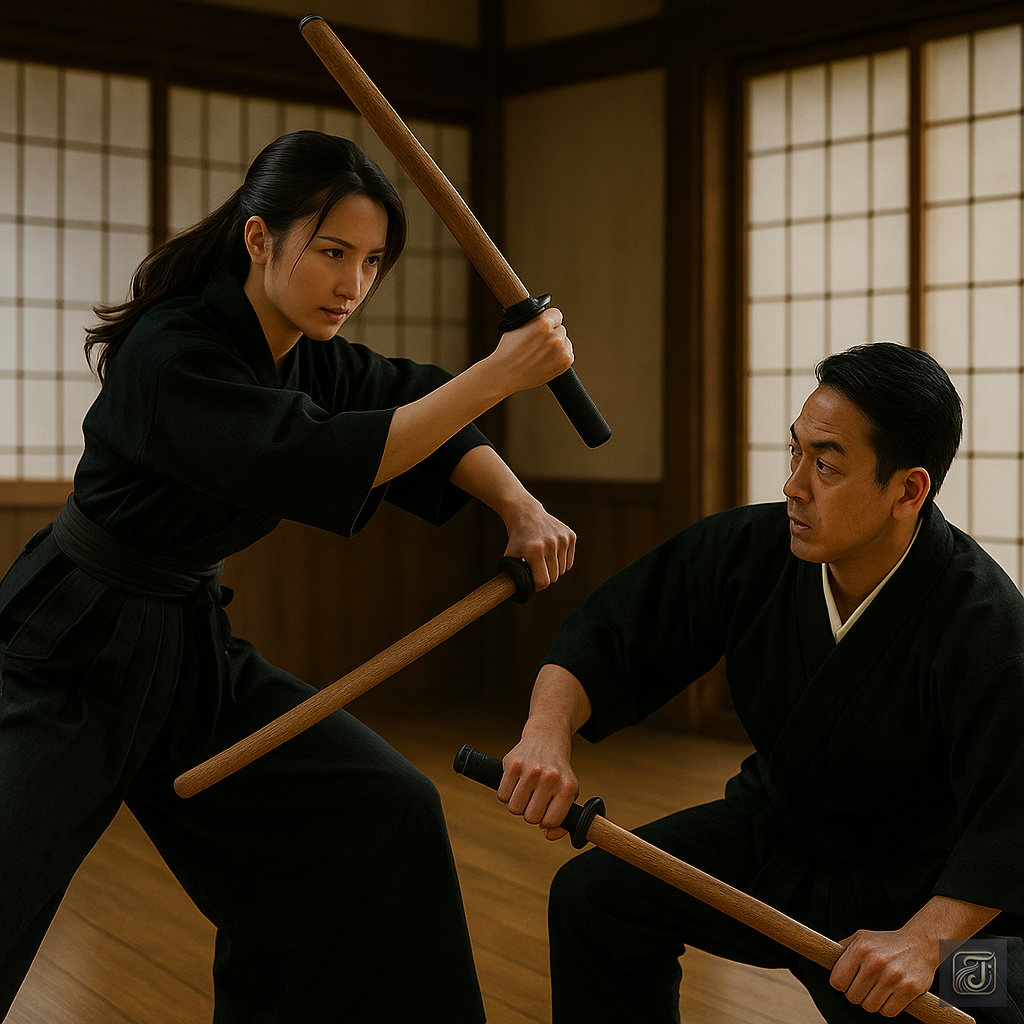
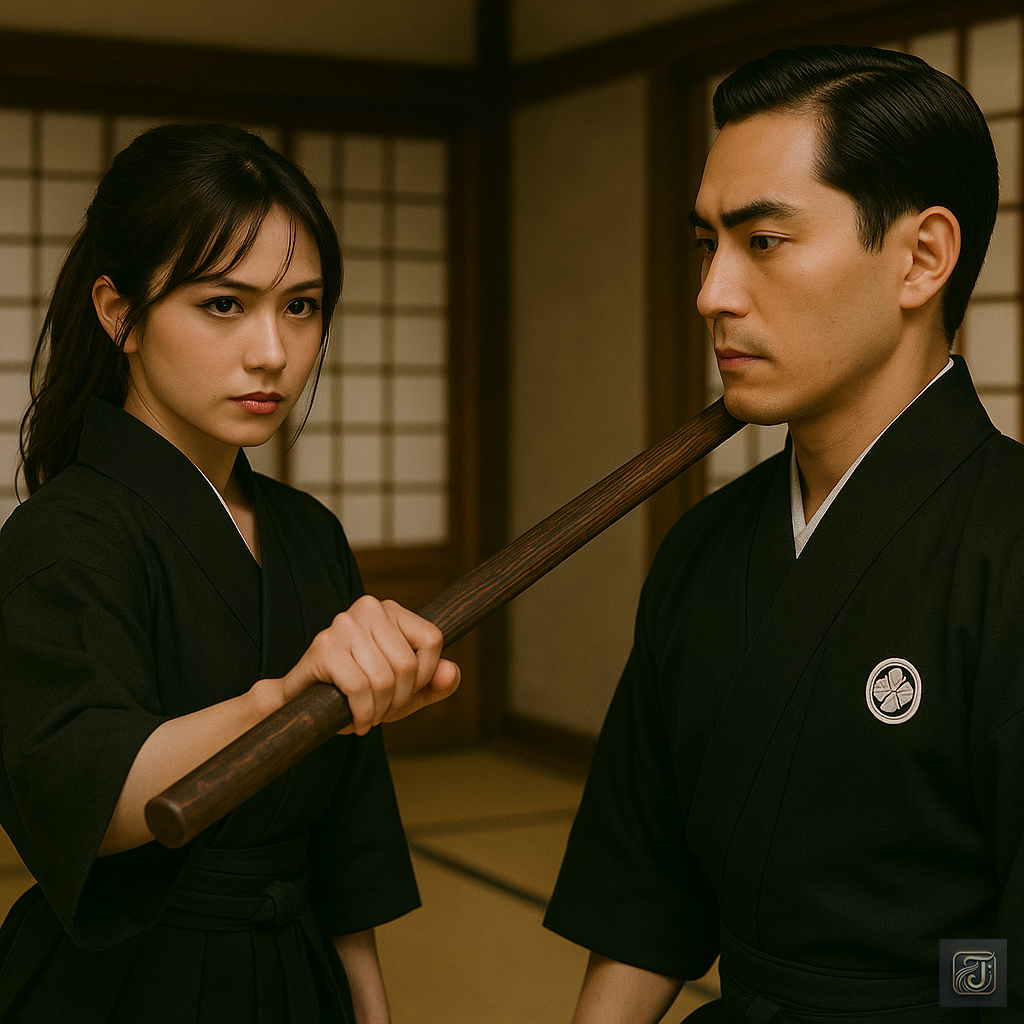
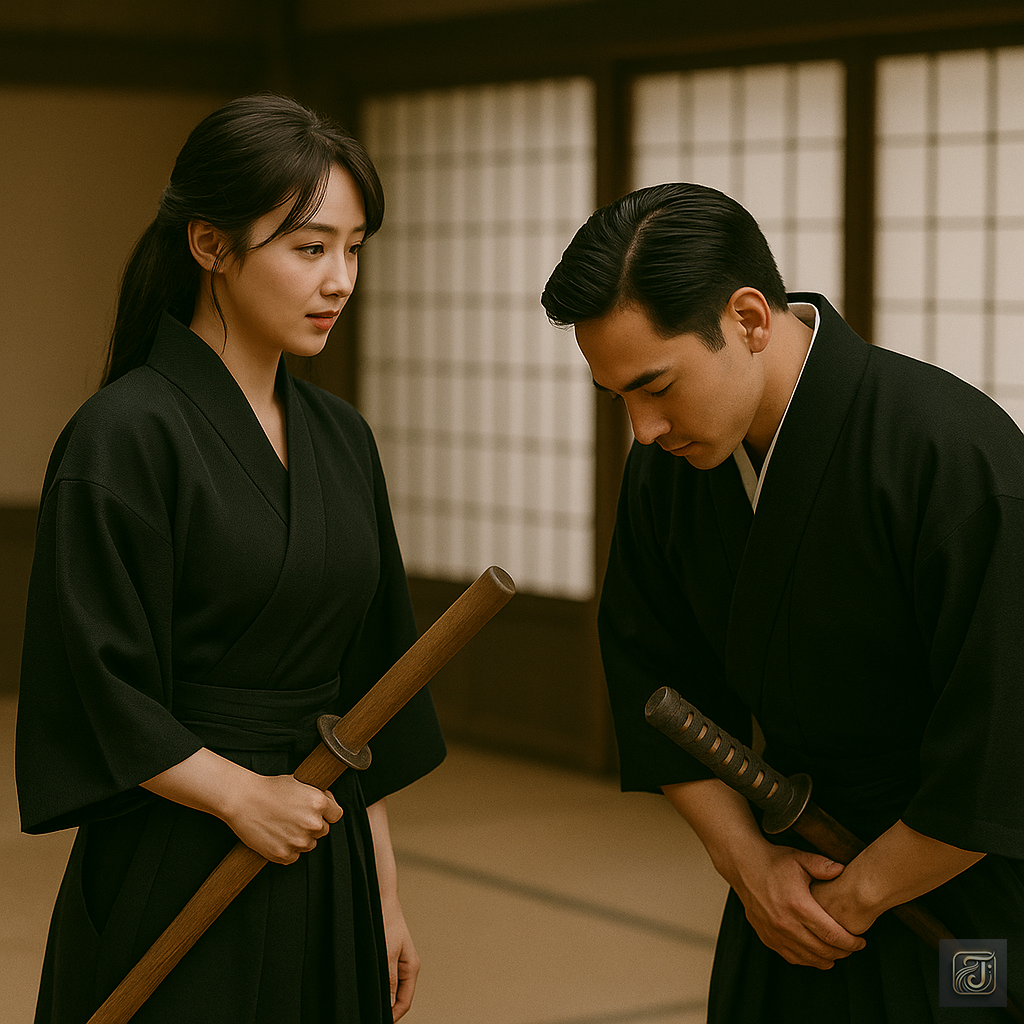
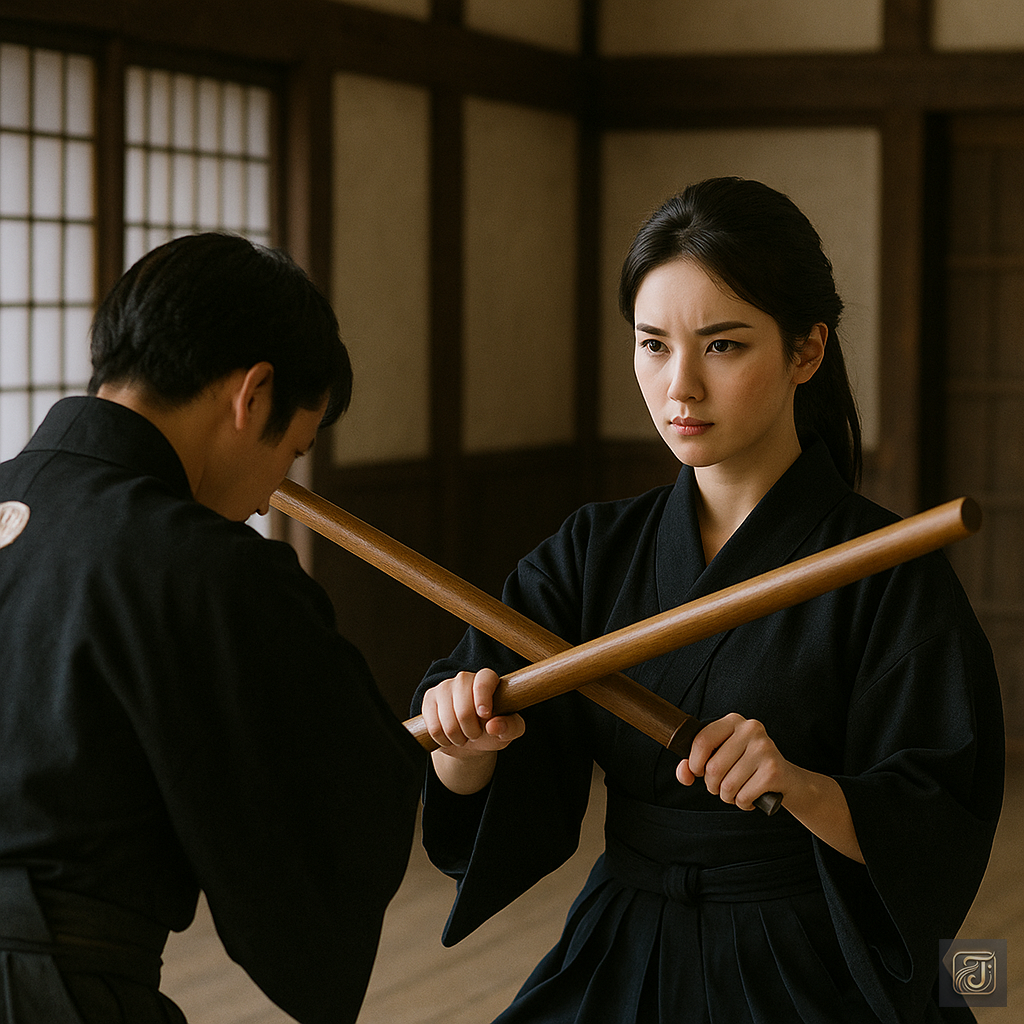

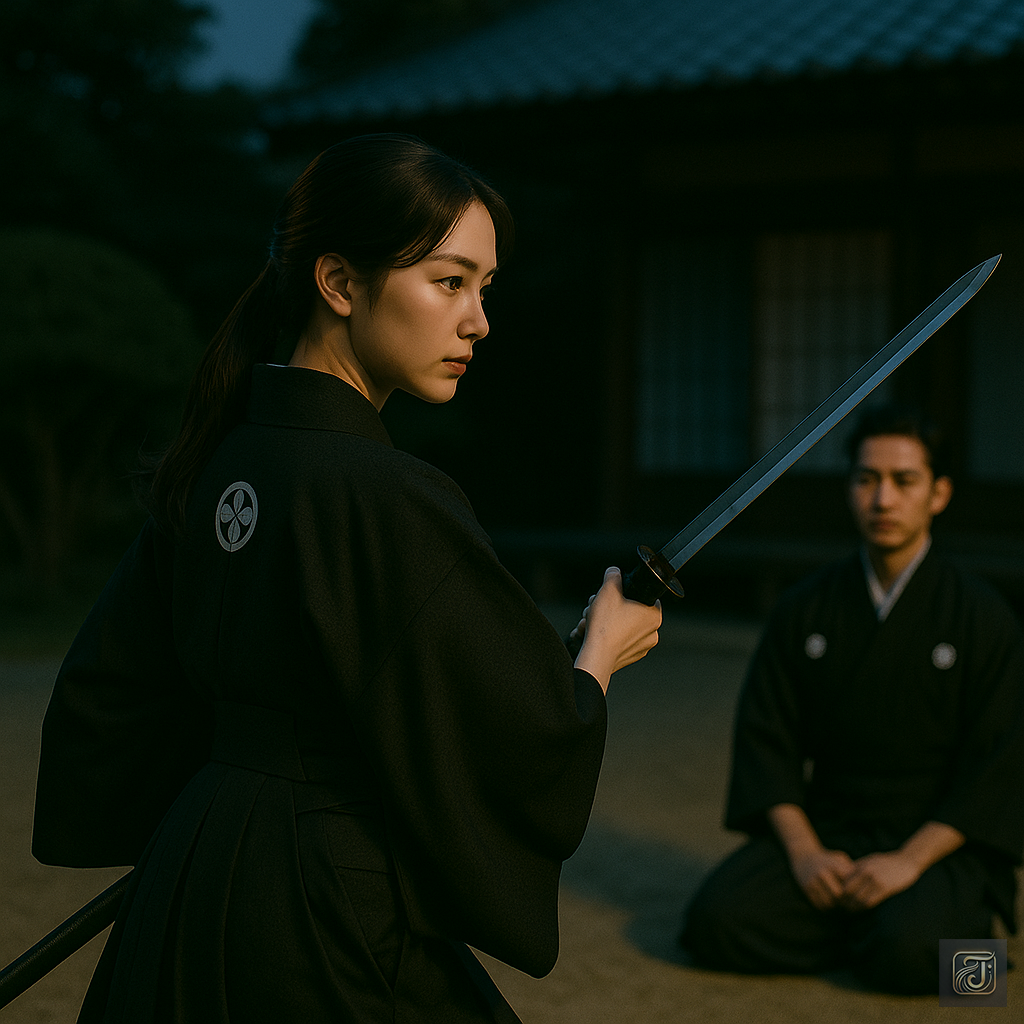
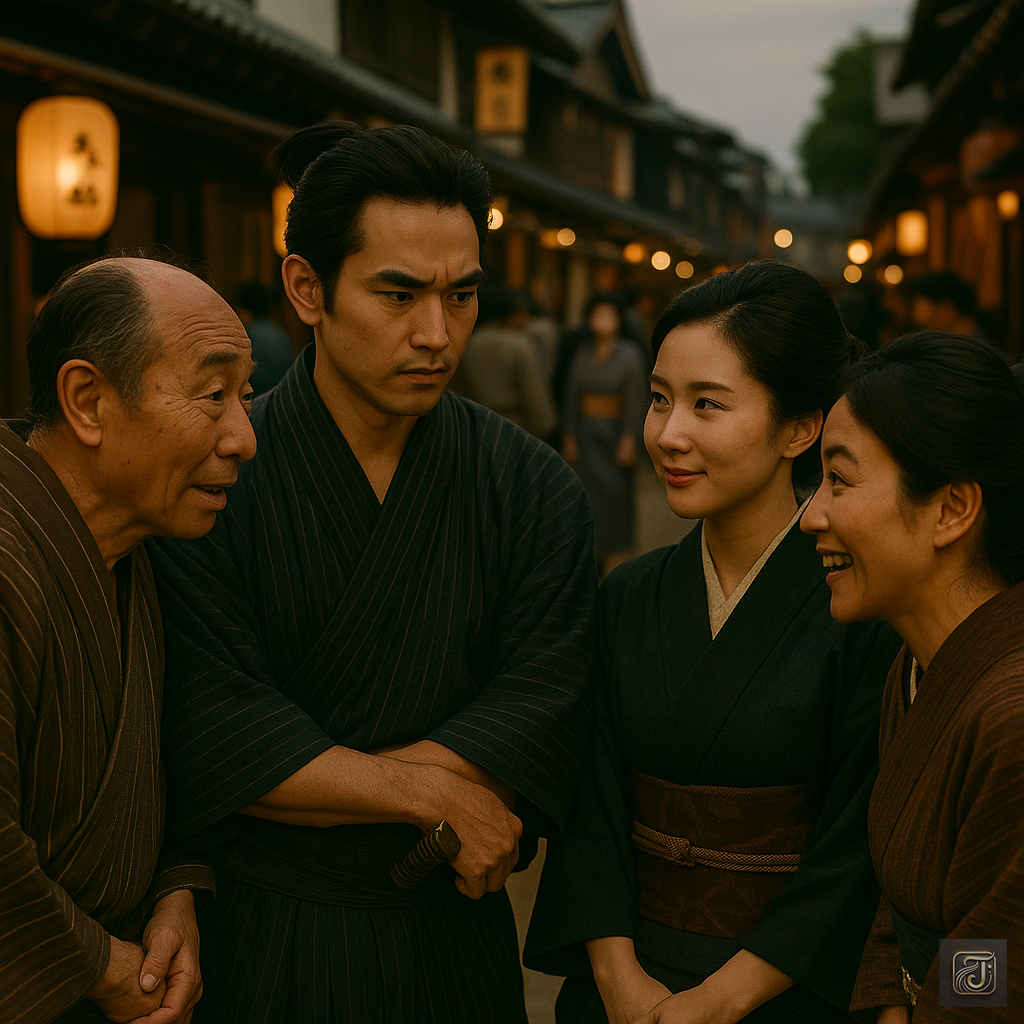
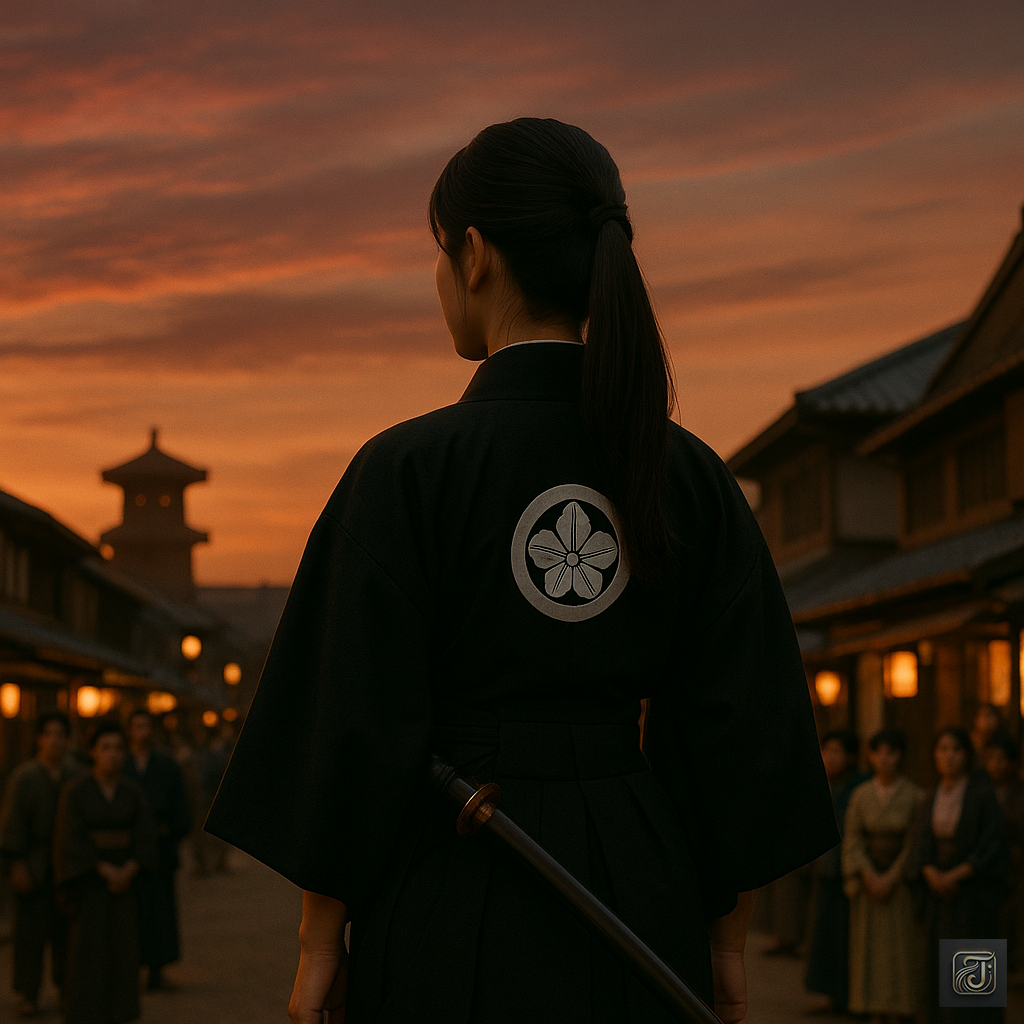

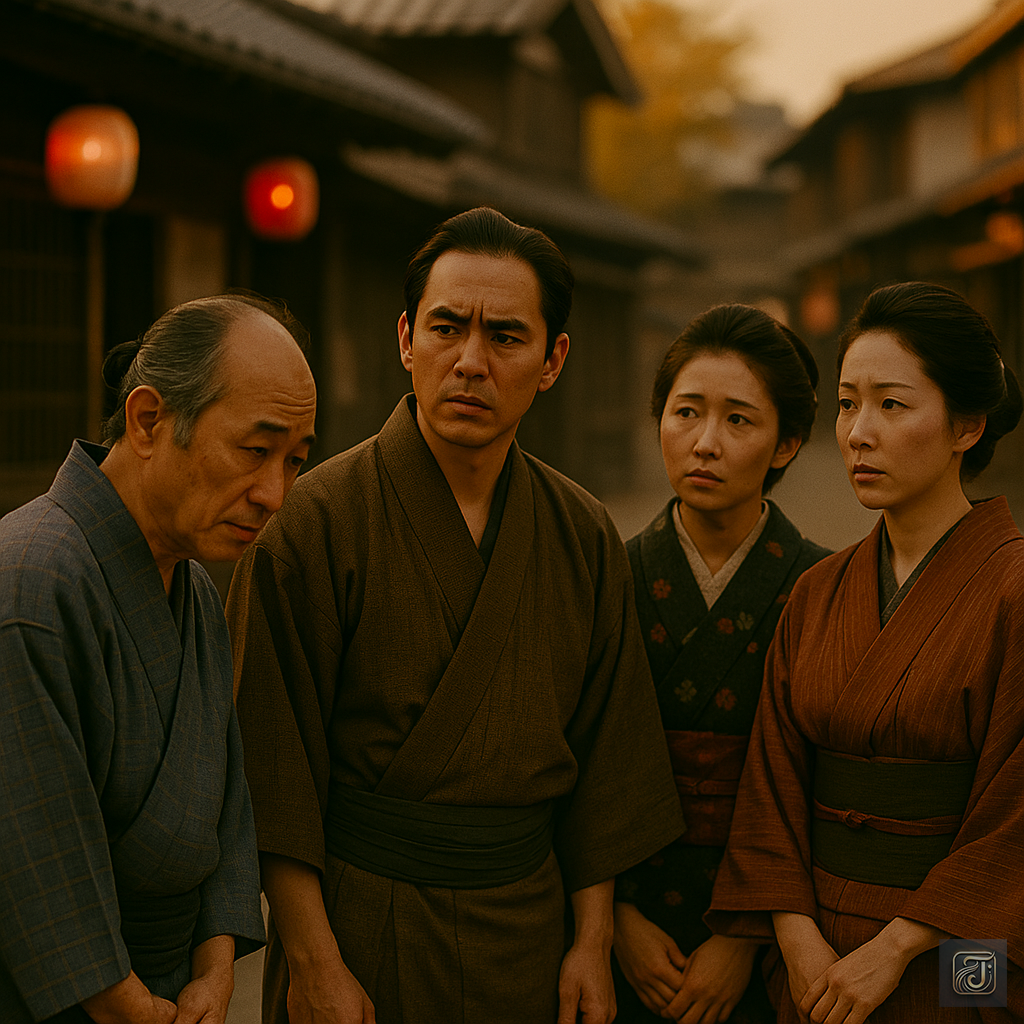
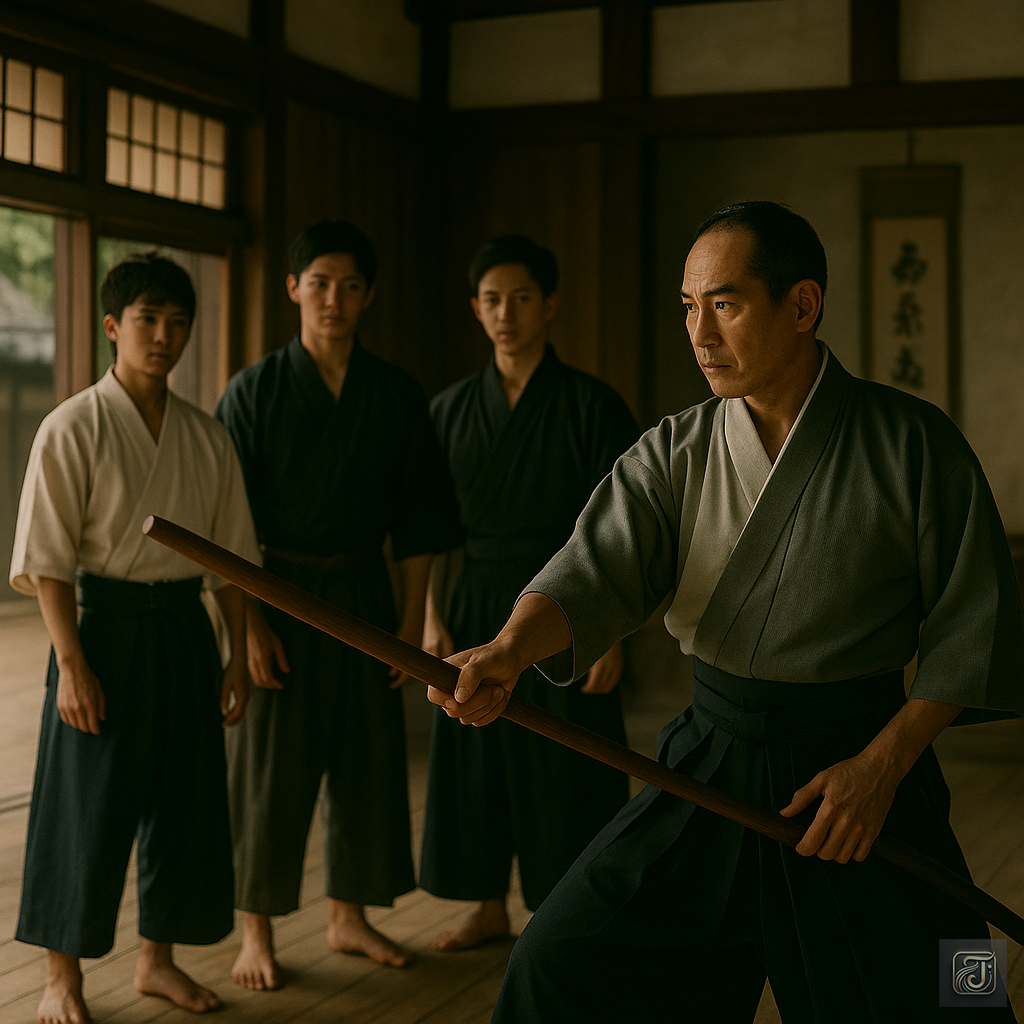
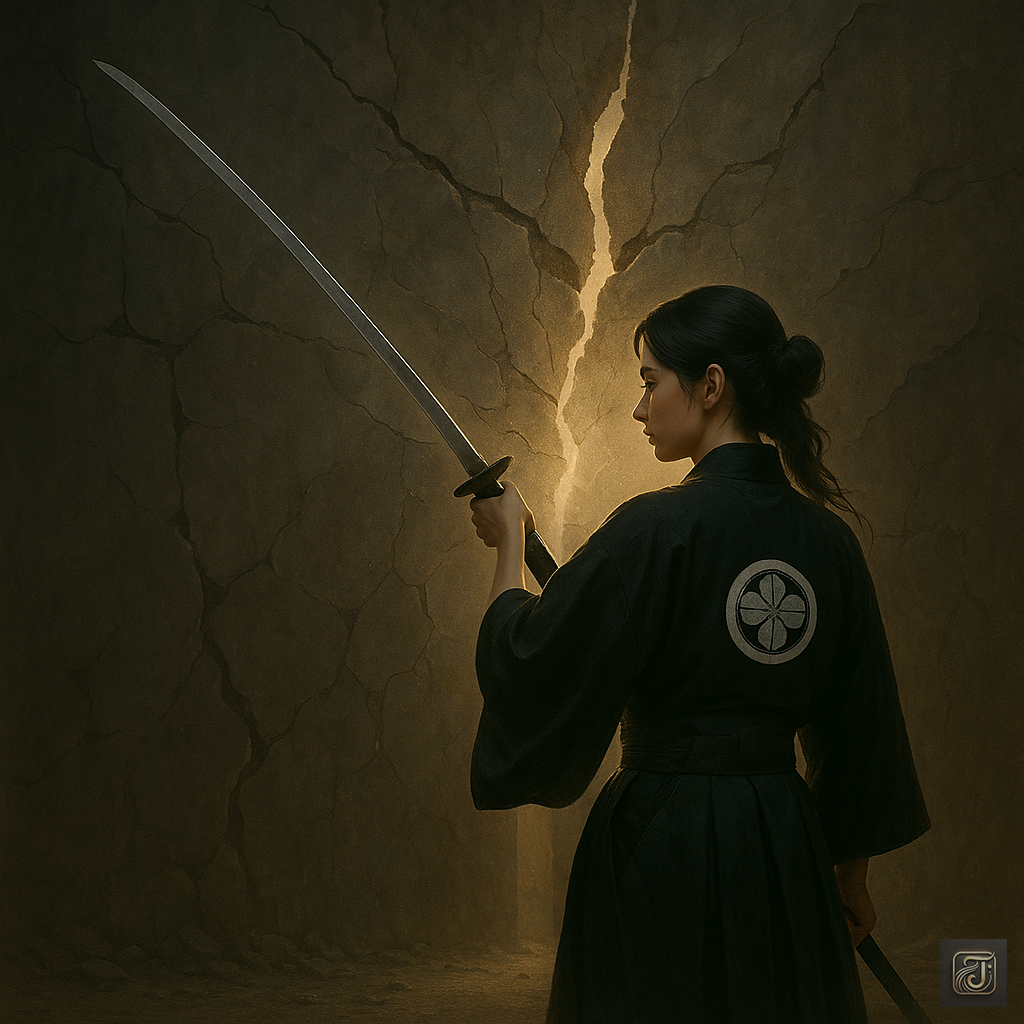
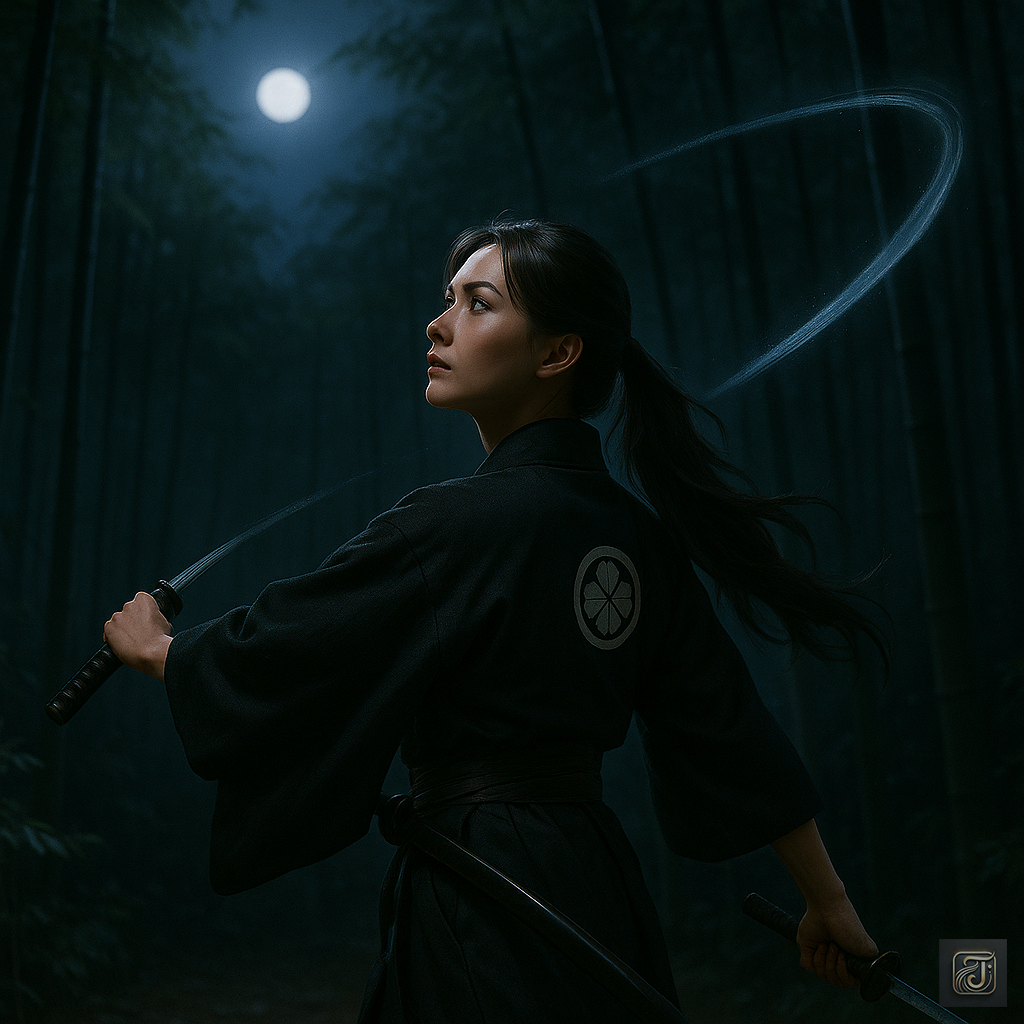
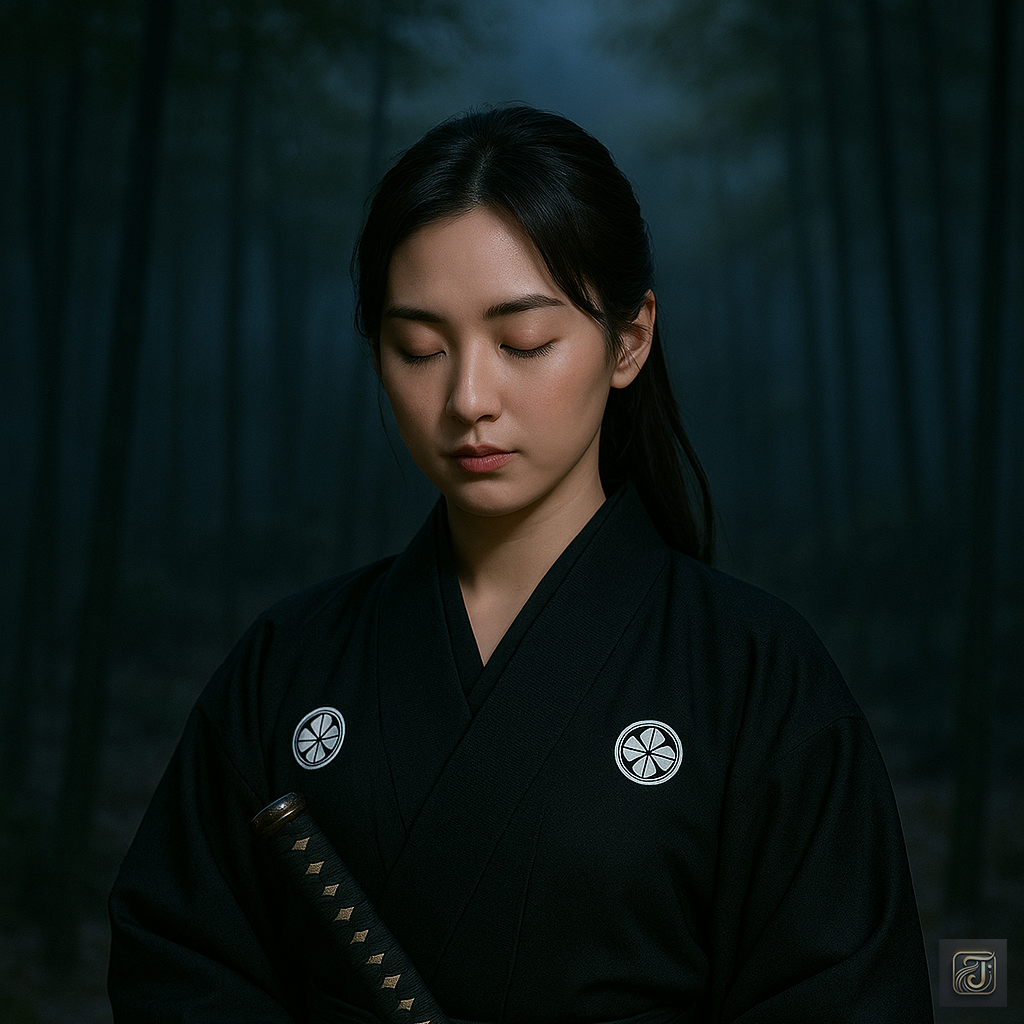
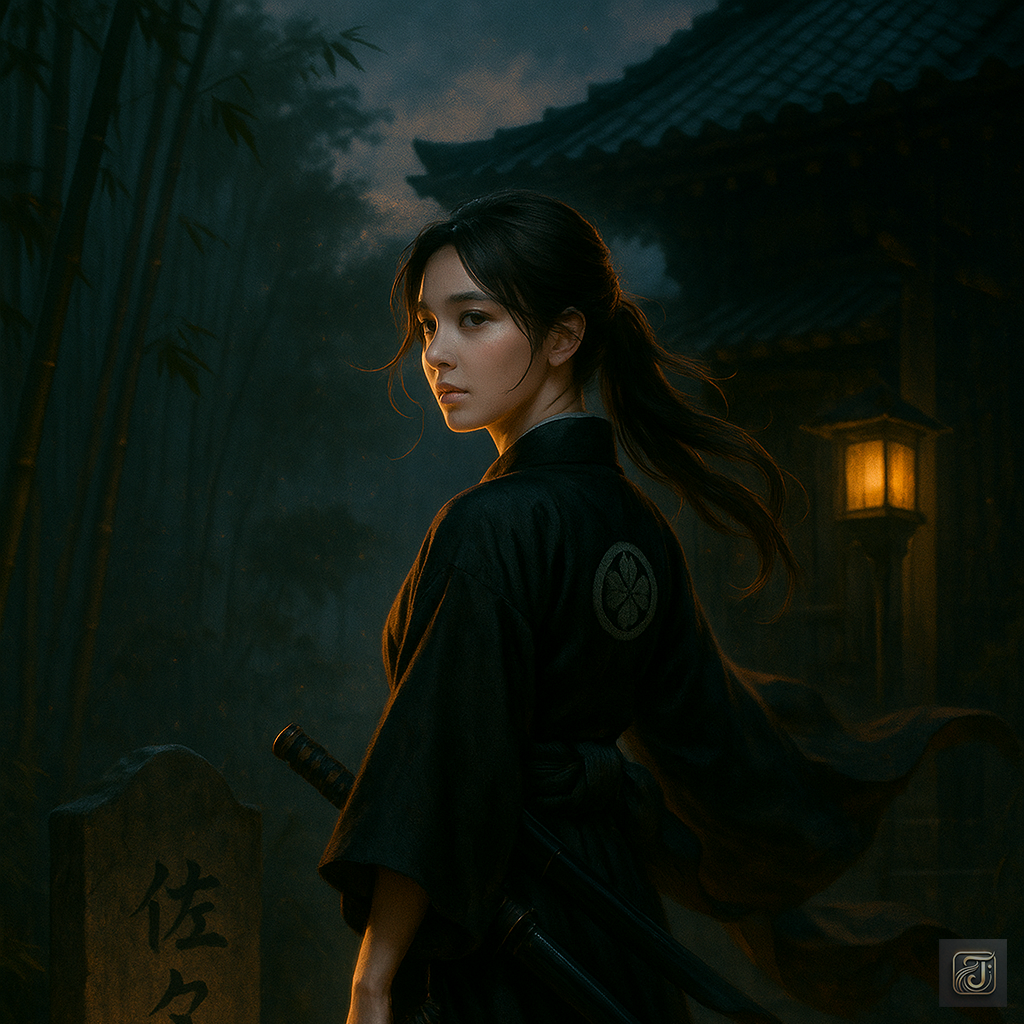
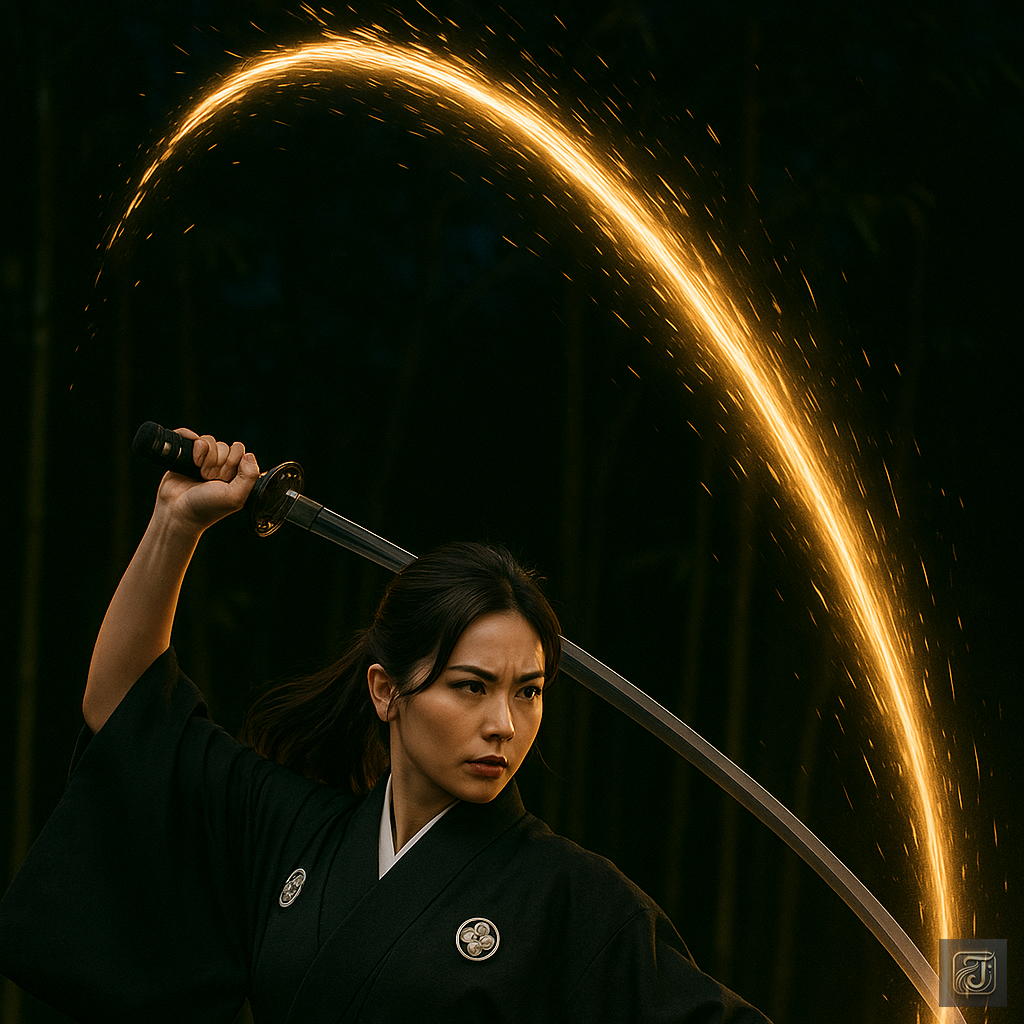




コメント